How to Choose the Best CRM for Your Business (Including Our Favourite)
Published: August 23, 2017Updated: December 20, 2024

With so many products in the market, choosing CRM software that’s right for your business and sales team can be difficult. In this post, I share our criteria for choosing a CRM that’s best for Proposify, provide a breakdown of the nine products we reviewed, and reveal which CRM we chose as our winner.
CRM (Customer Relationship Management) software is big business — As of 2016, it was a $26.5 billion-dollar industry. It’s no surprise then that hundreds of products have emerged over the years, all with their own pros and cons, making it tricky to choose the CRM that’s best for your business. If you’re going through this now, hopefully this post will offer some guidelines on how to choose a CRM.
At Proposify, the CRM we’ve been using isn’t meeting our needs. We originally chose Hubspot because we aren’t a sales-heavy startup, meaning our product is fairly self-service and doesn’t require a human touch-point from lead to close. At the same time, we knew we needed a CRM for some sales tasks, primarily a way for my co-founder, Kevin and I to share contacts with each other.
When we first hired our two-person sales team in 2016 to handle demos and lead qualification for larger tier customers, a CRM became much more important.
We did our best to make good use of Hubspot CRM. Using Zapier, we integrated it with Intercom, Aircall and ChartMogul, but ultimately we were looking something that was a better fit for our team. (I wrote a post on how to get better SaaS reporting by using Zapier to connect Hubspot with ChartMogul).
So I sat down with our sales team to get their feedback, and went on a hunt for a new CRM. Starting out, I wanted a CRM that not only made it easier to add leads, track deals, and produce better reports, but also one that I could use to keep tabs on people other than just customers, like podcast guests, influencers, journalists, and other professionals with whom I want to nurture relationships.
A few notes about selecting a CRM before we begin:
-
I haven't tried every CRM on the market; there are a lot. I chose the ones that seemed like the best fit for a small but growing SaaS business, had a reasonably strong brand, and enjoyed some degree of popularity among the sales professionals and entrepreneurs I know.
-
I left out SaaS products that include CRM functionality, but aren’t dedicated, standalone CRMs, like InfusionSoft, Podio, and Harvest. These may be awesome products, but with invoicing, e-commerce, and project management components, they’re more than what we were looking for.
-
Not all of the criteria listed below had equal weight. Some factors were more valuable to us than others, and this factored into the final score.
-
We’re still only in the trial stage of using the shortlisted CRMs mentioned in this post. No doubt we’ll learn more over the coming months as we use the product on a daily basis.
Here are the CRMs we evaluated, listed alphabetically:
Criteria for choosing CRM software
These are the twelve criteria we used to evaluate the best CRM options for Proposify:
1. User experience
In the product itself, how polished is the UI? Does it feel/flow nicely, or is it old-school, clunky and ugly? Does the sales team enjoy logging into this CRM every day, or does it hurt the eyes? Are there bugs or workflow issues that cause pain, or does it feel seamless?
2. Adding/importing contacts
How easy is it to add contact details and notes? Can leads automatically be imported from spreadsheets, web forms, and other products we use, like Intercom and Aircall?
3. Deals/pipeline
The deal/opportunity feature is an important part of a CRM so you can clearly see what’s in your pipeline, what stage everything is at, and what a deal or opportunity is worth.
4. Tasks, follow-ups, calendar
We don’t want anything slipping through the cracks, so it’s important to be reminded of next steps and the best time to follow up with someone.
5. Tagging/search
Our sales team wanted to be sure they could tag contacts and easily find them later.
6. Reporting
Reporting is an important one for me. Recurring revenue is difficult to accurately report since a deal isn’t one size. It can include monthly and recurring revenue, and the LTV (customer lifetime value) varies, so it’s hard to tell what a deal is really worth. We want reports that clarify how much is in the pipeline, how much we’re closing, and how well each sales rep is performing.
7. Integrations
Our primary tools for communicating with customers at Proposify are Intercom and Aircall, so we want to make sure that when a salesperson is having a conversation with a lead in Intercom, it’s feeding pertinent information into the CRM. Similarly, when they’re talking via Aircall, the call should be logged in the CRM.
When a lead becomes a customer, the CRM should automatically push that to ChartMogul, where we track our recurring revenue, lifetime value, churn, and other SaaS metrics. We don’t want a salesperson to have to manually log it (Chances are, no matter which CRM we go for I’ll still need to use Zapier to automate this).
8. Mobile apps
I’ve stood in line at the grocery store wishing I could quickly respond to a lead or customer, so having a dedicated iOS app is important to me (or I suppose an Android app for ‘those’ people).
9. Email
Kind of a no-brainer, but you should be able to send emails to leads through your CRM and have them delivered reliably.
Are you able to you see if the recipient opened it? This isn’t the biggest feature priority for us since Proposify already does this with proposals that get emailed. It’s still nice to have if it doesn’t mean adding any tacky links to emails or needing to switch to a specific email client.
10. Phone calls/VOIP
Some CRM’s offer phone calls natively (you call leads through the app using headphones) but an Aircall integration would be ideal since this is what our entire support team uses for incoming and outgoing customer phone calls.
11. Text/Chat
Text/chat isn’t a huge deal for us, but still, many people are swamped with email, and it’s easy to ignore a salesperson’s message in your inbox. I’ve often had better conversations with leads via Facebook messenger, text messages, Intercom chat, and Slack than via email so any alternative way to communicate scores reasonably high in my book.
12. Price/value
Finally, what does the CRM cost, and how does that cost scale over time? I don’t mind paying good money for something that offers many times the value, but we don’t want to be paying enterprise prices at our current size.
CRM Candidates
Agile
Agile CRM has a well-designed marketing website and some nice shots of the product.
I’m always a bit skeptical when I see “All-in-one” as it usually means a large, clunky piece of software with tools that are only average, instead of a specialized product with all resources dedicated to making it the best.
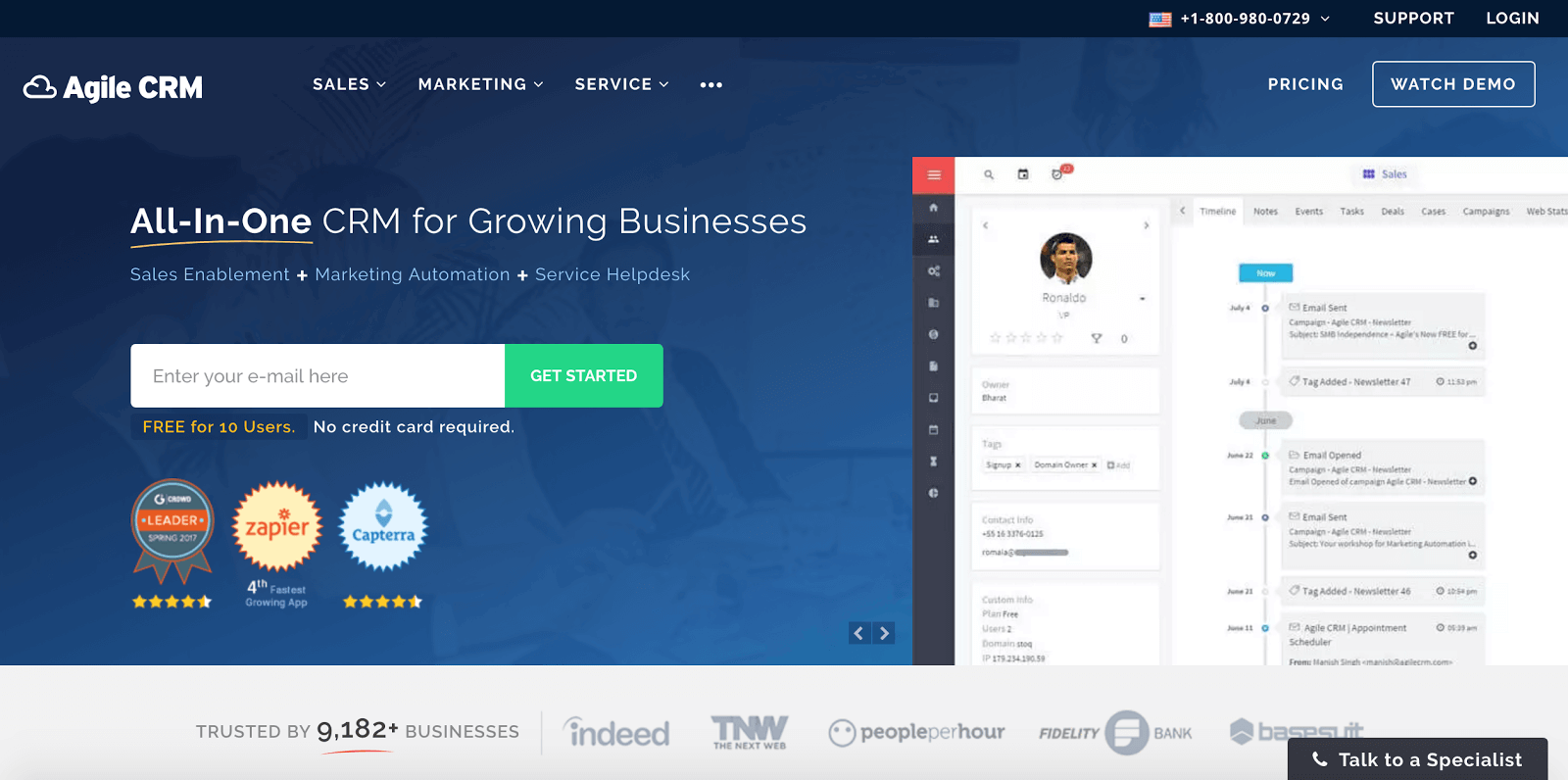
I’m also curious about whether signing up to Agile means I’ll be inundated with up-sells to their marketing automation and helpdesk software.
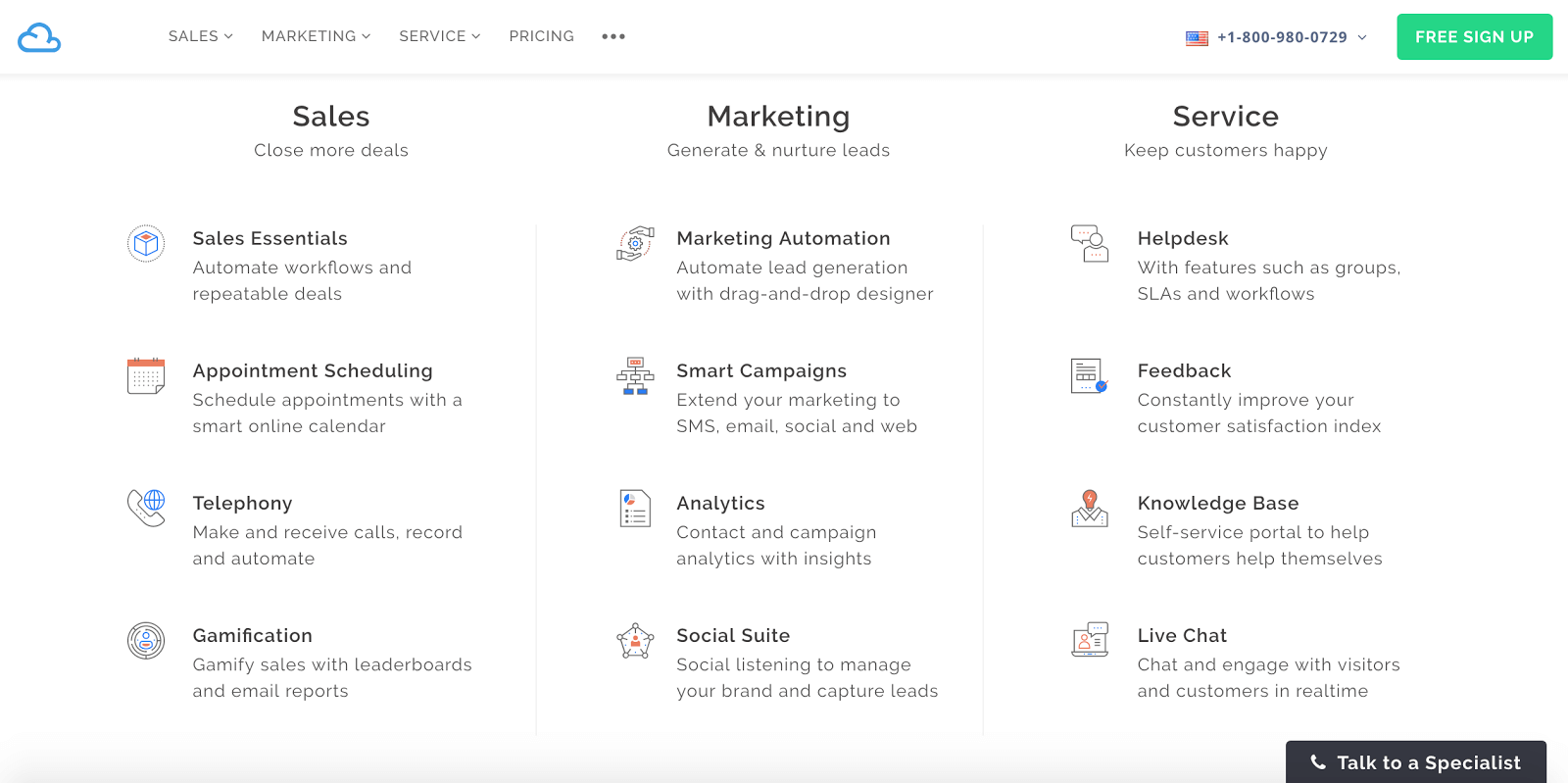
User experience
Agile’s UI is fine, but with a lot of icons in the nav bar, on the left-hand side and above, it’s a bit hard to remember where everything is without hovering to read the labels.
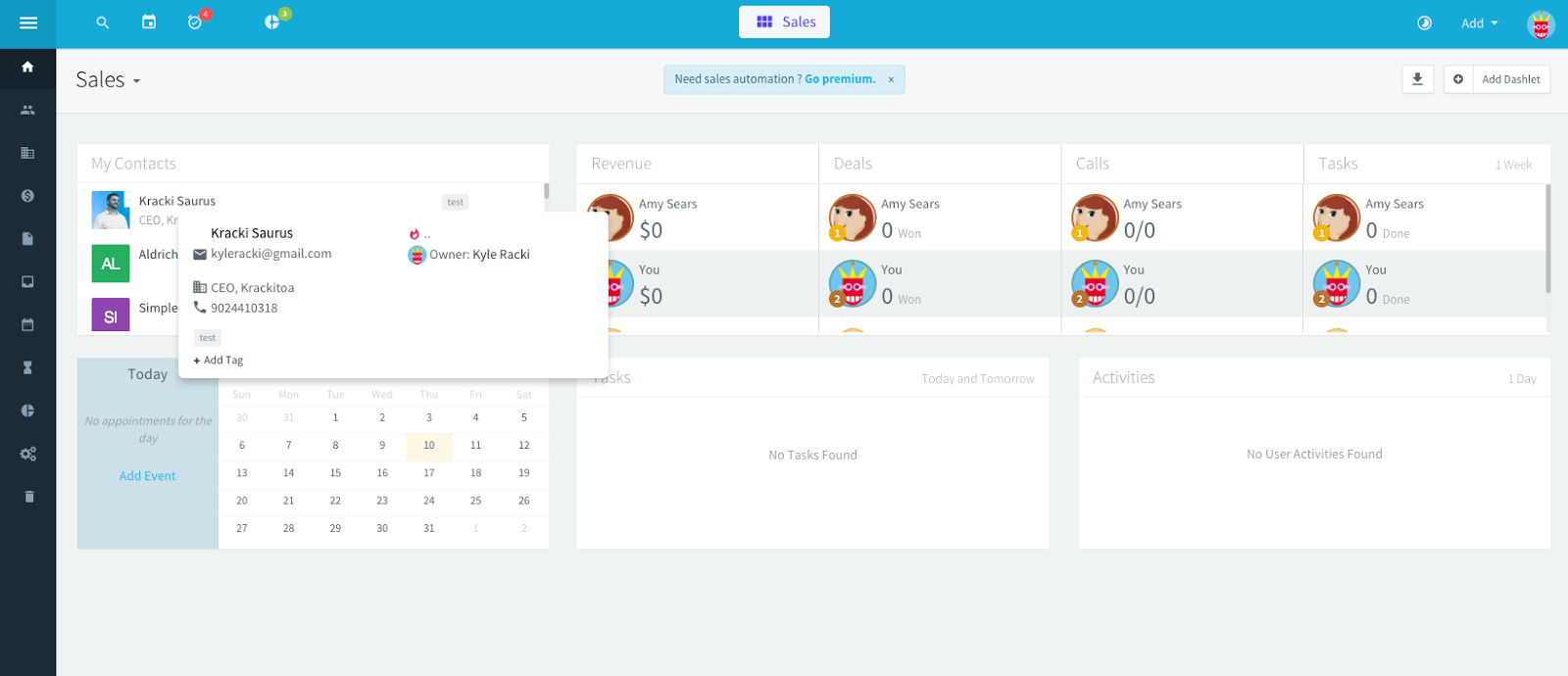
There’s a lot of polish when it comes to slick animations, like on the timeline. However, there were some bugs around importing (see below) that hurt the experience. Other times, I would click on a button that would fail silently without any errors. Just one example: When adding a company to a contact, I hit TAB to go to the next field and it wiped out the entry.
Adding/importing contacts
Importing contacts from a CSV looked relatively easy, although it would be better if it auto-detected the fields when it comes time to match them.
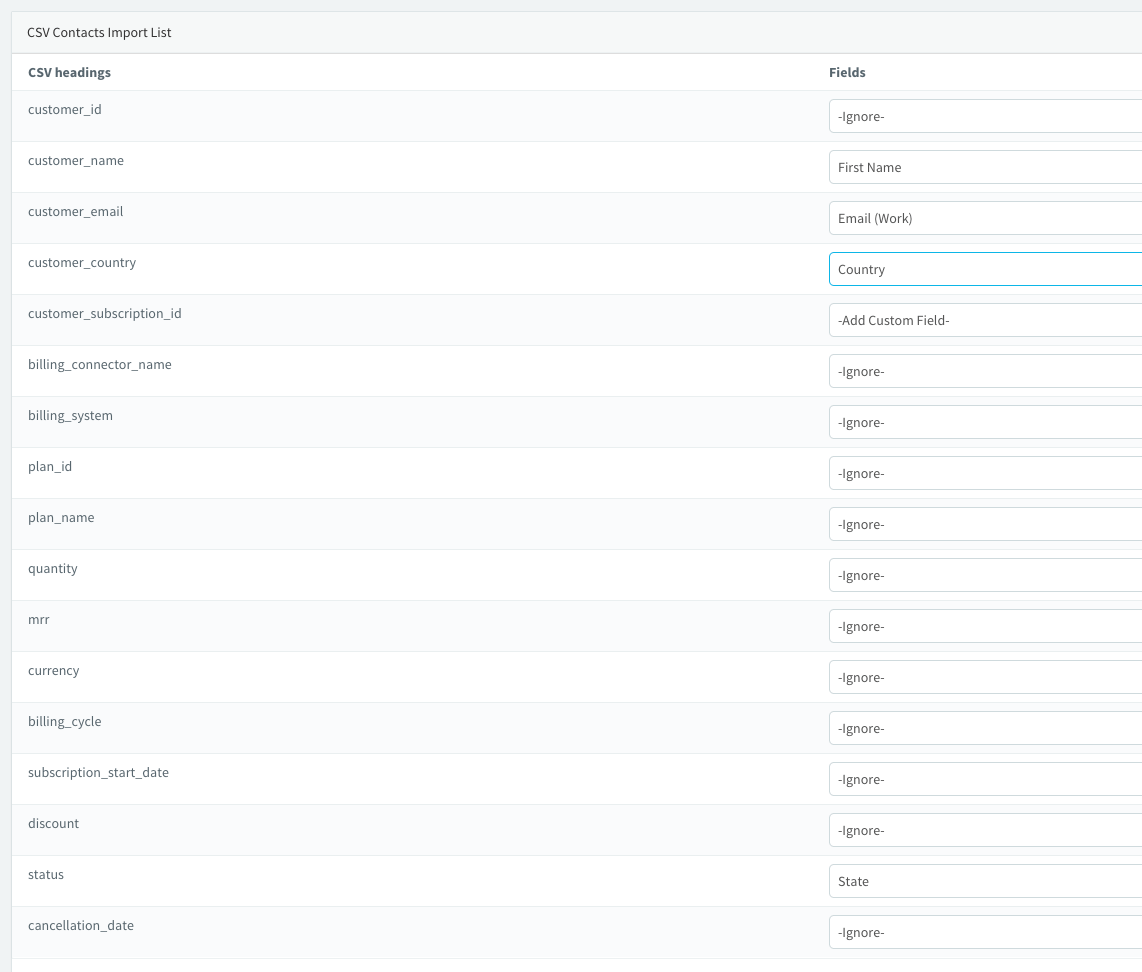
After I clicked the import button a modal told me the contacts were importing and that Agile would email me when it was done. It seemed slow to import, considering I only had 72 contacts with about three fields, and I was still waiting after about 10 minutes with no contacts to be seen. After an hour there was still no progress, so it seemed something failed silently in the background. That definitely detracted from the experience.
Deals/pipeline
The deal pipeline looks great and has nice columns where you can drag deals between stages, along with a simple list view.

Unfortunately, you can only add a fixed amount for deals, no recurring revenue.
Tasks, follow-ups, calendar
Scheduling and calendar built right in makes this very nice, along with a Google Calendar integration.
Tagging/search
The tagging and search functions are simple but robust, allowing you to filter results and even search by voice.
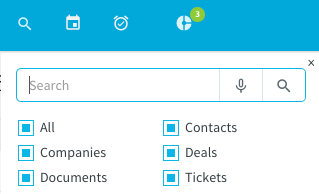
Reporting
Agile offers a lot in the way of reports. There are so many ways of reporting data that it’s grouped by deals, calls, activities, and growth.
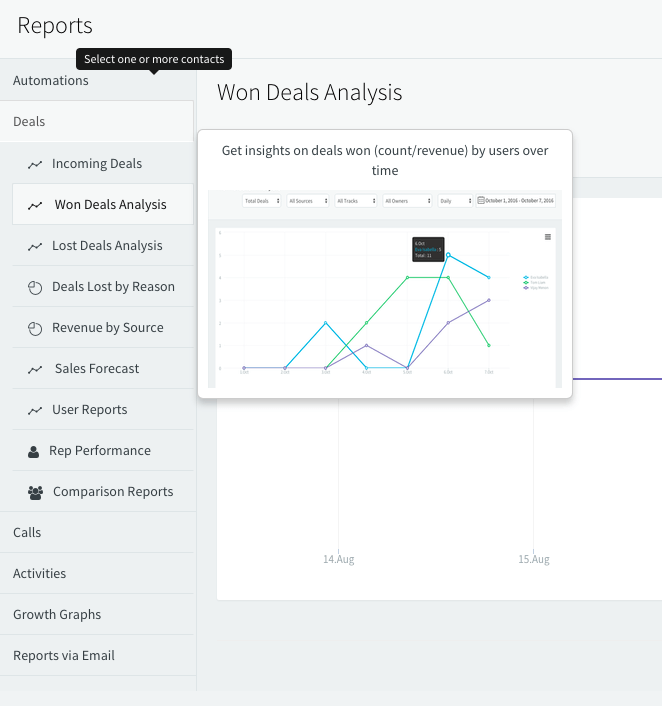
Integrations
Agile has a pretty large list of integrations, but it’s hard to find them all without digging, as they are spread all over the place.
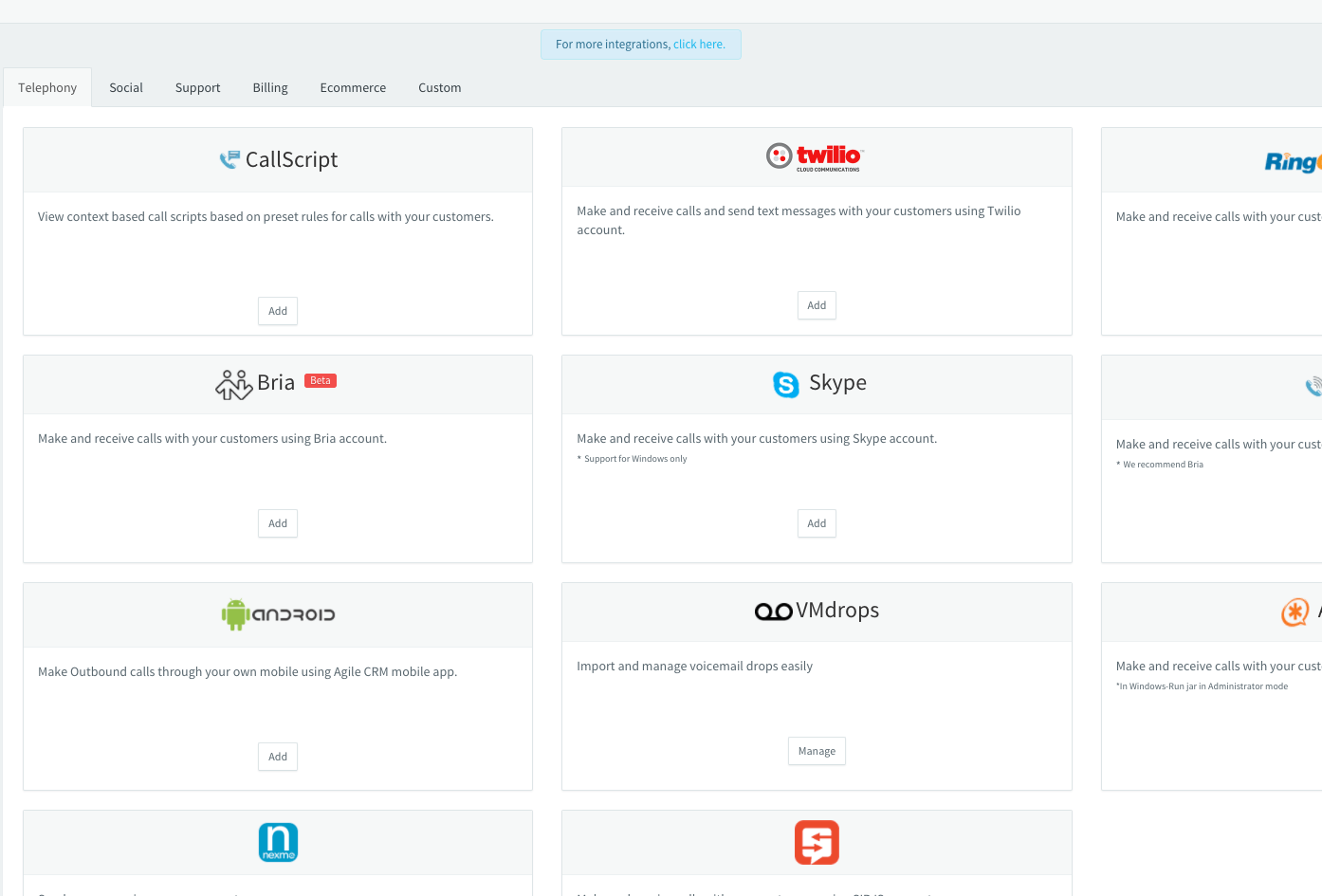
In Agile they are called “widgets”; Agile integrates with a decent number of calling, support, invoicing and social apps. This way you can call through Twilio, sync messages from Zendesk, manage invoicing/billing through Freshbooks and Stripe, and pull in social data through LinkedIn and Freshbooks just to name a few. Sadly, it doesn’t integrate with the apps we use, Aircall, Intercom, and ChartMogul.
Another thing I like is their integration with document tools, so you can add docs from Google Drive, Dropbox, Evernote, etc.

Mobile app
Agile offers Android and iOS apps.
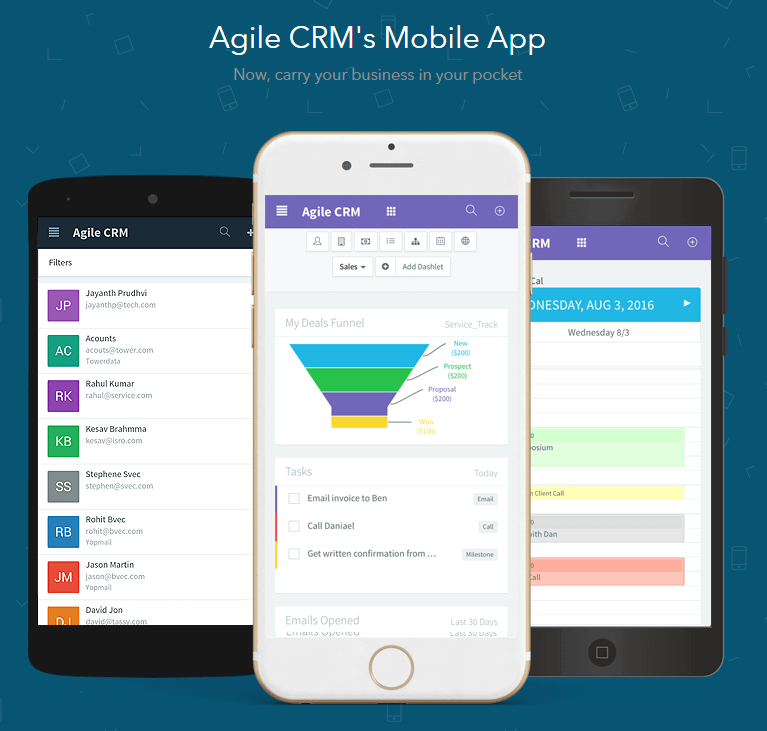
There’s an email tool built right in, and you can send from your own domain by adding your IMAP and SMTP to bring emails from an address directly within the CRM.
Phone
Agile does pretty well when it comes to calls, allowing you to add call scripts based on certain rules, and add voicemails directly through the app. To make calls directly you need to integrate with another provider like Skype or Twilio, but not with Aircall, as I mentioned earlier.
Text/chat
You may be able to text contacts using an integration but not natively.
Price/value
Their pricing is a bit odd, as the pricing tiers align with separate products. The CRM is mostly free; the next tier is a marketing tool, followed by a help desk. It seems like Agile wants you to move your entire business into their platform instead of just focusing on one core product like most other CRMs we looked at.
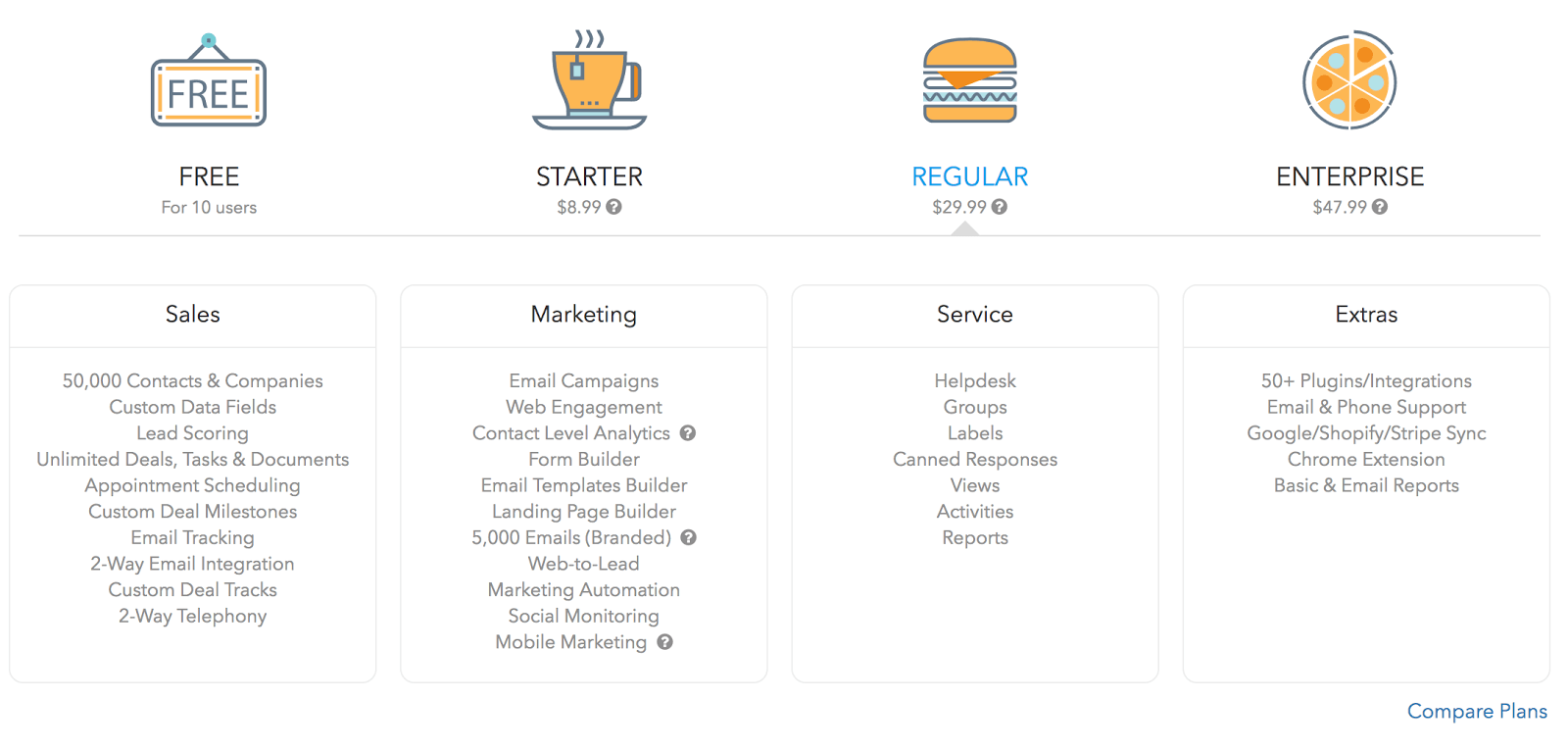
| Criteria | Score (1-5) |
|---|---|
| User experience | 1 |
| Adding/importing contacts | 2 |
| Deals/pipeline | 4 |
| Tasks, follow-ups, calendar | 5 |
| Tagging/search | 5 |
| Reporting | 5 |
| Integrations | 5 |
| Mobile apps | 5 |
| 5 | |
| Phone | 4 |
| Text/Chat | 0 |
| Price/value | 5 |
Final score: 40/60
Bottom line:
Agile’s timeline and deal views are very slick. The overall UI and animations look great. It’s also nice that a call scheduler like Calendly is built right in. However, the bugs in the UI made it frustrating at times, and the lack of recurring revenue reporting make it unlikely we would upgrade.
Capsule
The marketing site is clean and simple. It outlines its features clearly, and shows off just enough of the product UI to allow the user to get a sense of how it feels.
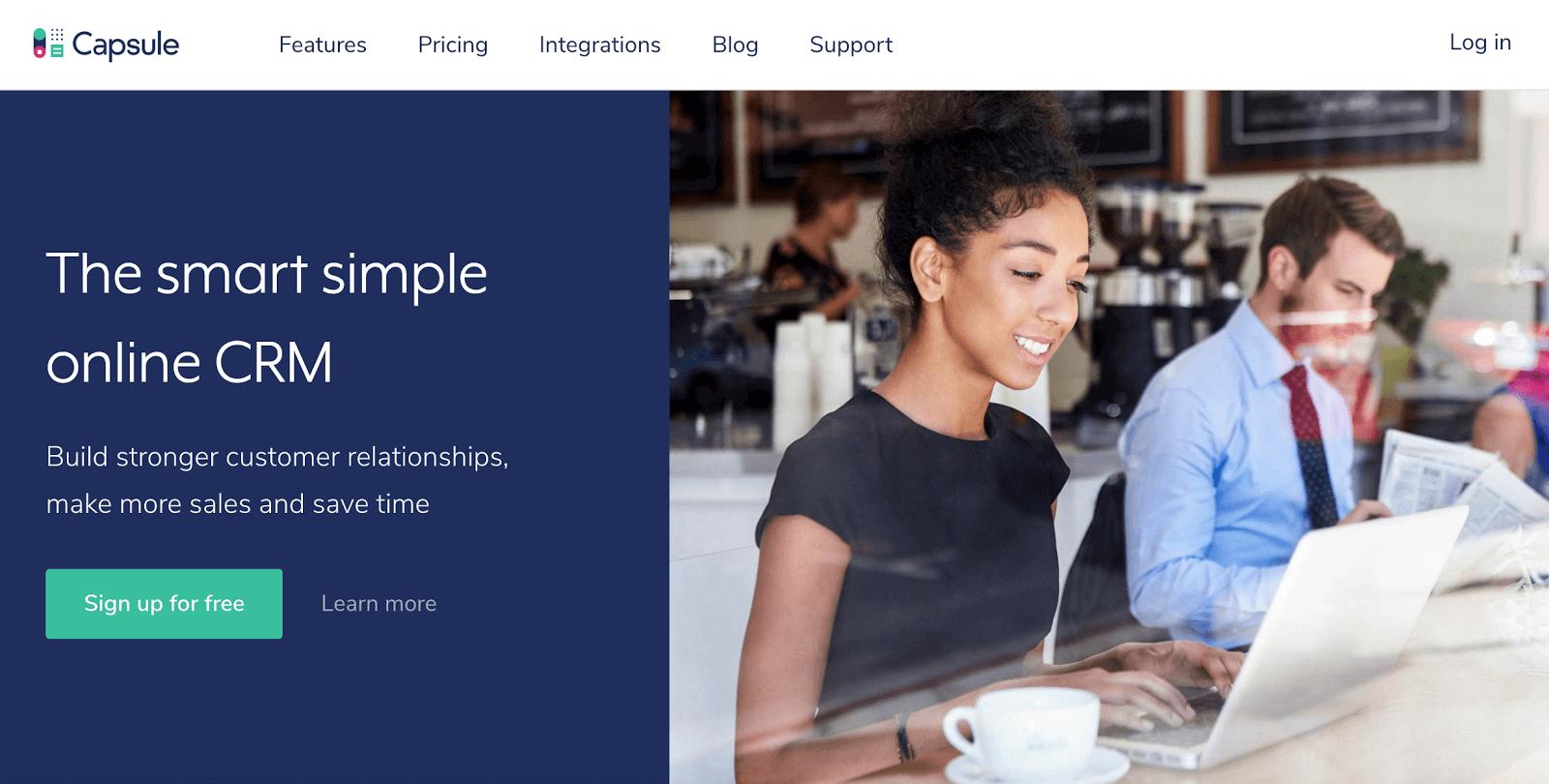
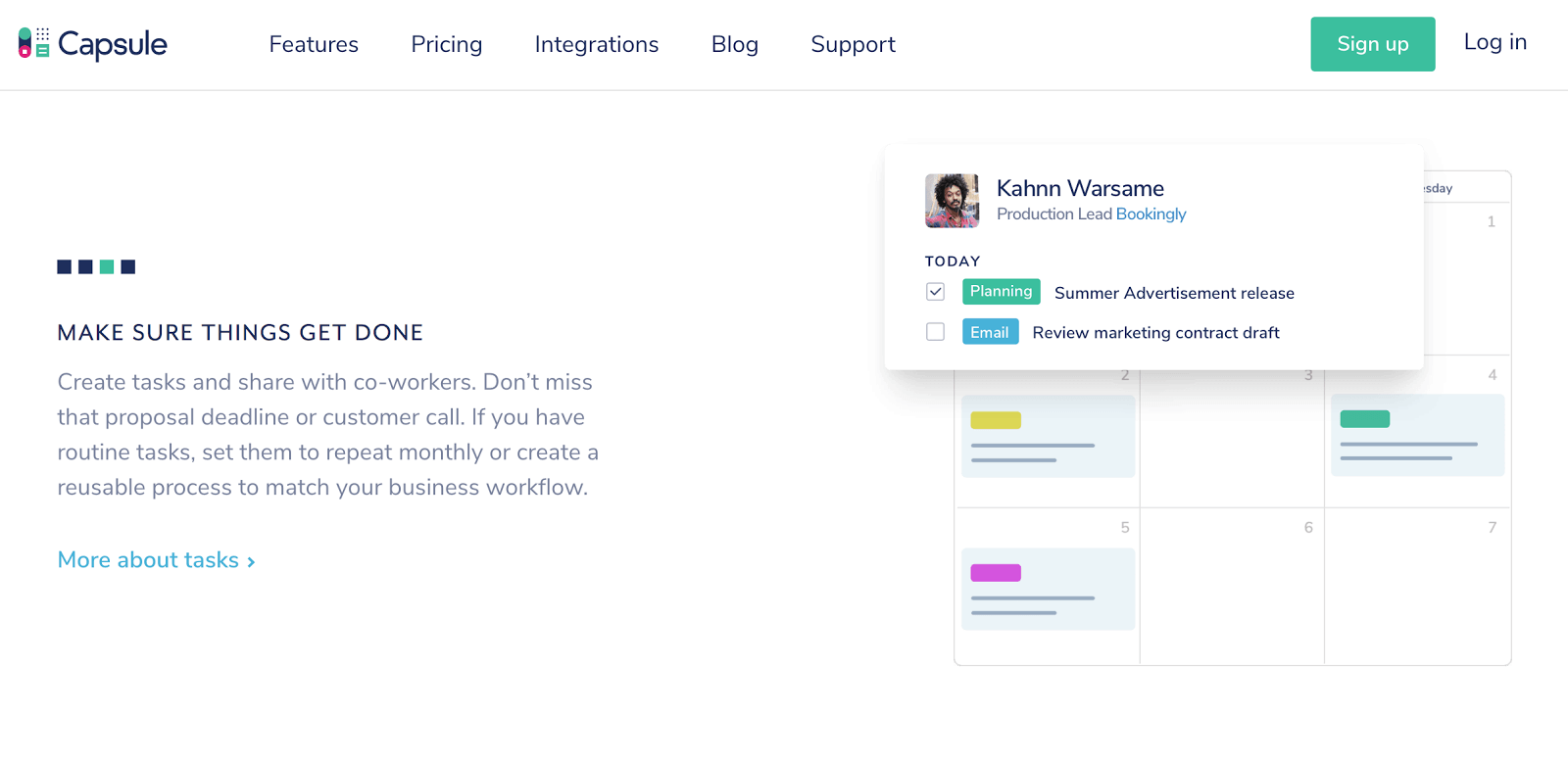
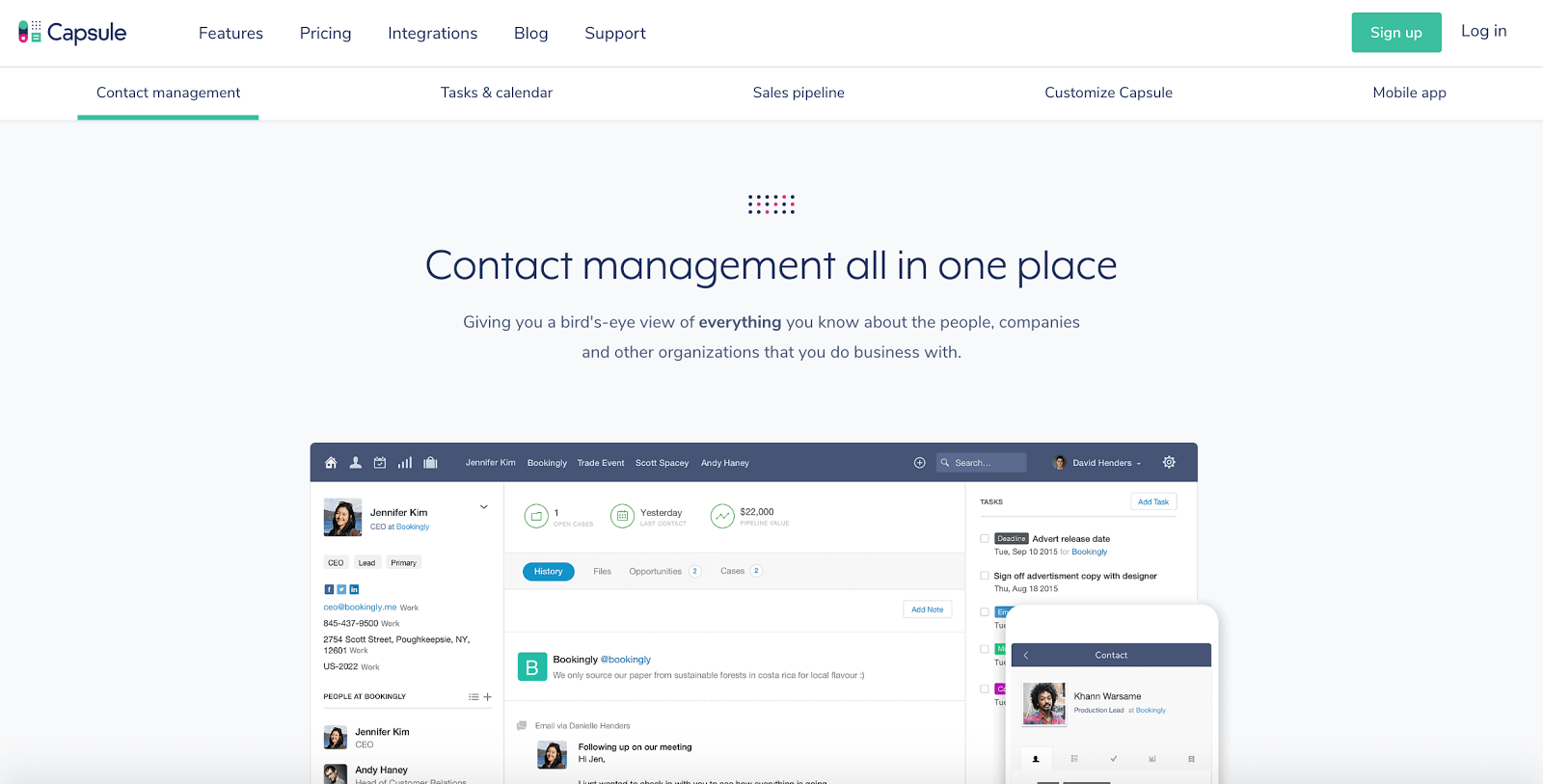
User experience
The UI is clean almost to the point of sterility, using Bootstrap so it feels very familiar.
However, there are some usability issues throughout, like entering tags in one place uses auto search, but in other places it doesn’t and requires comma separation.
Onboarding was unnecessarily clunky, forcing you to get email verified before signing up, making you enter your user/password next, and then dumping you into an empty UI with just a long list of things to do instead of walking you through the process.
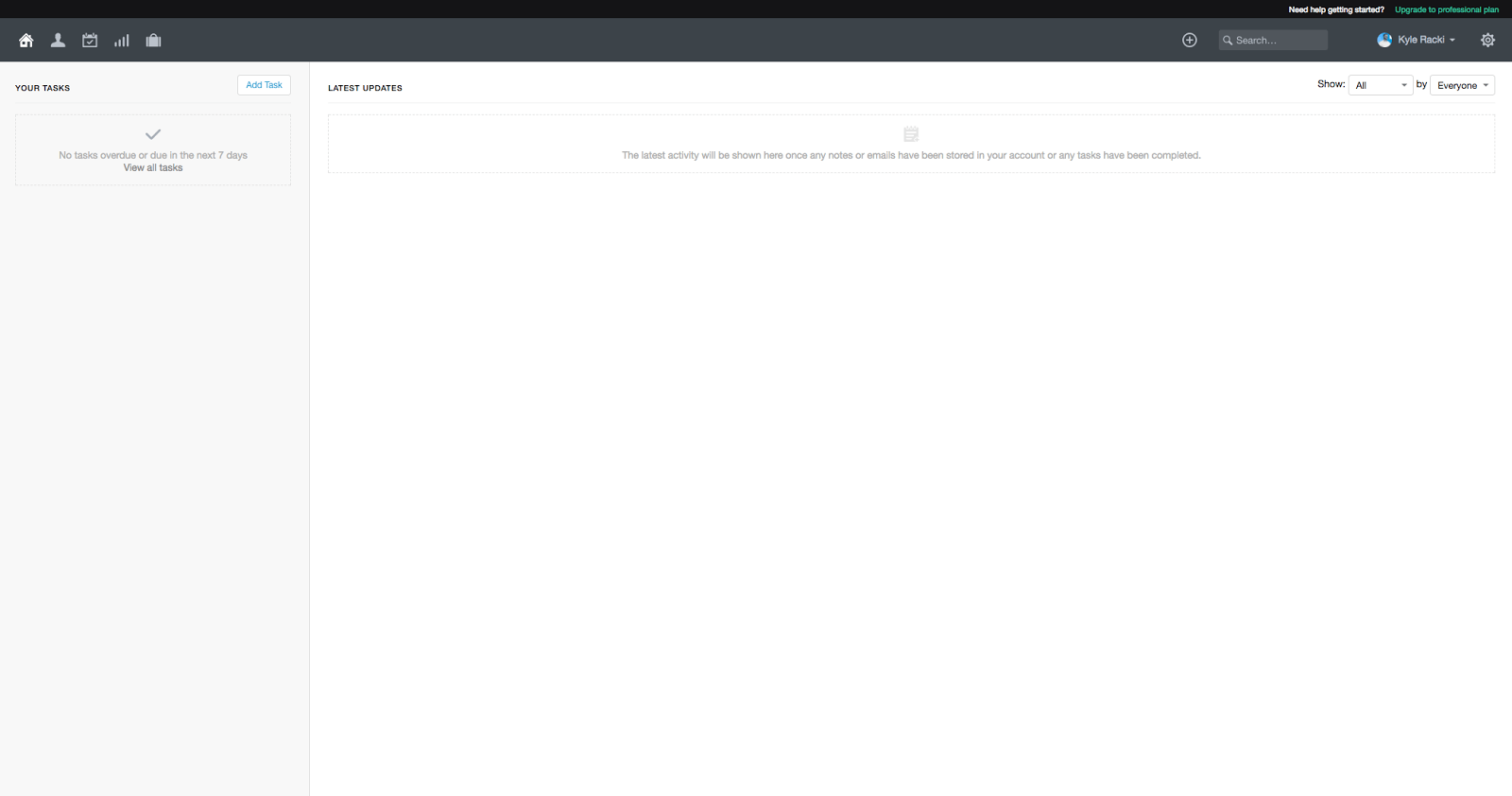
Still, the Capsule interface is overall easy to use and understand.
Adding/importing contacts
Importing contacts was reasonably easy, but had a few annoying things like needing to select “ignore” on every field. It also doesn’t seem to auto pull any company data.
Deals/pipeline
The deals work pretty well and allow you to add recurring revenue, although it makes you specify an amount per month.
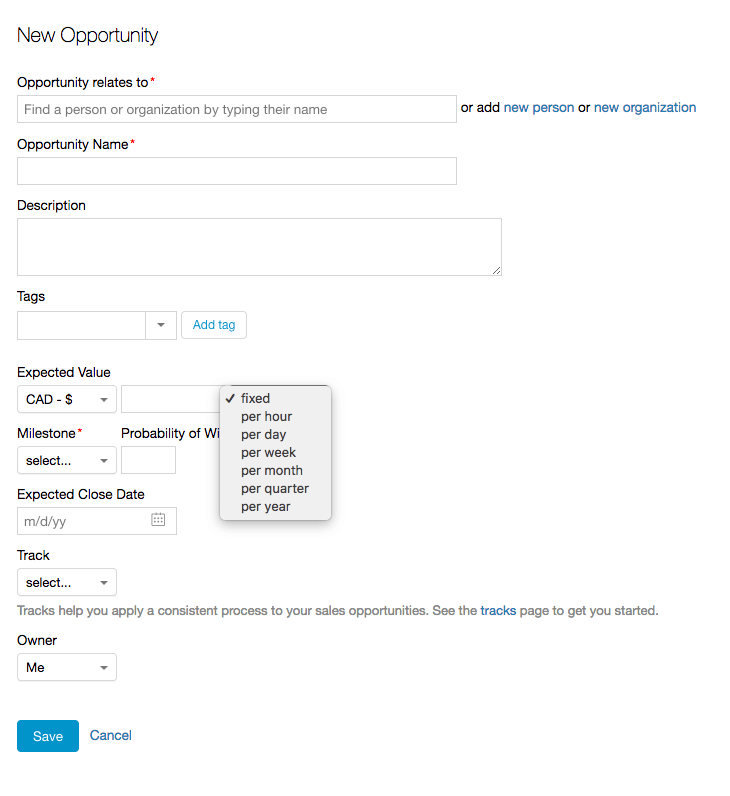
You can view the pipeline in a list or as a dashboard, but there is no columned set of stages you can drag deals to and from.
Tasks, follow-ups
When adding a task if you choose the wrong contact and then want to change it to another, you can’t do it without clicking cancel and then adding the task again.
There’s a calendar feed to add to an app like Google Cal, Apple Cal, etc. and there’s a calendar built into the UI.
Tracks are interesting, allowing you to create a sequence of tracks for opportunities so that you can easily standardize your process.
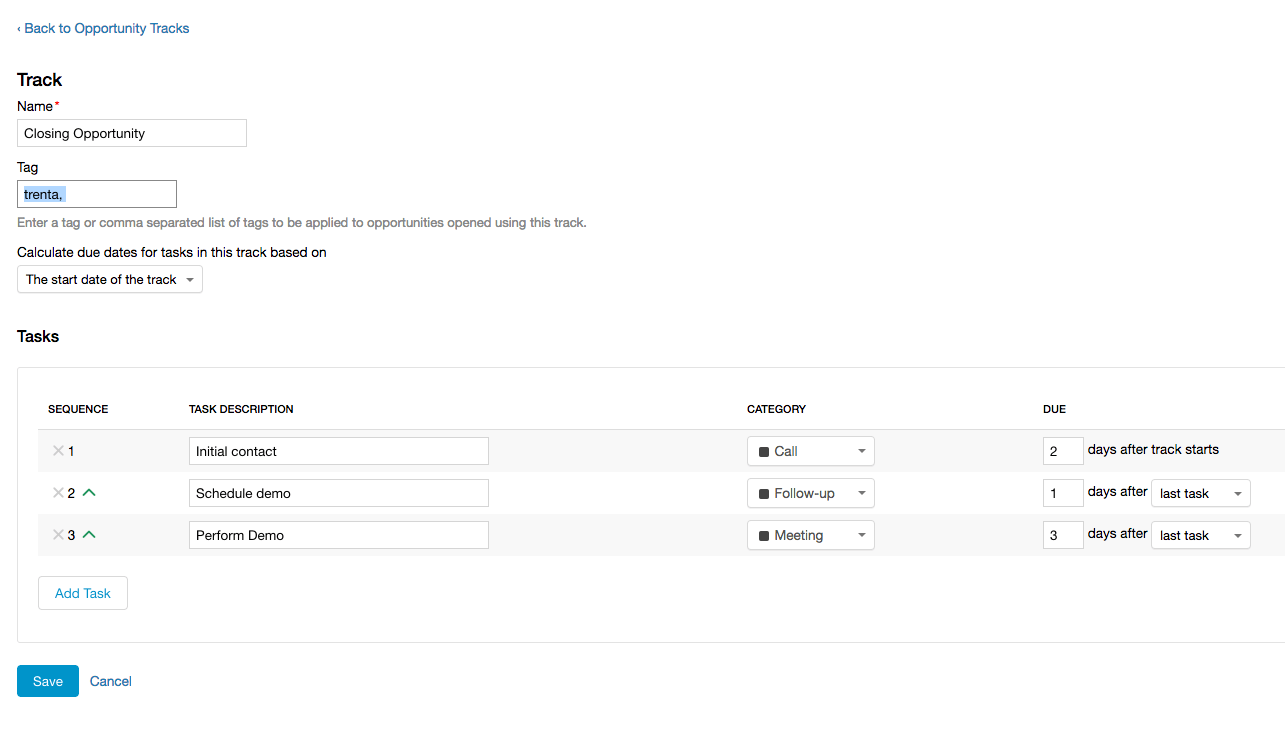
Tagging/search
You can add tags but can’t search by tag. The data tags are kind of confusing as opposed to just adding a field.
Reporting
Pipeline reporting is good, but there’s not much else.
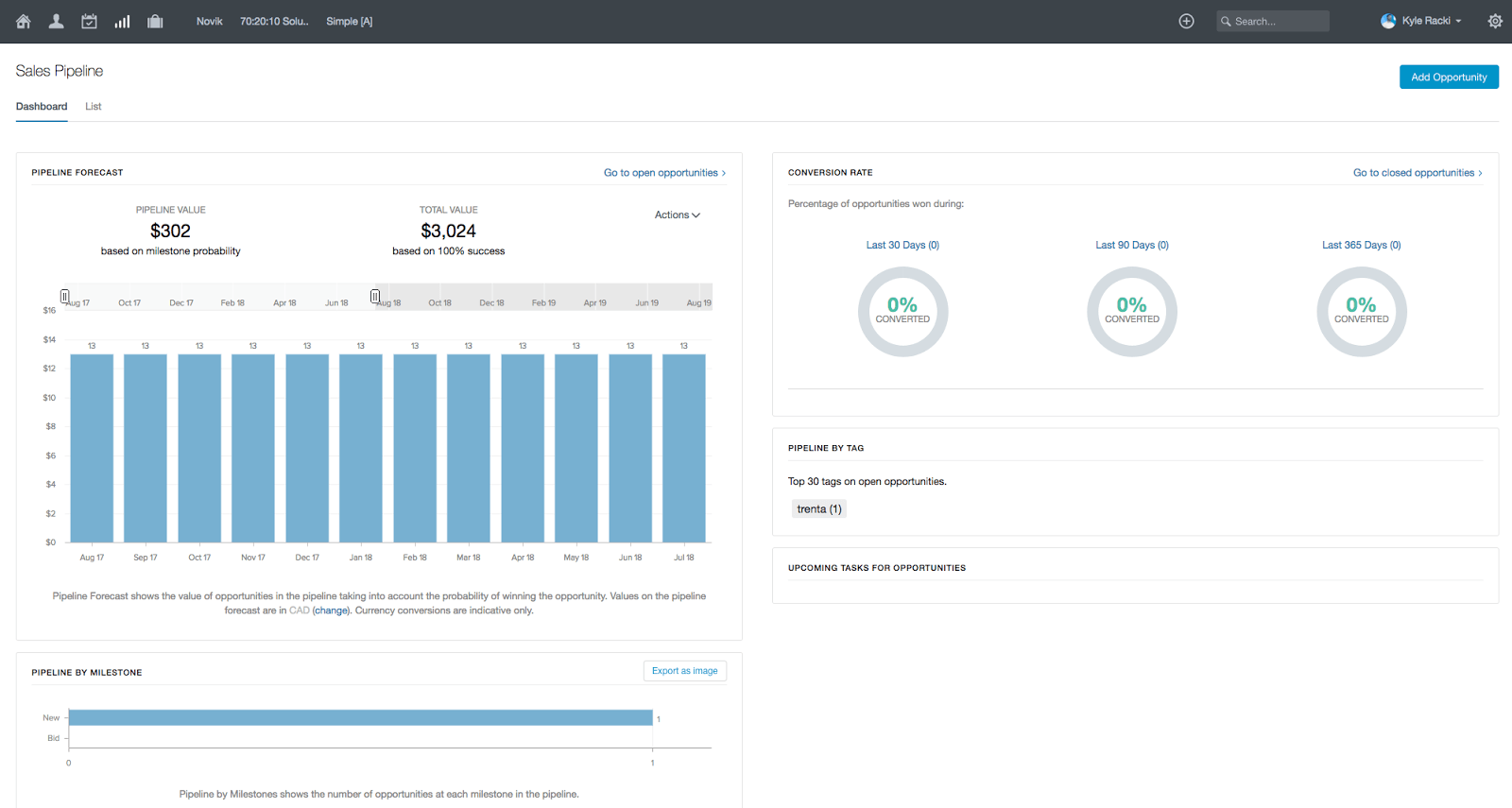
Integrations
Pretty big list of integrations, although none that work directly with Intercom or ChartMogul. On the plus side it does use Zapier.
Mobile apps
iOS and Android mobile apps.
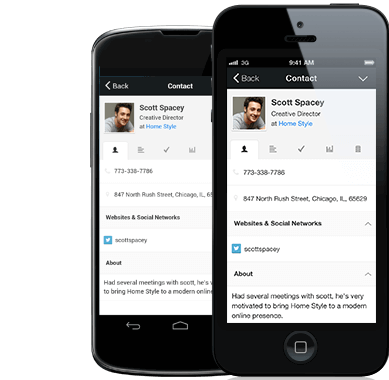
There’s no ability to email directly from within Capsule, instead you need to use your own email client.
Capsule uses “Mail Drop Box” (not to be confused with Dropbox the company/app), so you can add a BCC address to automatically add emails to and from contacts. You can even add to-dos via email by changing the address to “todo@”.
Phone call logging
There’s no phone call logging or built in calling, but you can choose a provider like Skype so you can click to call phone numbers.
SMS/Text
No functionality.
Price/value
Capsule is very affordable. It starts out free and then begins at only $12/user/month.
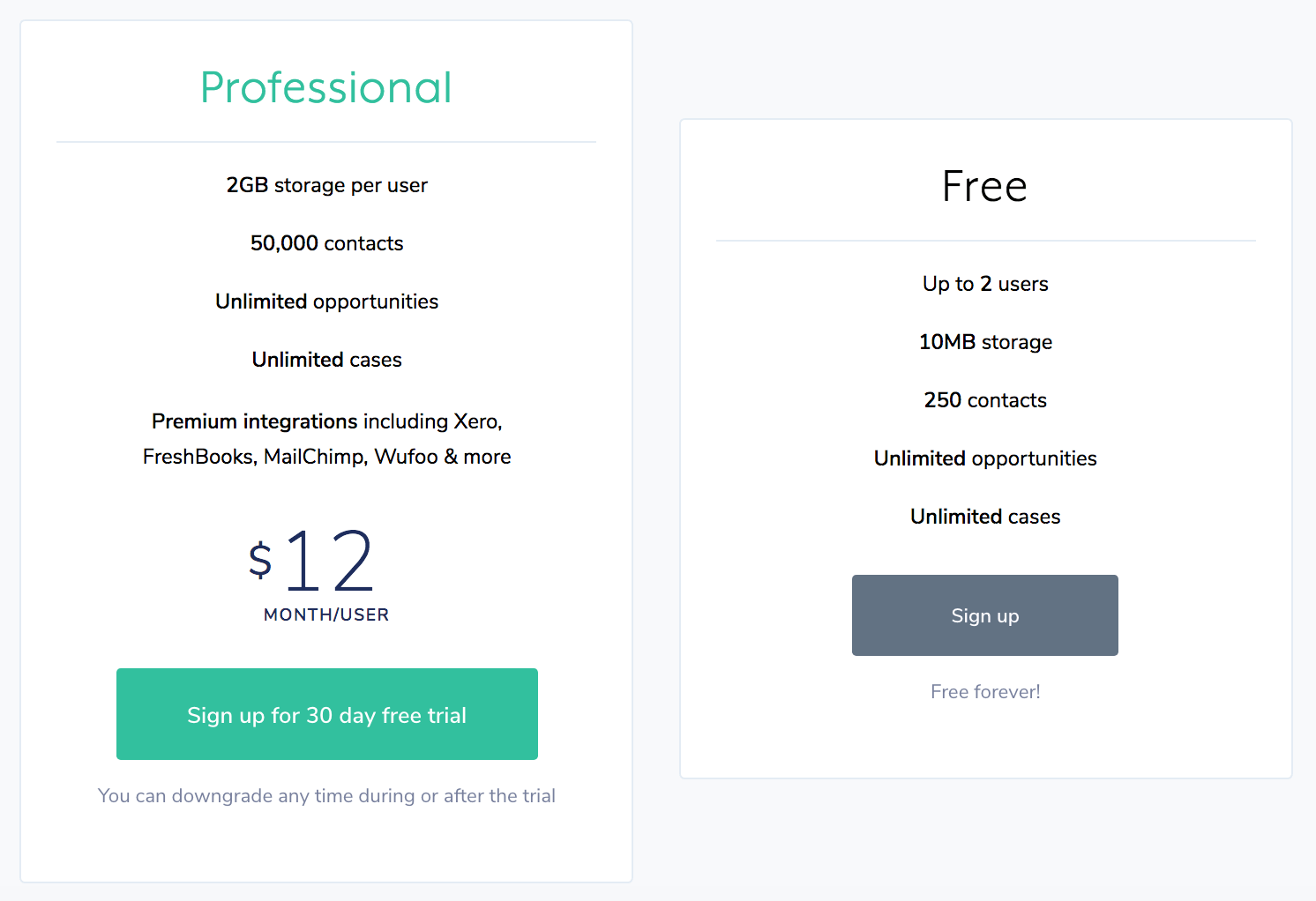
| Criteria | Score (1-5) |
|---|---|
| User experience | 3 |
| Adding/importing contacts | 4 |
| Deals/pipeline | 3 |
| Tasks, follow-ups, calendar | 5 |
| Tagging/search | 4 |
| Reporting | 3 |
| Integrations | 4 |
| Mobile apps | 5 |
| 3 | |
| Phone/VoIP | 1 |
| Text/Chat | 0 |
| Price/value | 5 |
Final score: 40/60
Bottom line:
Capsule has very useful and unique features, such as tracks, but it lacks when it comes to pipeline, reporting, and UX issues. It’s a good, but not great choice for us.
Close.io
I’m a big fan of the founder of Close.io, Steli Efti, who produces a lot of great content for startups, including The Startup Chat with Hiten Shah, so I wanted to be sure to include Close.io on this list.
Close.io’s marketing website is a lot like the product itself, nice enough to look at but very pragmatic.
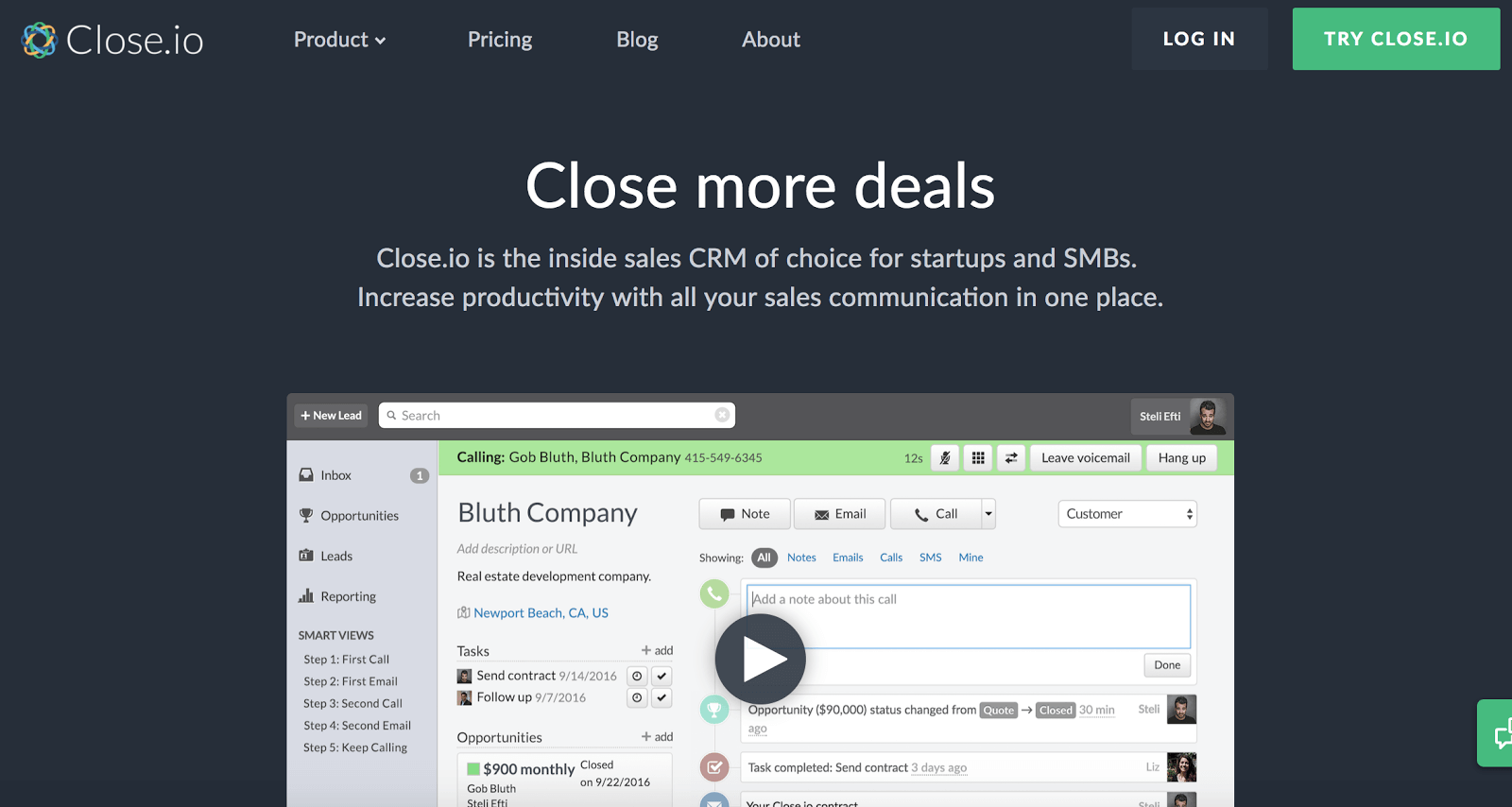
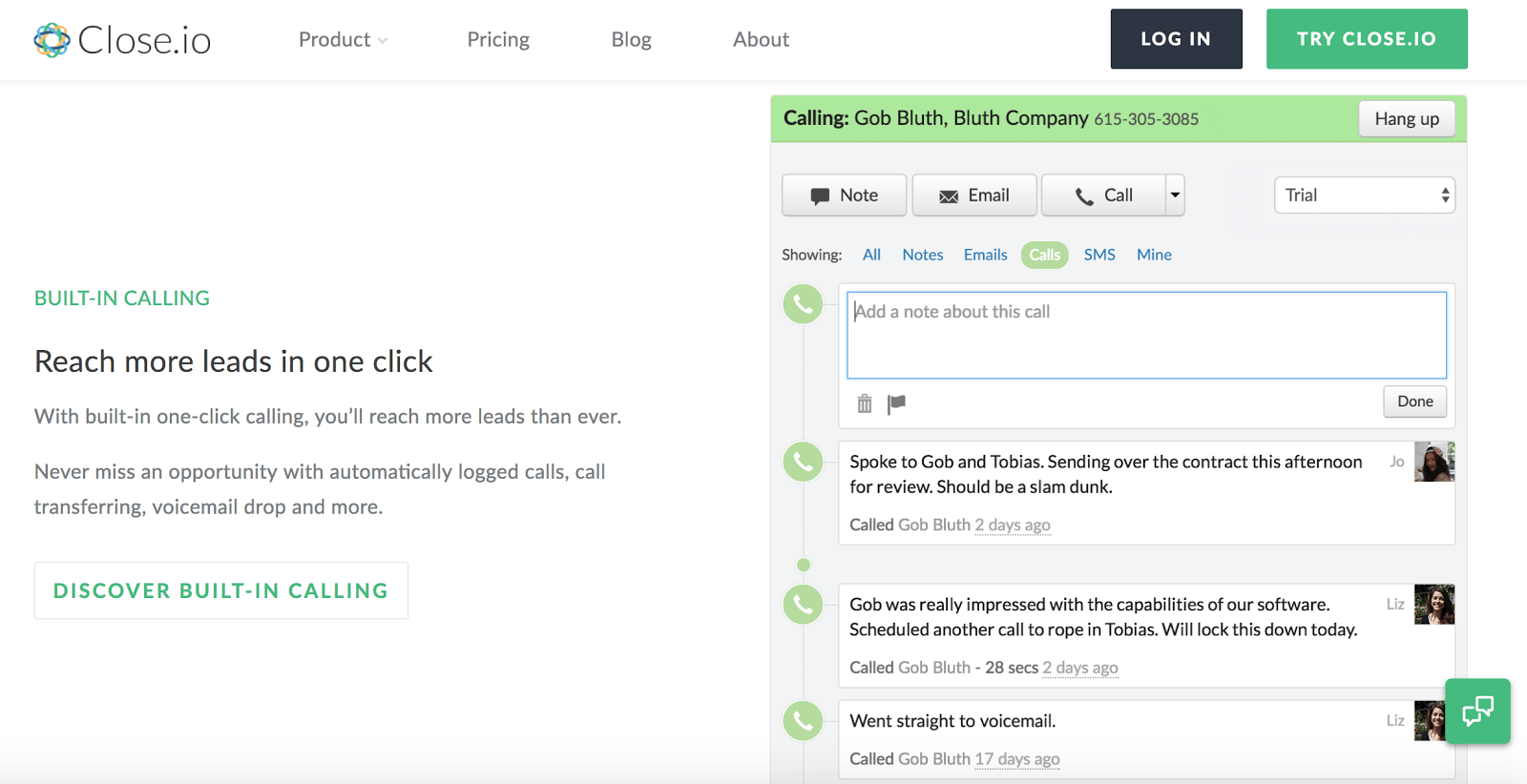
User experience
The Close.io interface is clean, minimal, and intuitive. It’s not the flashiest or most exciting design, but it’s fast and practical.
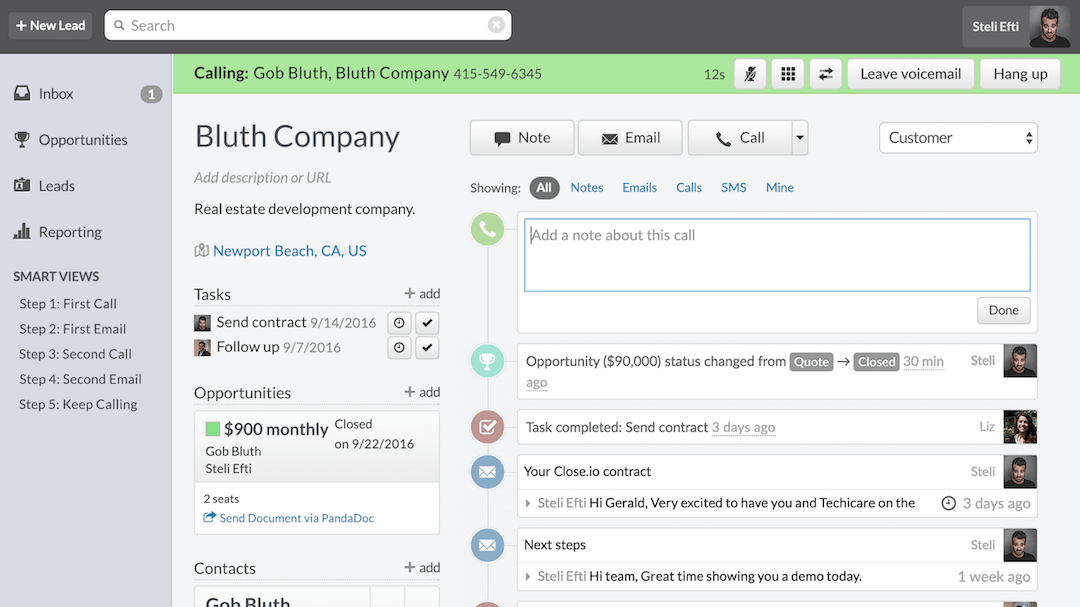
Adding/importing contacts
Importing leads into Close.io from a spreadsheet was quick and painless. After hitting import, it showed me the progress of my import, and it only took a few seconds to add my 72 contacts.
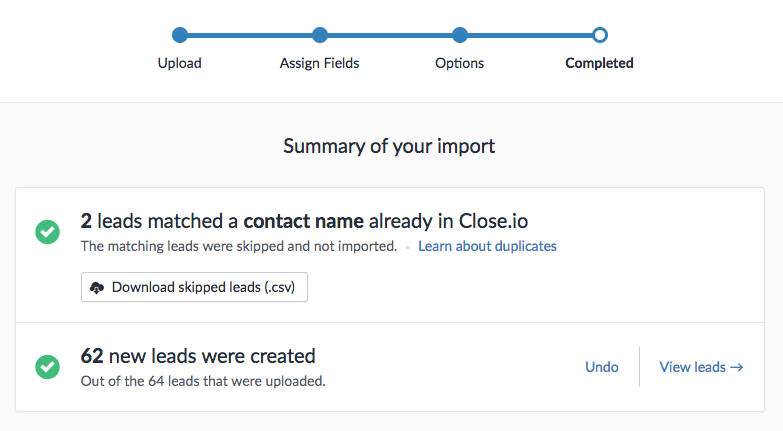
Deals/pipeline
I really like the way Close.io displays opportunities. It works well for a SaaS company that deals in monthly and annual billing. Having a confidence gauge is also a nice touch as it helps to see what percentage of your pipeline is likely to close.
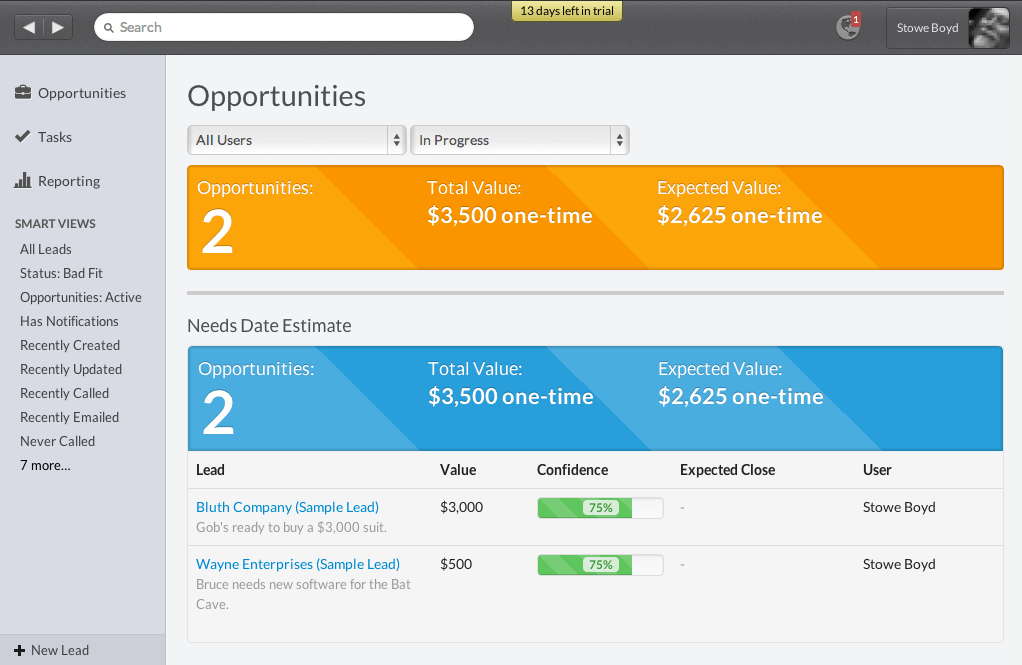
Tasks, follow-ups
The tasks and follow-up functions work well and integrate with Google Calendar.

Tagging/search
There are lead and opportunity statuses in Close.io but no tagging. However, their powerful search function makes it easy to search for your leads.

Reporting
I’m very impressed with the reporting in Close.io as it seems made for SaaS companies. You can track activities like calls made, emails sent, opportunities created, and status changed, plus you're able to filter it by sales agent.
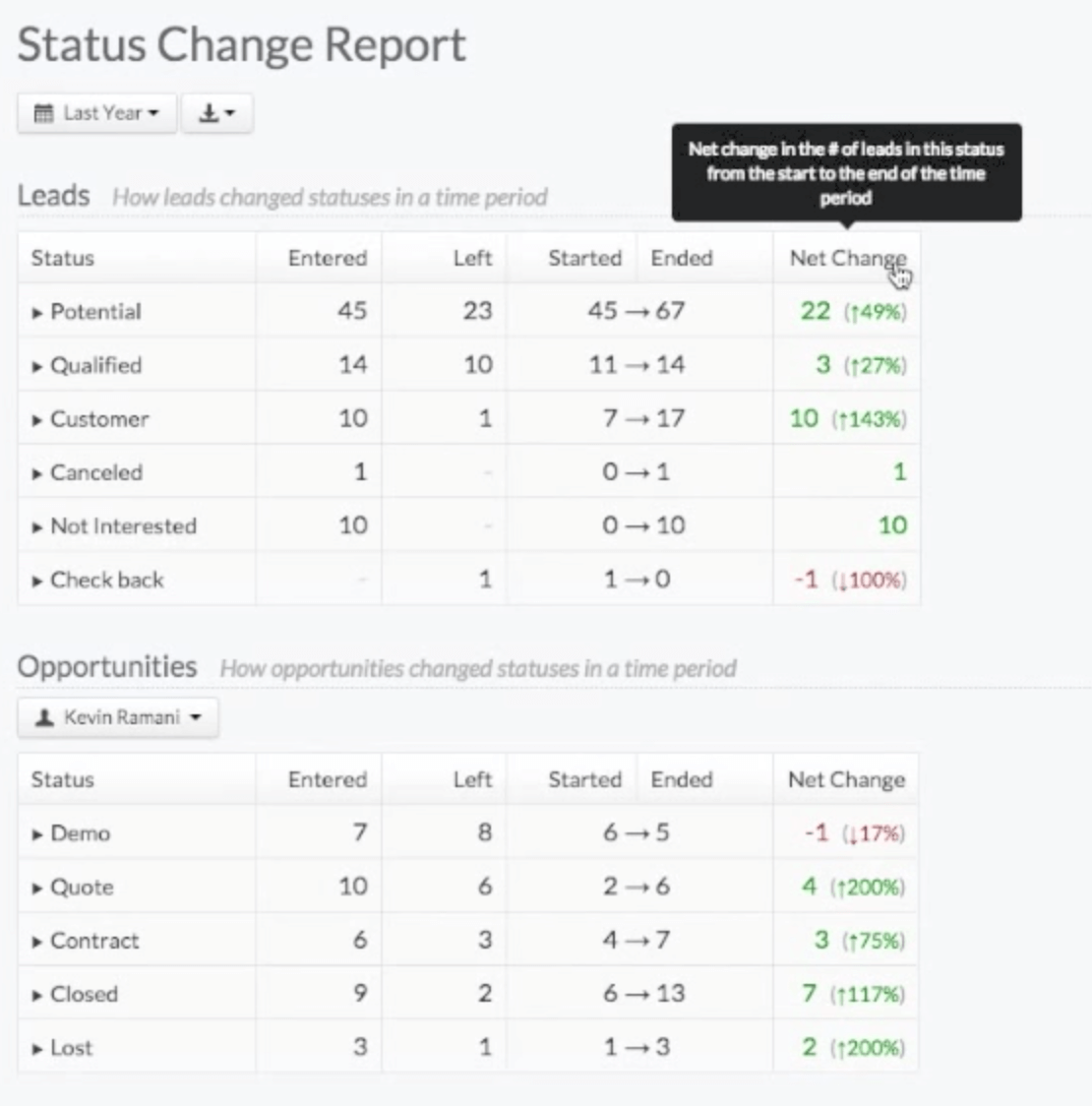
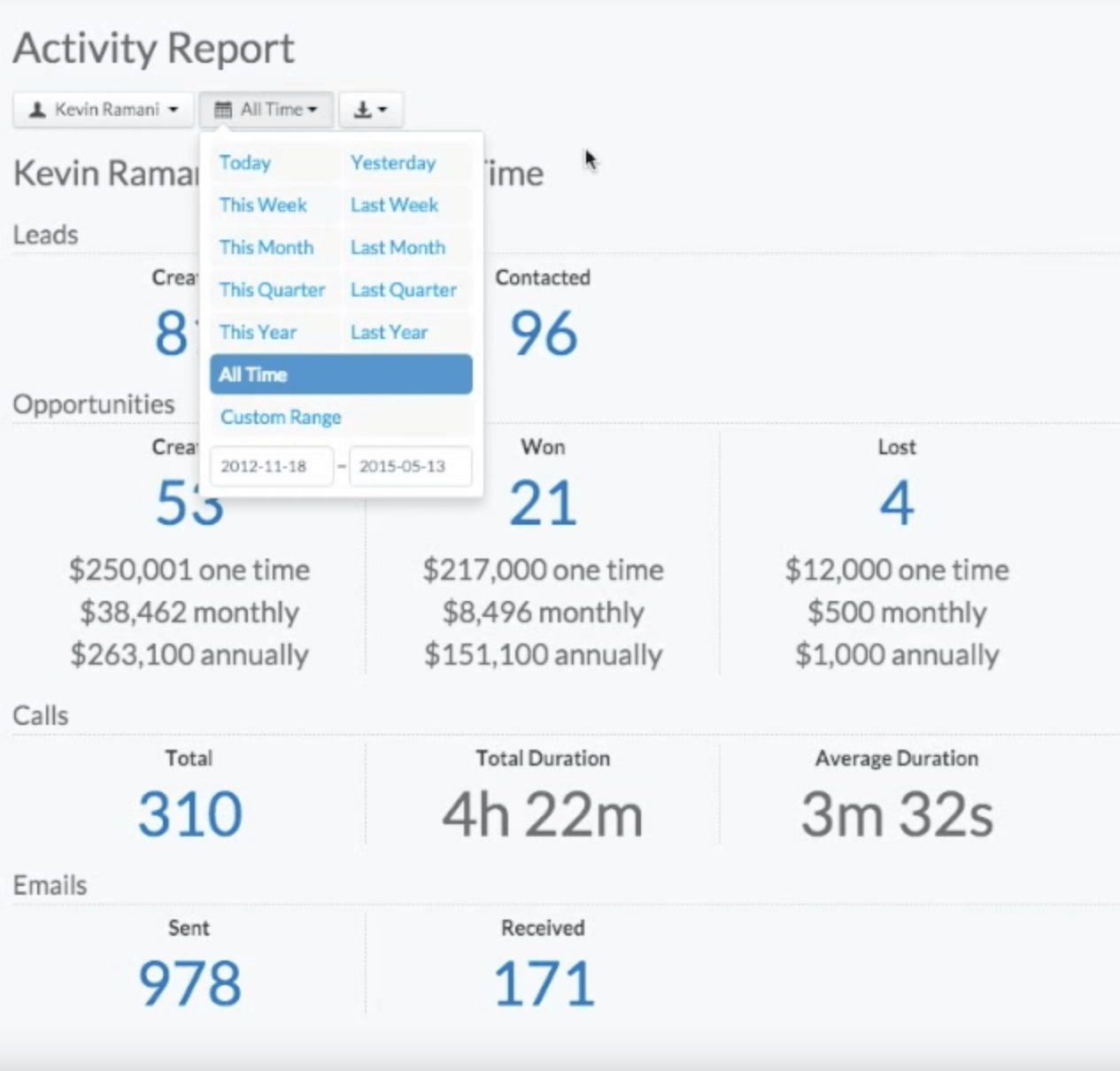
Integrations
It appears that integrations are one of the weaker points of Close.io. Their integration list is small, mostly relying on Zapier and third-parties. I would have loved an integration with Intercom and Aircall.
Mobile apps
Close.io has no mobile apps at all. Bummer.
Close.io offers a lot of email options, allowing you to send email from within, forward emails into the CRM, and two-way integration.
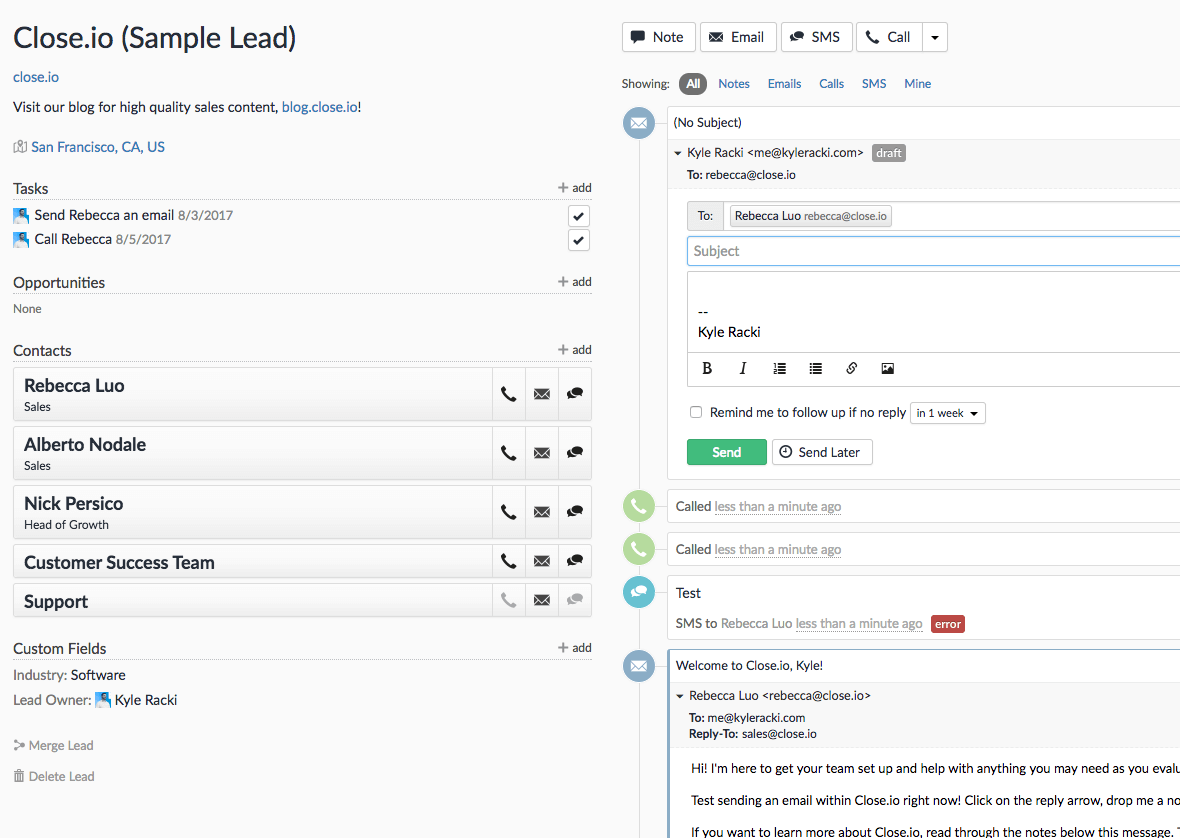
Phone calls
One of Close.io’s strongest selling points is the ability to make and log calls directly within the CRM. You have to use their desktop app to do so, and it doesn’t appear to integrate with Aircall.
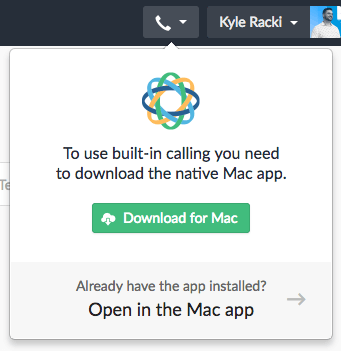
SMS/Text
You have the ability to text people from within Close.io if you have their cell number, which worked well.
Price/value
Close.io is not a cheap CRM by any means. Their smallest package is $65/user/month, and their largest is $165/user/month, so for me, my co-founder, and two sales reps it would be in the $400/month range. Still, Close.io is a very solid CRM focused on inside sales teams at SaaS startups — exactly what we are.
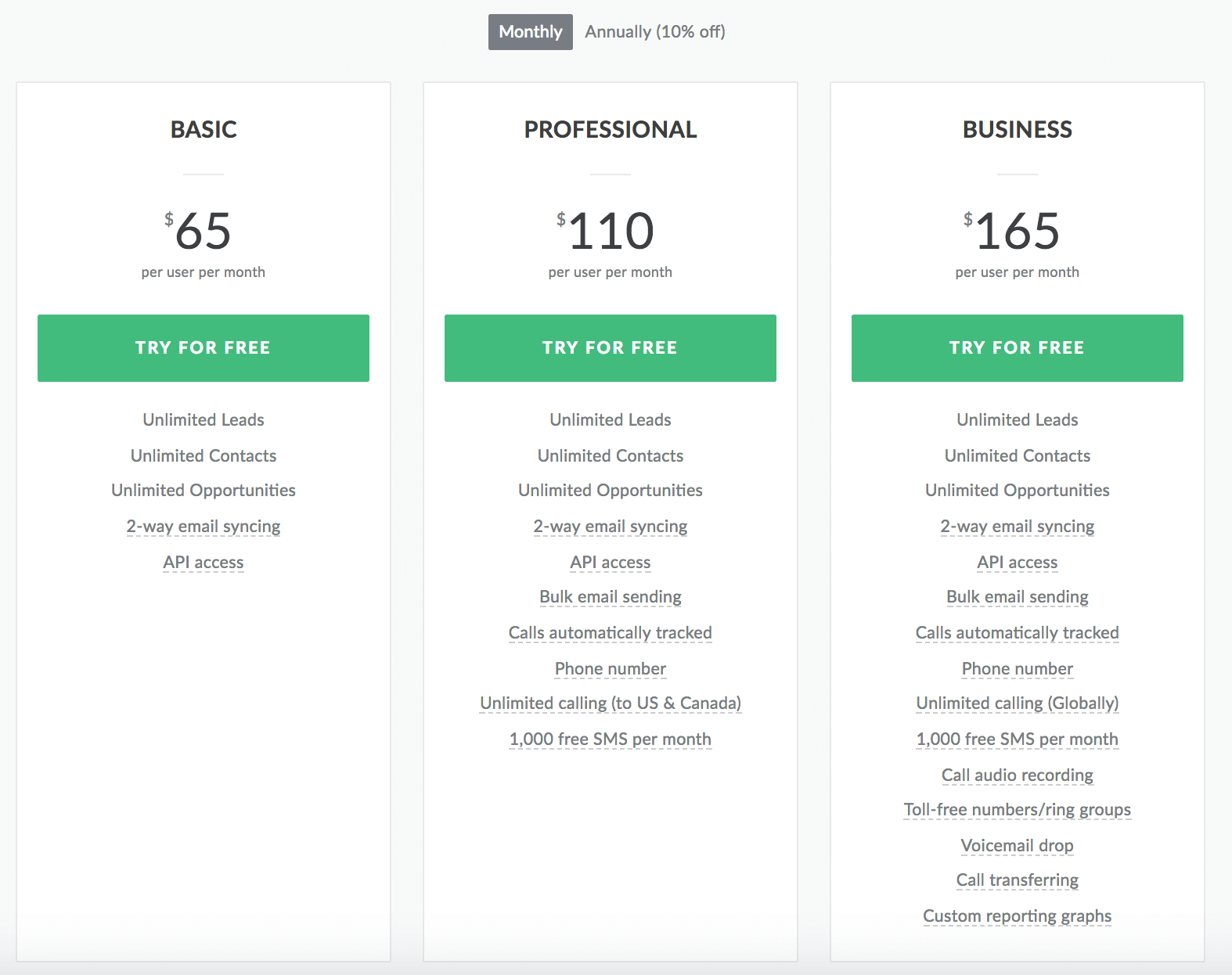
| Criteria | Score (1-5) |
|---|---|
| User experience | 5 |
| Adding/importing contacts | 5 |
| Deals/pipeline | 5 |
| Tasks, follow-ups, calendar | 5 |
| Tagging/search | 5 |
| Reporting | 5 |
| Integrations | 2 |
| Mobile apps | 0 |
| 5 | |
| Phone/VoIP | 5 |
| Text/Chat | 5 |
| Price/value | 3 |
Final score: 48/60
Bottom line:
While being one of the most expensive CRMs, Close.io is a good fit for SaaS companies, offering a simple and functional user-interface, and great phone, text, deal, and reporting capabilities. Feature improvements would be a mobile app, more integrations and tagging functionality.
Highrise
Originally created by the makers of Basecamp, Highrise has been run by CEO Nathan Kontny since 2014. I used to use Highrise when I ran my agency, Headspace.
Highrise markets itself as a simple CRM, and their marketing website reflects that. There are no embellishments at all, just a logo, headline, and sign-up form.
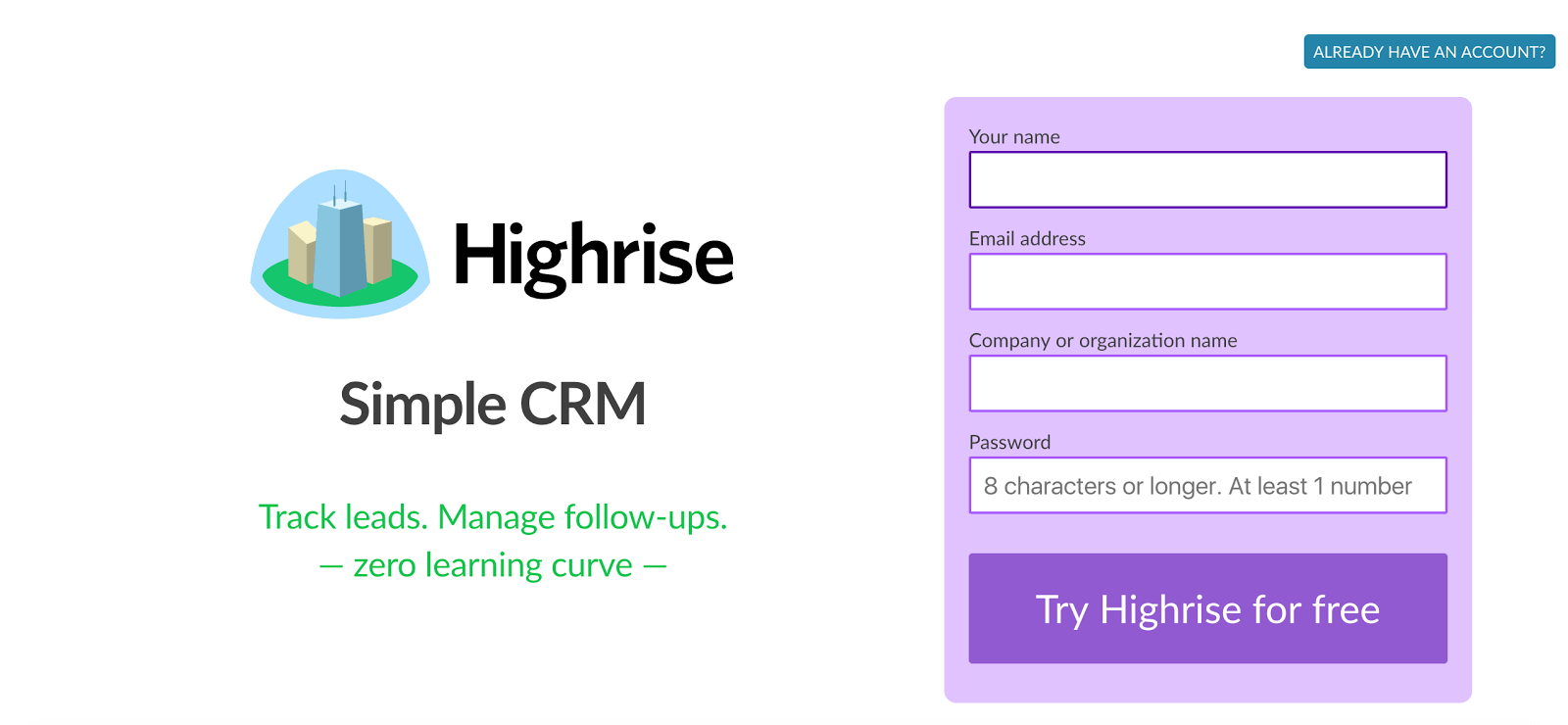
The watercolour illustrations create an airiness and calming feel, which is what you want if you’re marketing yourself as the simplest of products in a competitive category.
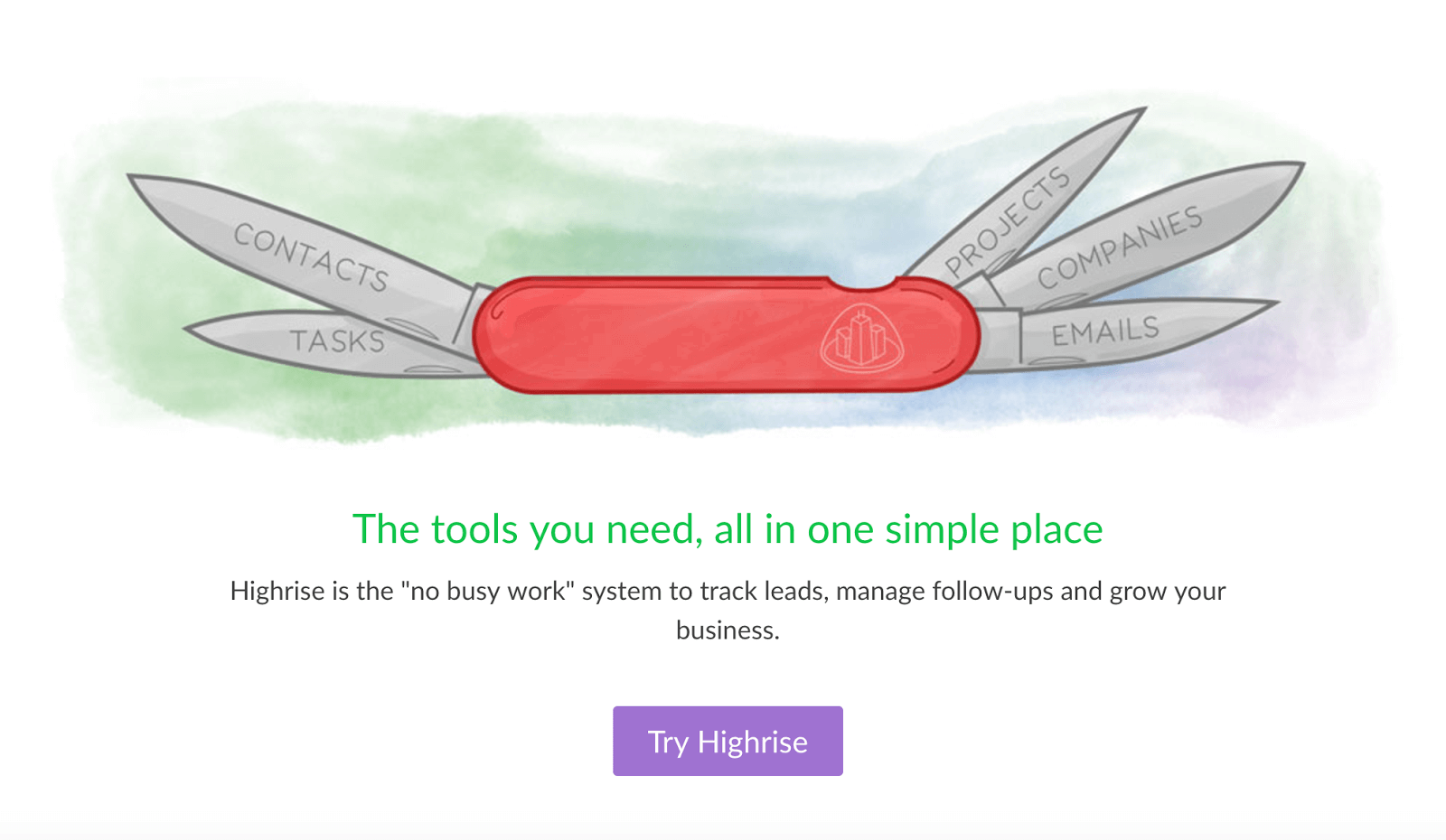
User interface
Highrise’s UI is fine, if not a bit dated. It hasn’t evolved much since I used it five years ago. They have these things called cases, which are ways of grouping related tasks, notes, deals, contacts together, but it just seems like you would either add it all under a contact or a deal - case seems unnecessary.
Adding/importing contacts
Highrise’s massive volume of possible fields to match was confusing, and it took a long time to sort through. There were fields that were so similar that I couldn’t tell which to use, like “work website,” or “company work website”.
The email field, arguably the most important unique field for contacts, was buried in a massive list of hundreds of others and difficult to find. For a “simple” CRM, it wasn’t very straightforward!
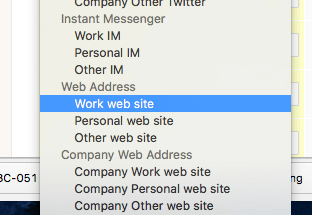
Deals/pipeline
Very simple, maybe too simple. No deal stages or organized column lists, and recurring revenue isn’t well accounted for. I also don’t like that Highrise forces you to enter an amount of months/years for recurring deals - it’s not well suited for subscription services like ours.
Tasks, follow-ups
Pretty straightforward and easy to use, plus there’s a calendar feed we can plug into Google Cal. Tasks are nicely done, and you can add a task feed to your Google Cal.
Tagging/search
Tagging and search in Highrise is very fast and efficient.
Reporting
Not much for reports other than forecasting sales based on deal close dates and amounts, and filtering by candidates.
Integrations
Highrise has an API and mostly integrates with Zapier, but they don’t have many native integrations, although a fair amount of other products integrate with Highrise (including Proposify). I would have loved an easier way to connect Aircall and Intercom.
Mobile apps
Highrise has mobile apps for iOS, Android, and a responsive mobile site.
Highrise only connects with Gmail or Outlook, so can’t it won’t integrate with my email other than via the dynamic BCC address for adding emails into the CRM
Phone call logging
None.
SMS/Text
None.
Price/value
Highrise doesn’t charge per user, putting it on the lower pricing end so a small team can get a lot out of Highrise for only $24/month.
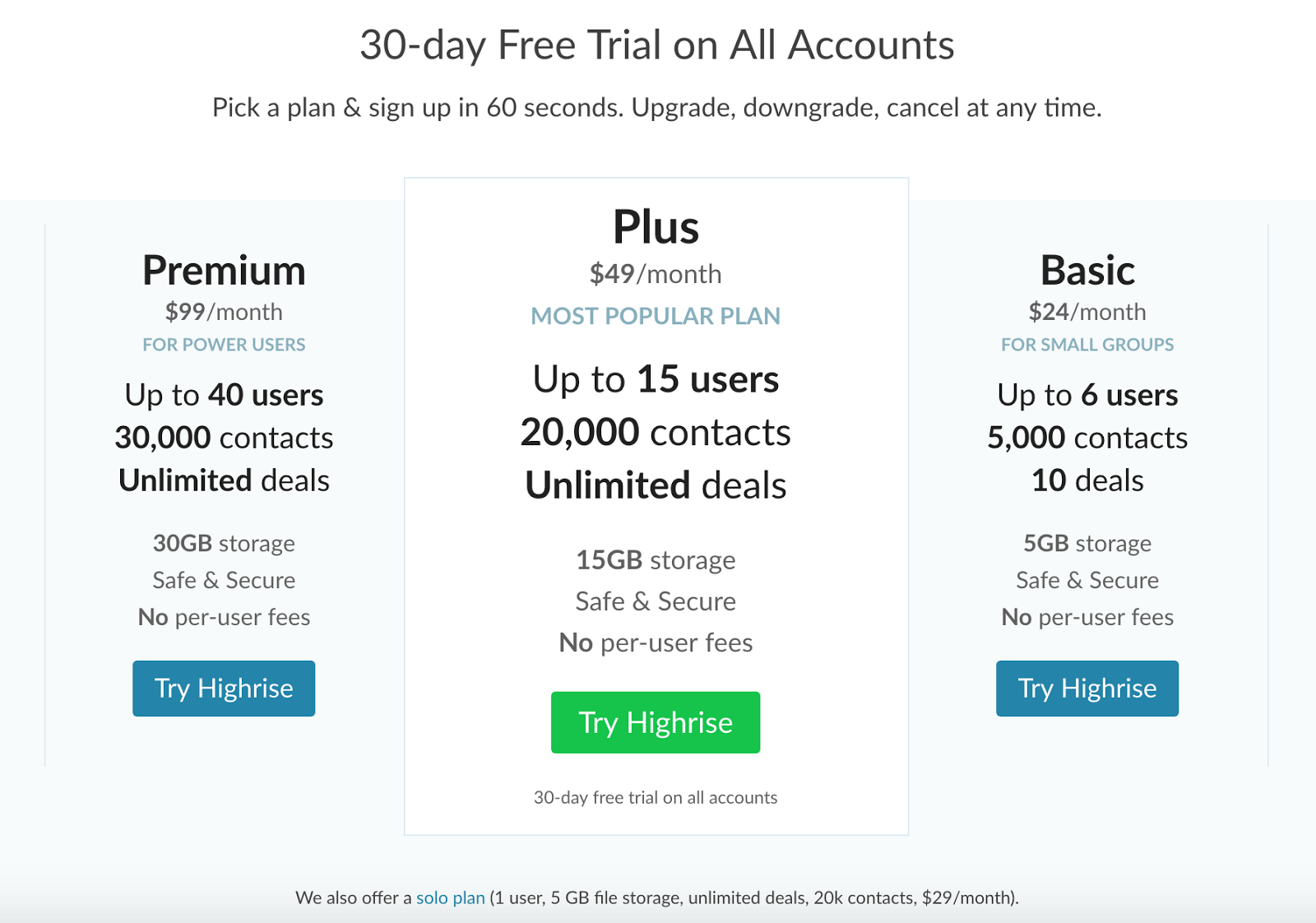
| Criteria | Score (1-5) |
|---|---|
| User experience | 3 |
| Adding/importing contacts | 5 |
| Deals/pipeline | 1 |
| Tasks, follow-ups, calendar | 4 |
| Tagging/search | 5 |
| Reporting | 1 |
| Integrations | 1 |
| Mobile apps | 5 |
| 3 | |
| Phone/VoIP | 0 |
| Text/Chat | 0 |
| Price/value | 5 |
Final score: 34/60
Bottom line:
Highrise is perfect for small teams who don’t require a lot from their CRM and who value strong core functionality and low pricing over advanced features or visual pizazz.
It’s not an ideal fit for SaaS companies due to the lack of support for recurring revenue, reporting, phone or text, or integrations with tools we use. I do love Highrise as a company, and had a great chat with their CEO, Nathan Kontny.
Insightly
Insightly is certainly going for a polished and professional look with their website. From the copy on the page, it is clear that Insightly values more than just the sale.
They feature three categories: “Accelerate Sales”, “Build Relationships”, and “Deliver Projects”, touting that Insightly is a CRM that offers project management features beyond the sale.
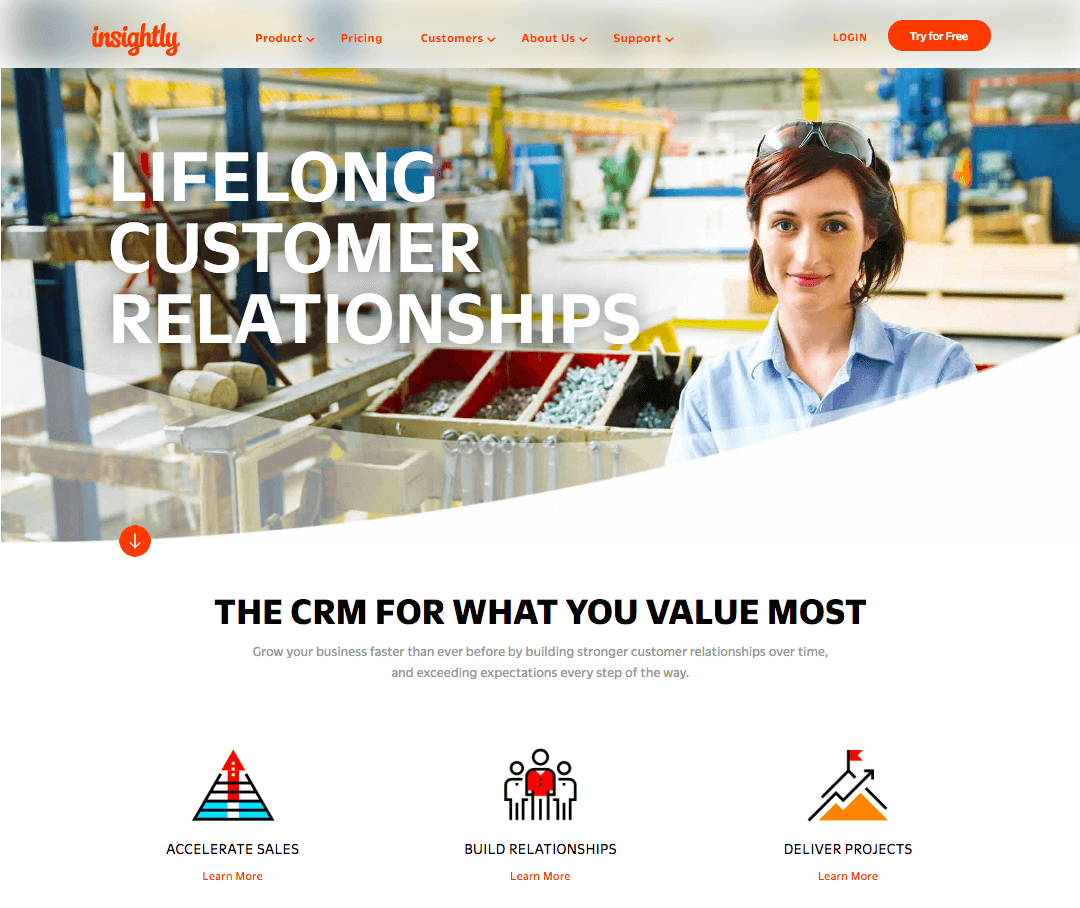
User experience
The user interface is logically laid out, with a collapsible toolbar on the left-hand side that lists the main features of the CRM with clear icons. Insightly seems to be putting their utilitarian foot forward here, creating an interface that might not be described as beautiful, but it gives you everything you’re looking within one click.
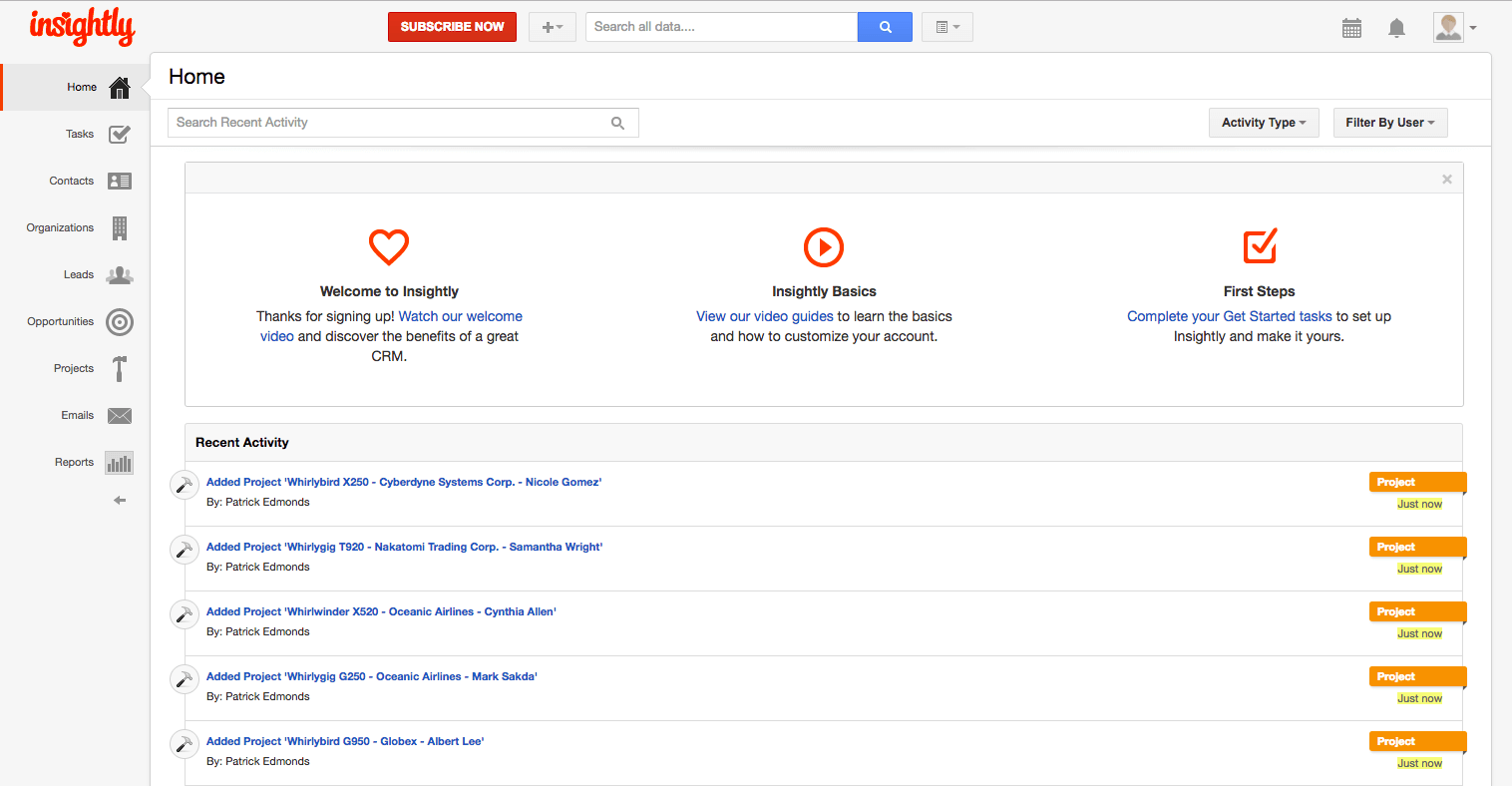
Adding/importing contacts
Adding contacts to Insightly via a CSV was simple and straightforward. It auto detects fields like first and last name or allows you to pick a category or custom tag based on the data from the CSV.
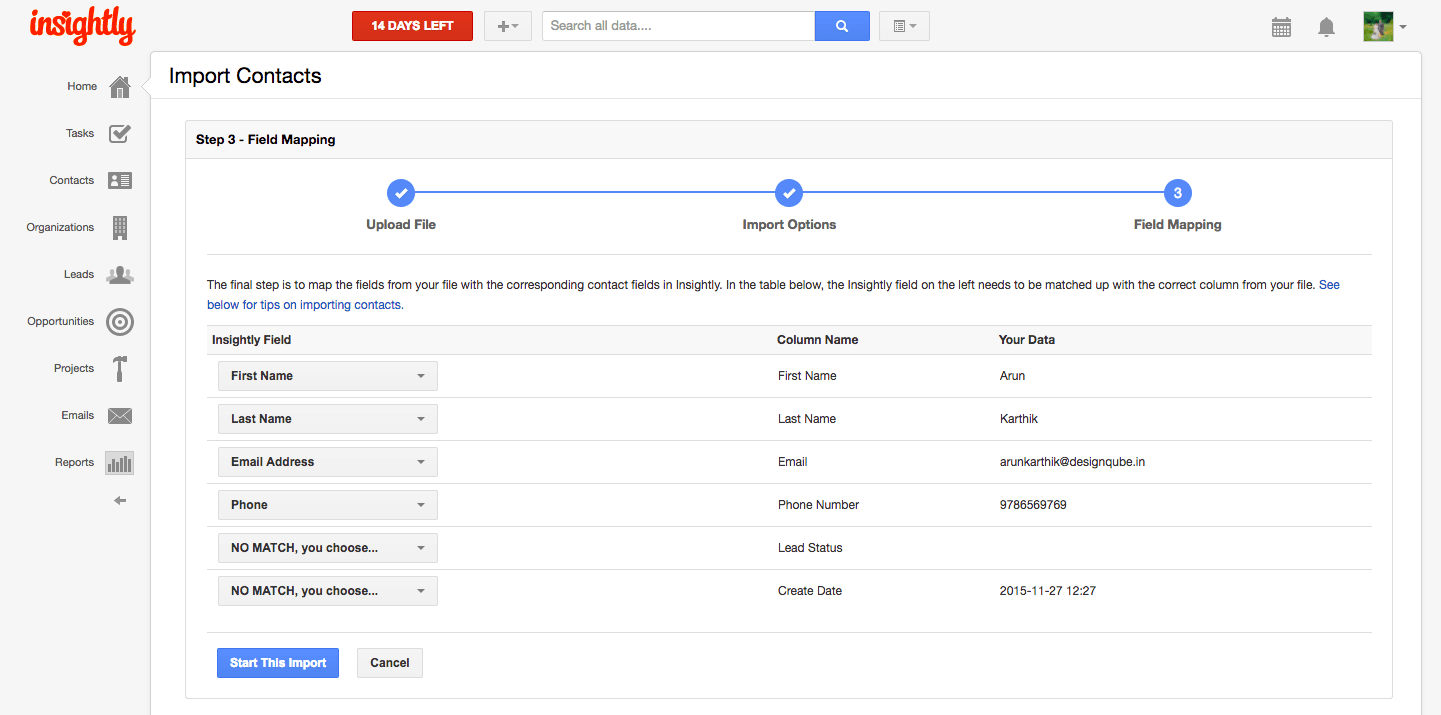
Deals/pipeline
The Insightly opportunities pipeline prominently features the state (Open, Won, Lost, Suspended and Abandoned) and the stage (Prospecting, Qualification, Needs Analysis, Proposal, and Negotiation) of each opportunity.
The value of the opportunity and the close date are included in the pipeline but aren’t prominently featured. Each opportunity includes a “Probability of Winning” variable, although it’s not featured in the pipeline, and is only visible once you view each opportunity.
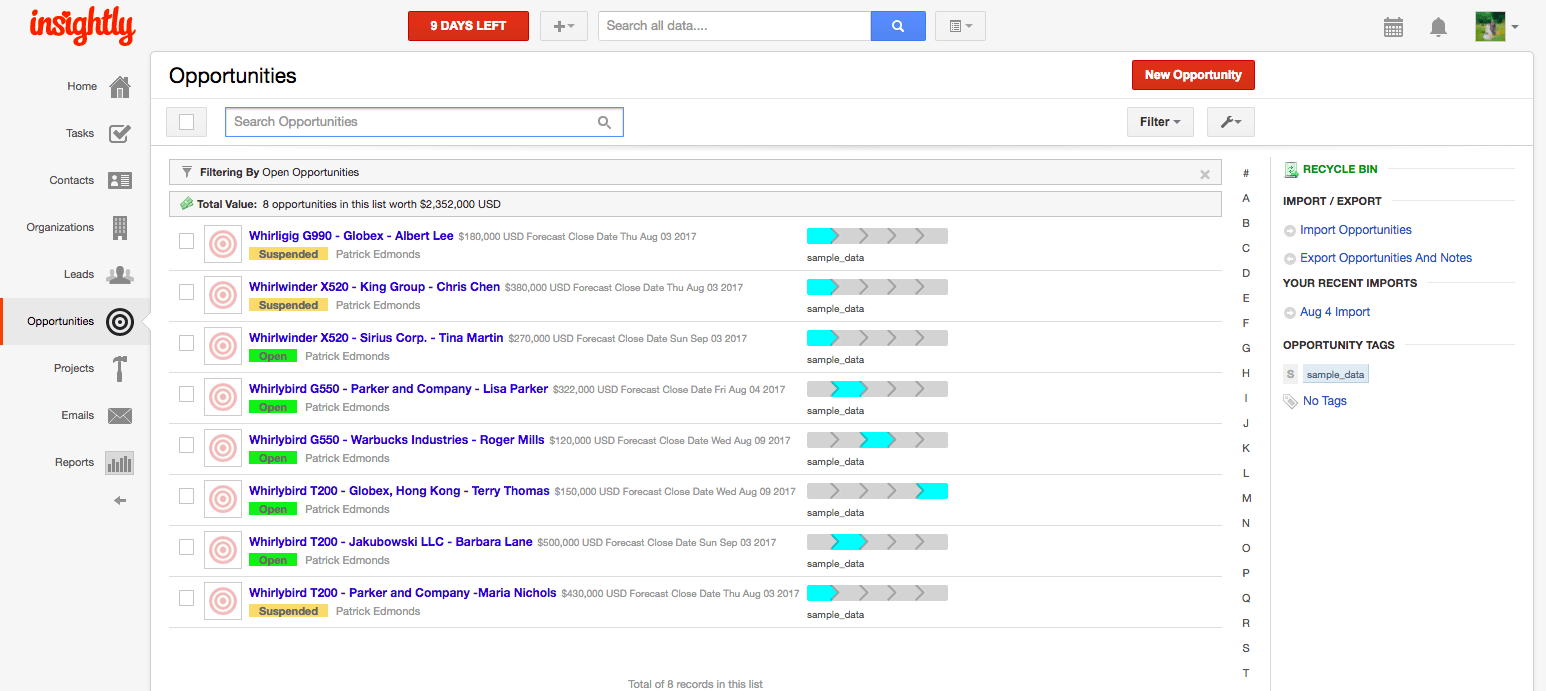
Tasks, follow-ups
Insightly includes fairly robust task features with almost any feature you might want. Tasks are assigned to a user, a category (email, follow-up, meeting, phone call, to-do), opportunities, and contacts. You can set reminders, show the progress and priority of the task, and choose to make it public or private.
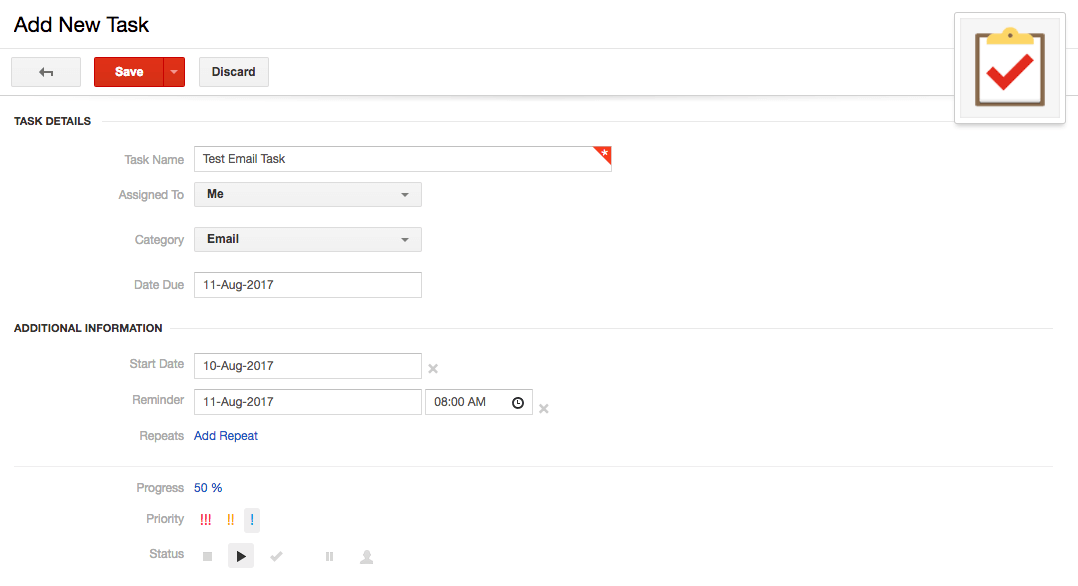
Tagging/search
Through custom fields, tags, and categories, Insightly provides several ways to categorize, filter, and manage your data. Each has their own benefits and best-use cases, which Insightly outlines in this support article. With these customizable filters, you should be able to create a solution for filtering data regardless of the type of business you’re in.
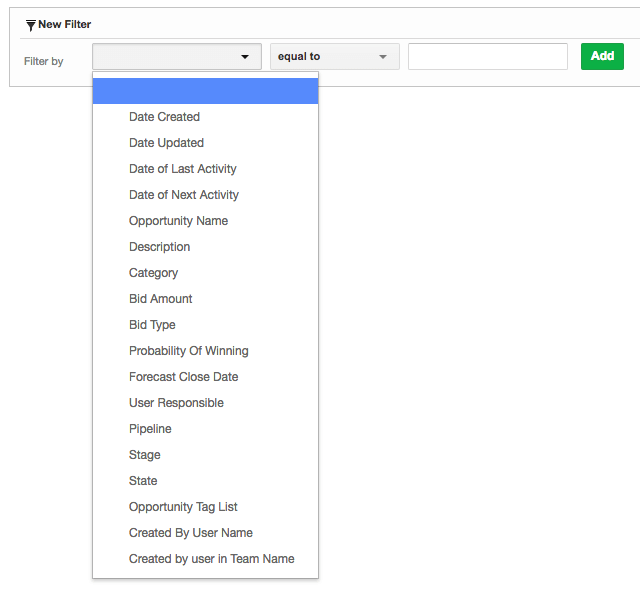
Reporting
Insightly’s reporting feature allows significant customization, letting you pull reports on almost any data point in their system. Insightly has certainly invested in the reporting side of their platform to make it work for a wide range of businesses, updating the reporting features and name to “Advanced Reporting” back in 2016. Insightly does not specifically measure recurring revenue in the same way as a typical SaaS business, but you can enter the opportunity value by a fixed period, i.e. $X for X months.
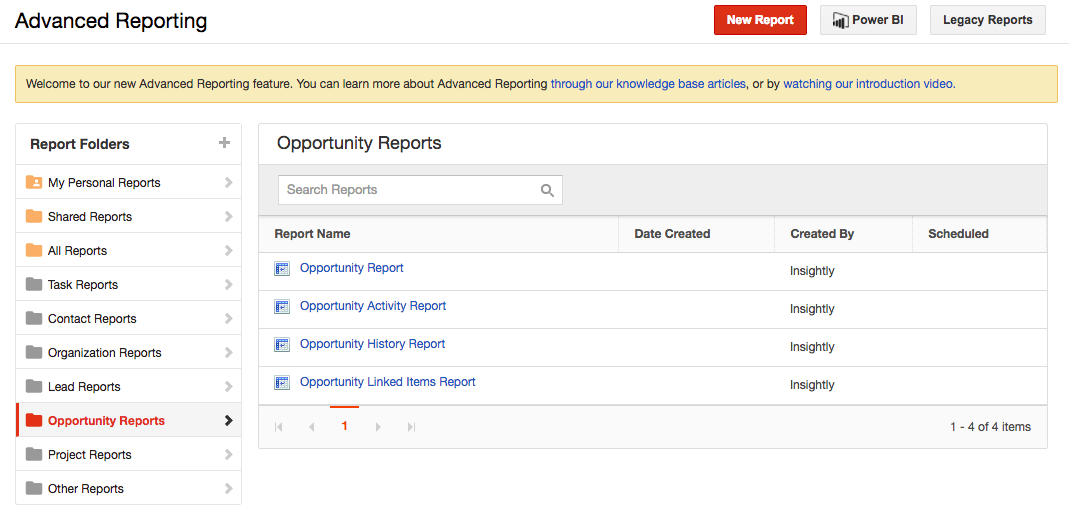
Integrations
Insightly does not integrate with Intercom or Aircall, but they do have over 40 integrations listed on their site, including Zapier. They also have a public API, which Proposify uses to integrate with Insightly.
Mobile apps
When signing up for Insightly, their welcome email highlights their companion mobile apps for iOS and Android to view your data on the go. Unfortunately, their web app is not responsive.
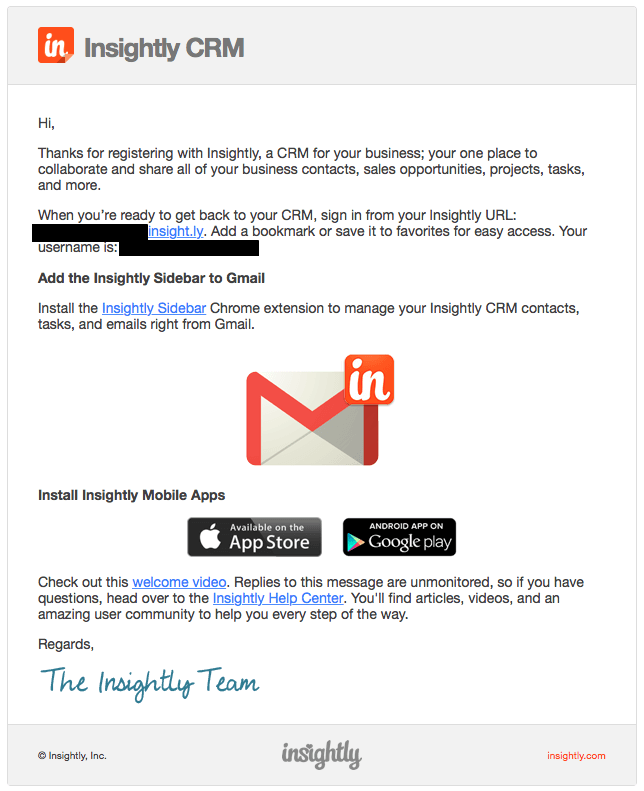
Email delivery
Insightly allows you to connect your email via Gmail, Office 365, Outlook.com, or other email accounts through an SMTP server. Once setup, you can send email messages from within Insightly and receive replies directly in your email account inbox.
Phone call logging
Currently, Insightly doesn’t do call logging, although according to their Help Centre community, it has been on their roadmap since 2015. Insightly recommends logging calls as a note within the applicable contact, lead, organization, project, or opportunity. I was able to find several VOIP service providers that integrate with Insightly as another workaround.
SMS/Text
Similar to calls, there are no native SMS features built into Insightly, but I was able to identify a few integrations, including some via Zapier.
Price/value
Insightly bills per user, potentially making it price prohibitive for larger sales teams. For small to medium teams, the pricing is competitive given the features available with Insightly.
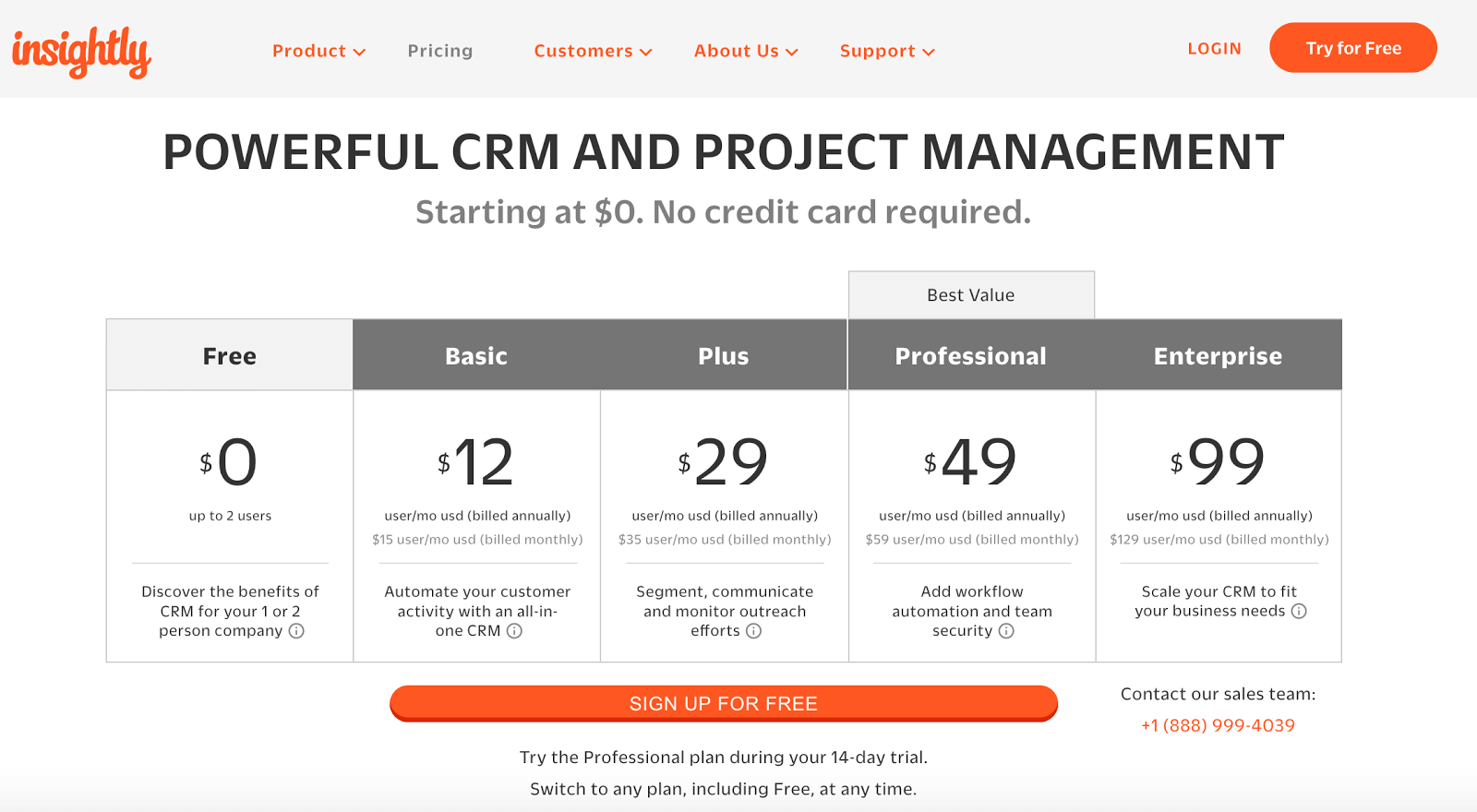
| Criteria | Score (1-5) |
|---|---|
| User experience | 4 |
| Adding/importing contacts | 5 |
| Deals/pipeline | 4 |
| Tasks, follow-ups, calendar | 5 |
| Tagging/search | 5 |
| Reporting | 4 |
| Integrations | 3 |
| Mobile apps | 4 |
| 5 | |
| Phone/VoIP | 0 |
| Text/Chat | 0 |
| Price/value | 3 |
Final score: 42/60
Bottom line:
Insightly is a well thought-out CRM with great task managing abilities and reporting, although in their attempt to be everything to everyone, they may lack the specialization of other platforms. I would keep Insightly on the list for anyone considering a CRM, especially if you want your CRM to help with project delivery after you close the deal.
Nutshell
Nutshell is a well-designed CRM that offers a solid amount of features at a reasonable price.
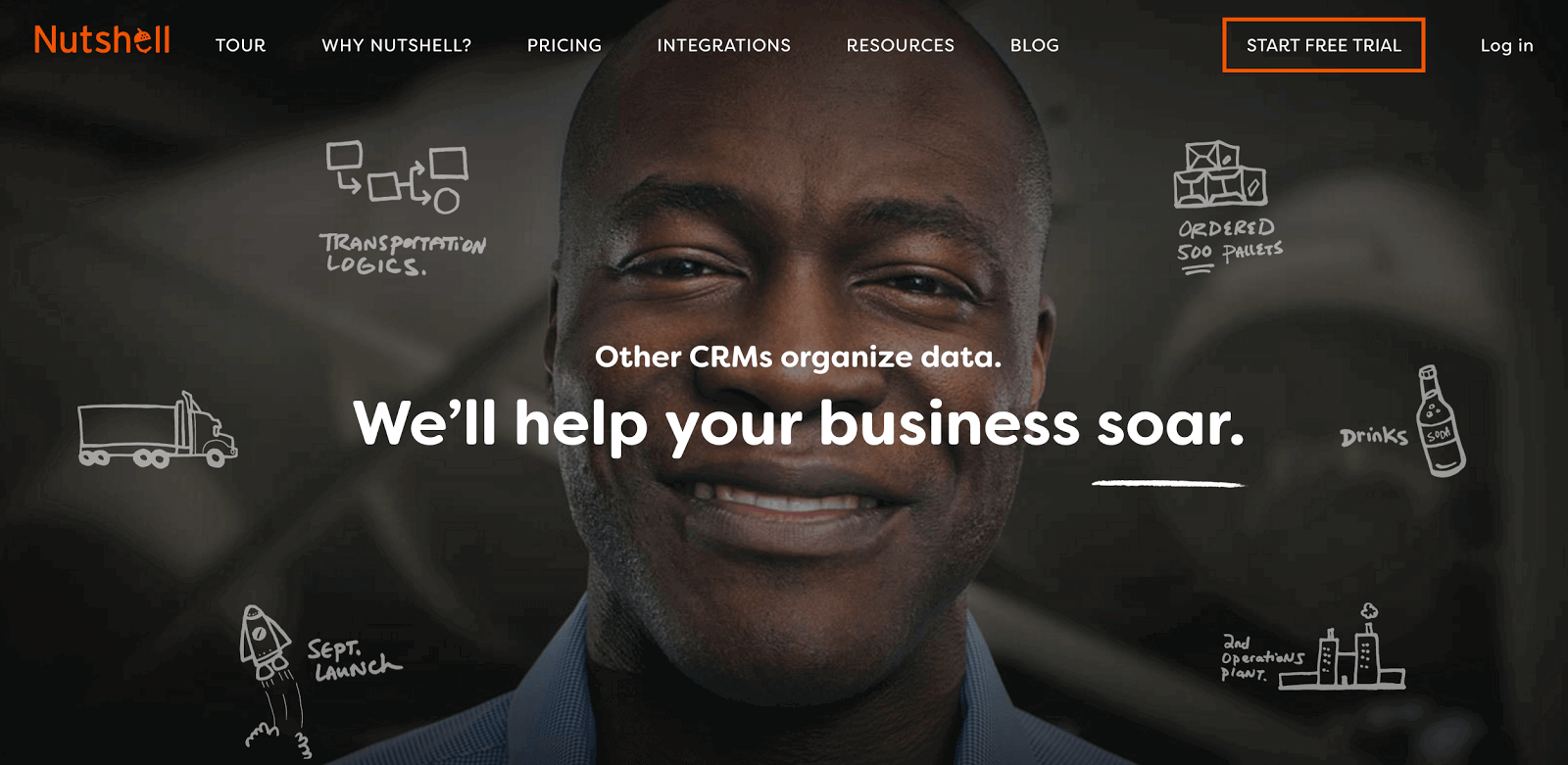
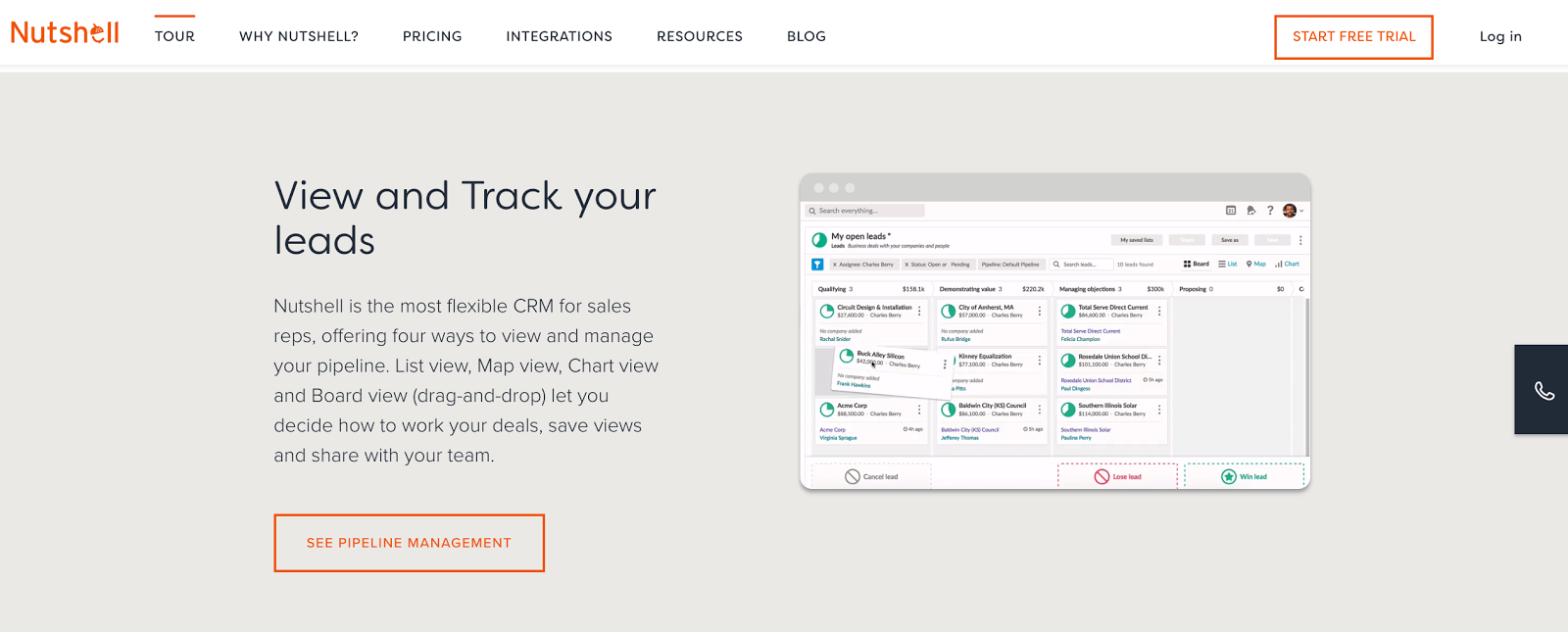
User experience
Nutshell’s UI is pretty good overall, although it does tend to be a bit busy and cramped here and there.
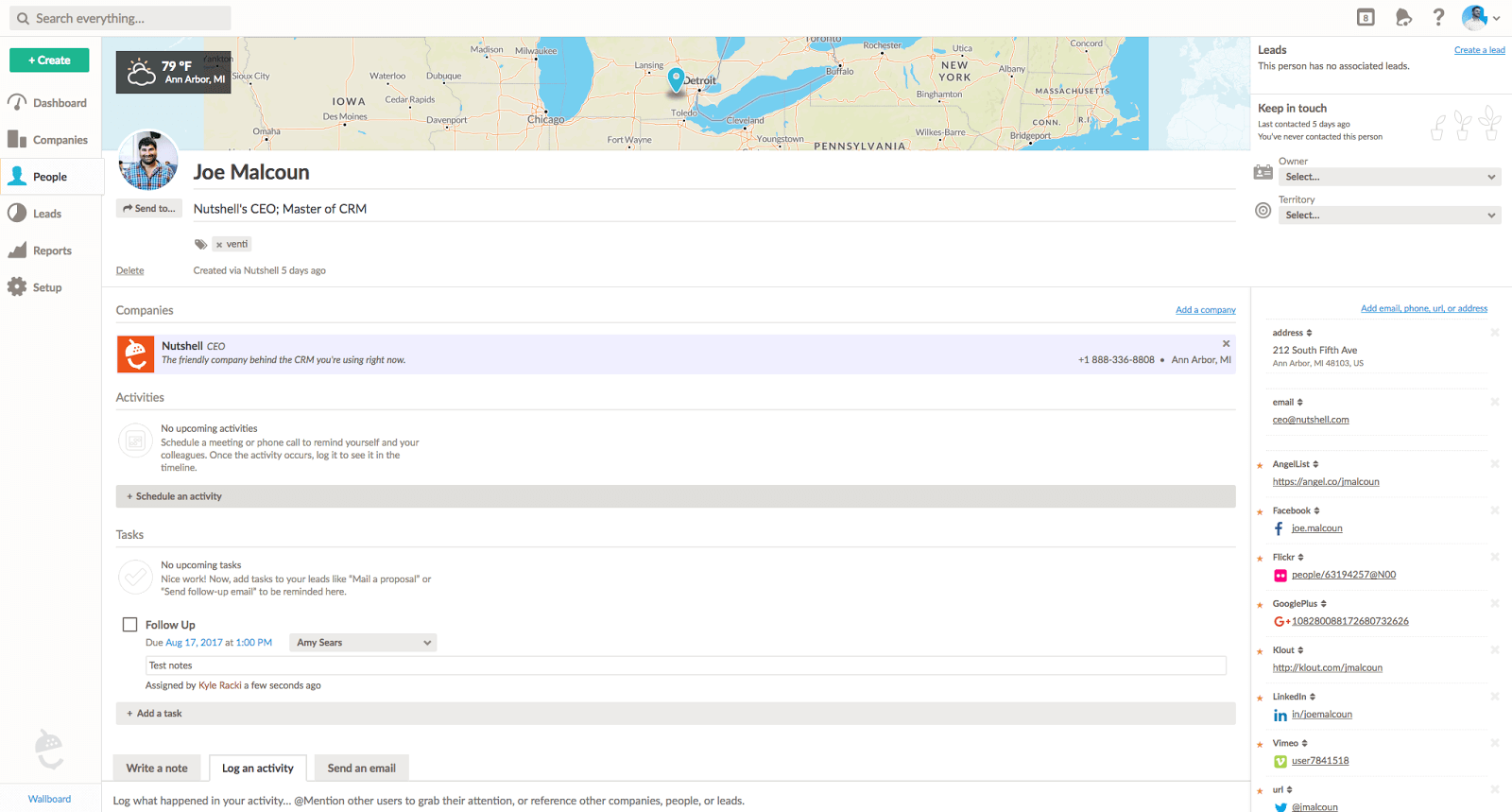
Adding/importing contacts
Their import UI is nice and easy to understand. Updating duplicates is helpful, and the preview works well. I like that Nutshell automatically detects certain fields, like email addresses, and allows you to re-import the spreadsheet and update your contacts if the import went wrong or you missed certain fields.
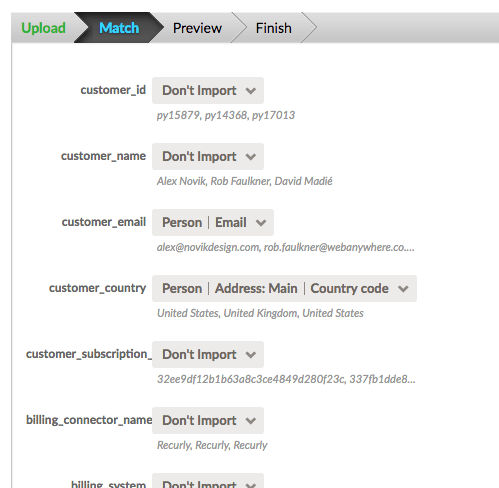
It does a good job of scraping the information of people to show their social media accounts and approximate location.
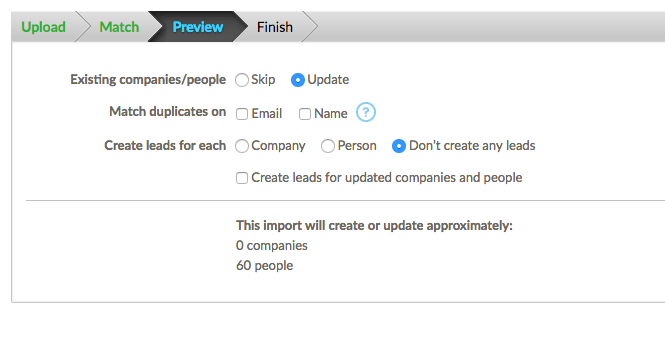
Deals/pipeline
This feature is only available on midsize and larger tier plans, and is called “funnel” in the reporting section, but you can add it to your dashboard.
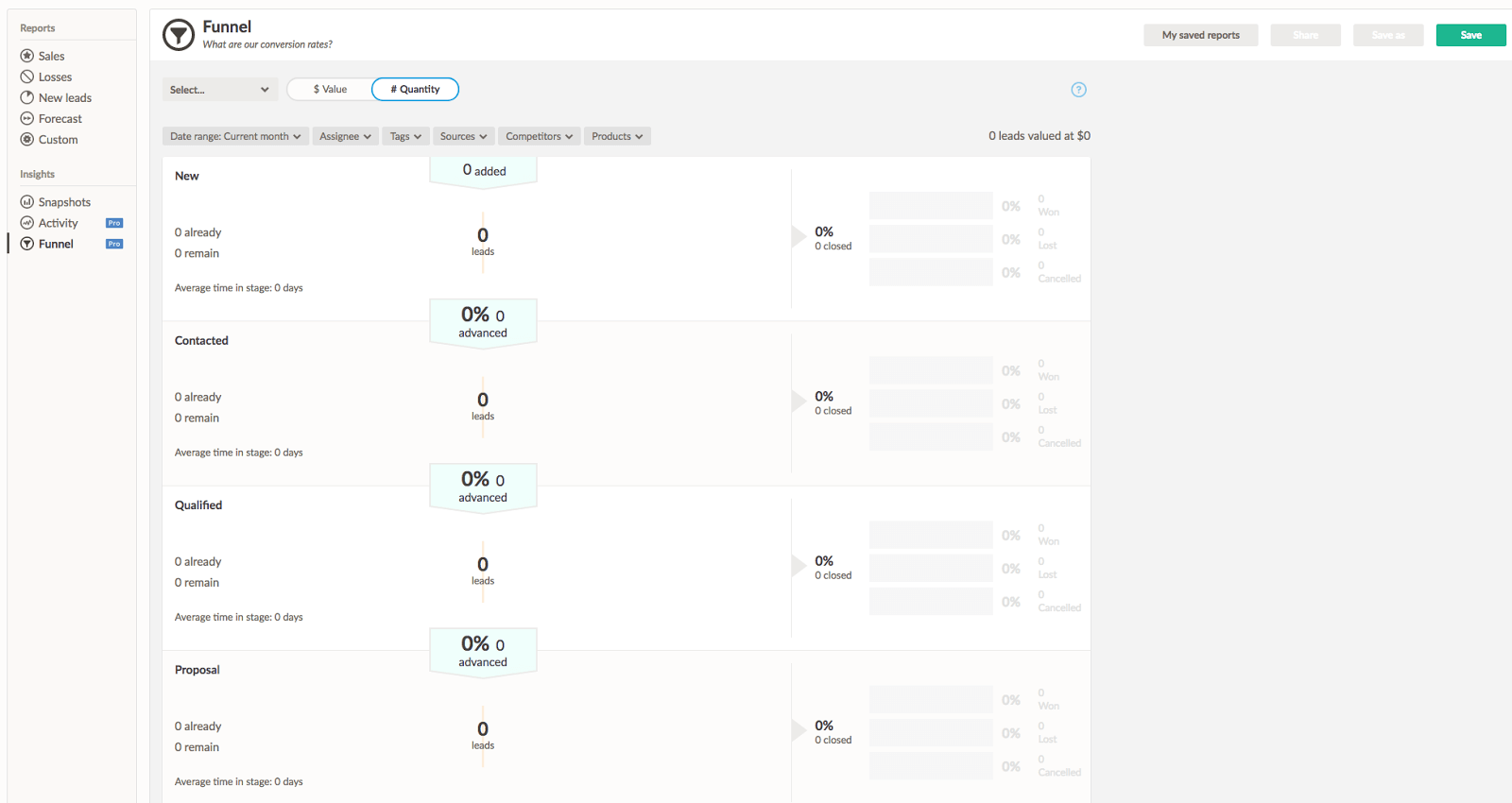
Nutshell has a good customizable dashboard.
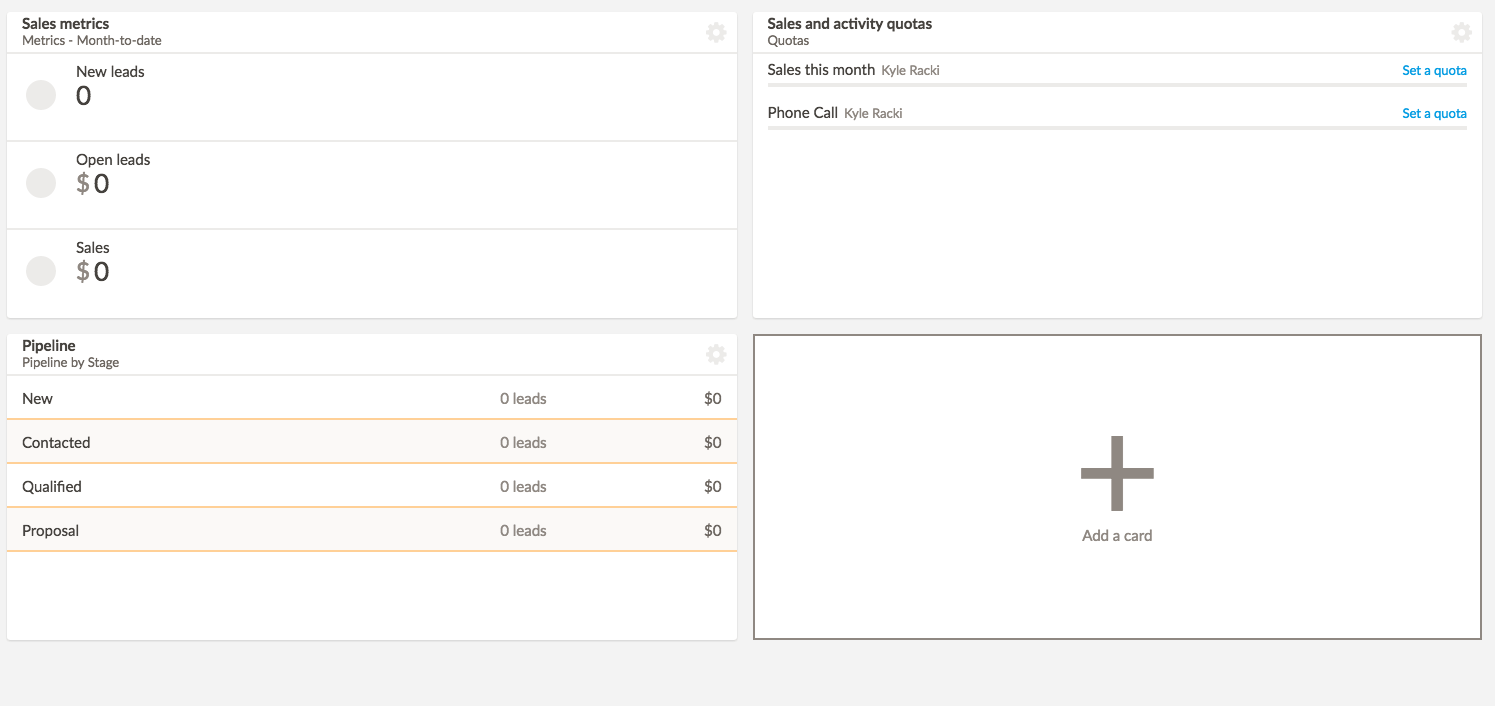
Leads is basically opportunities or deals.
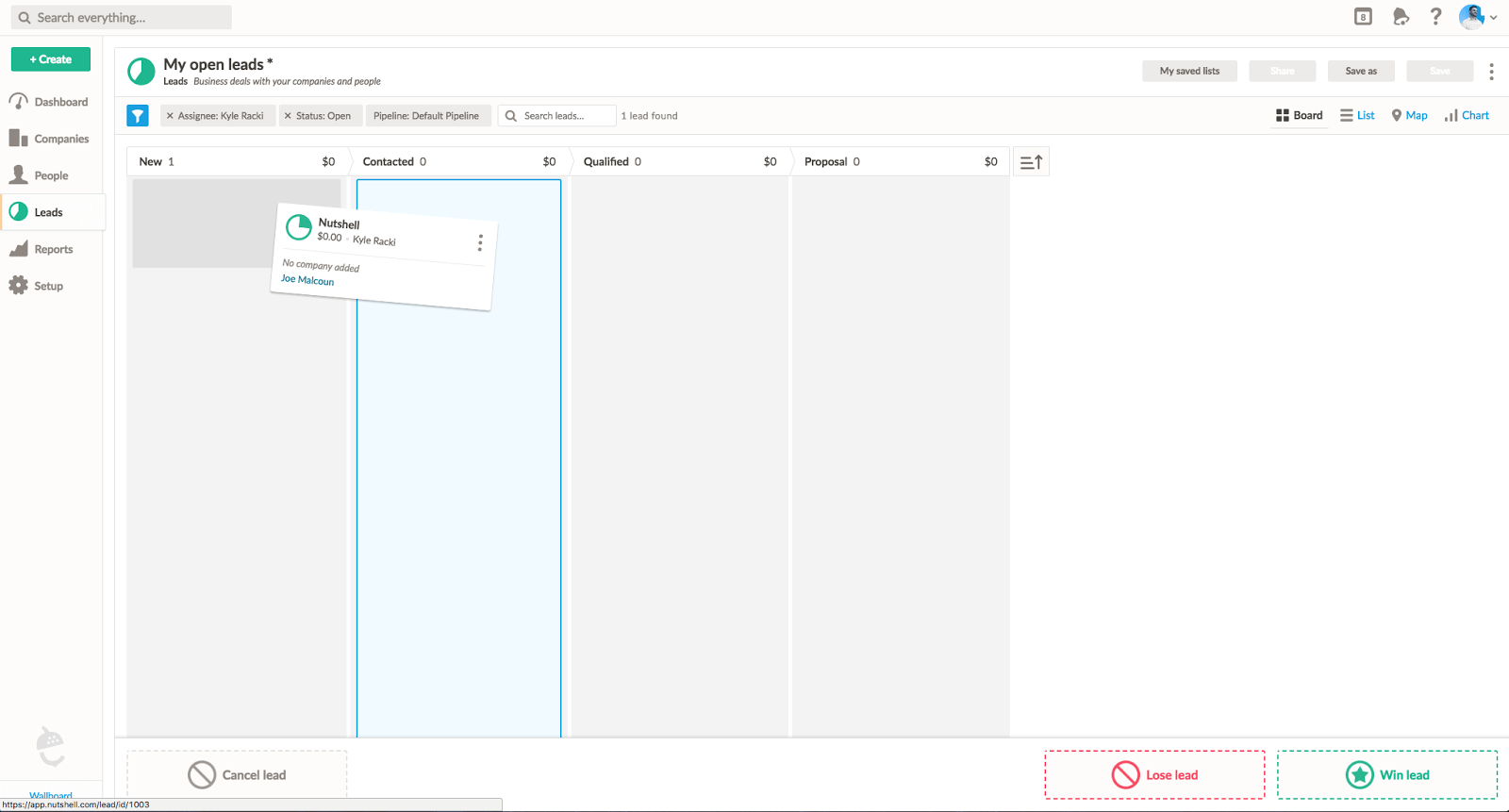
I really like the map view that shows where your leads are. It’s not overly useful for us here at Proposify, but I could see this being neat if you need to visit your leads.
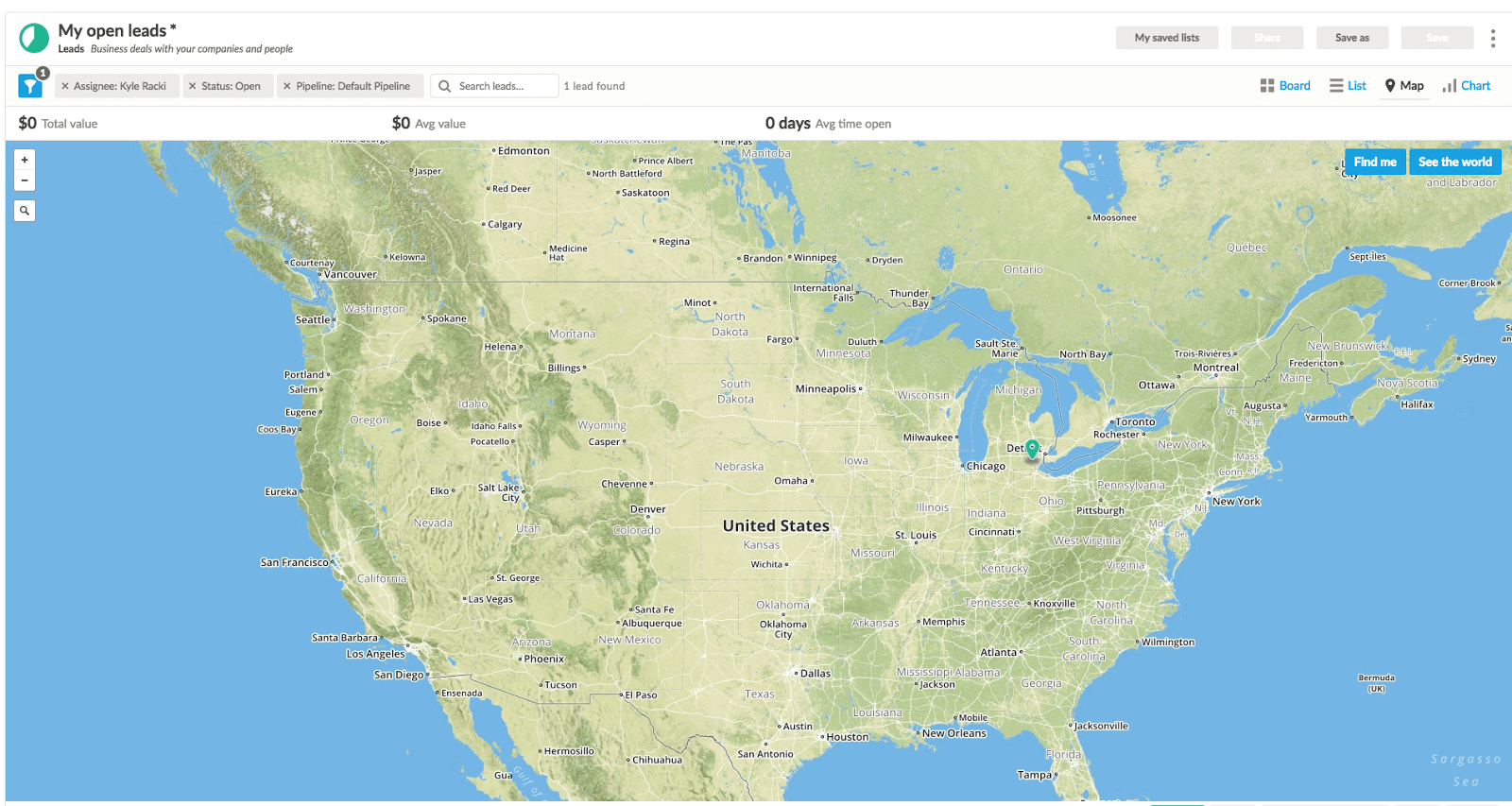
Tasks, follow-ups, calendar
Exactly what you’d expect from to-dos and follow ups.
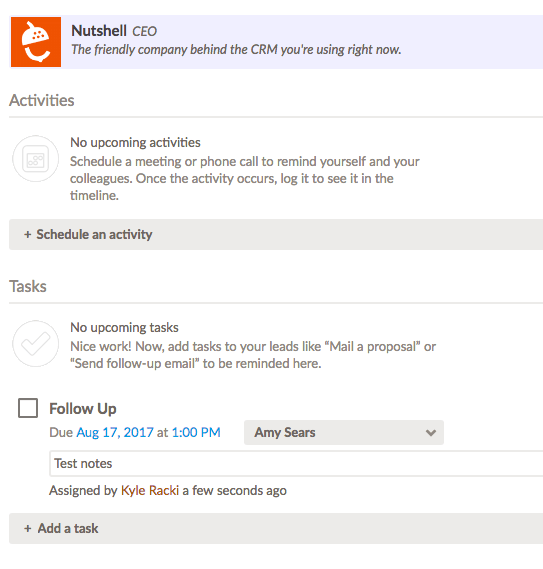
Tagging/search
Searching by people works pretty well, but I couldn’t seem to search by tag. When I added a tag to a contact and then searched for that tag, nothing showed up.
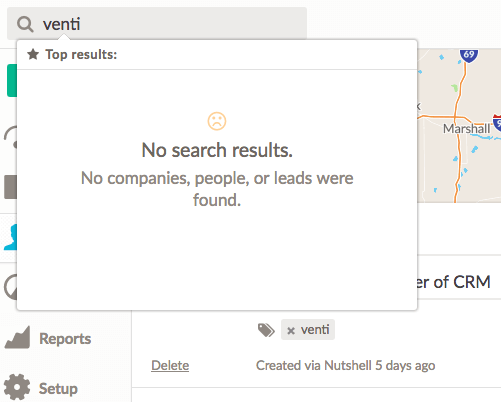
Sad face indeed.
Reporting
Nutshell seems to offer a lot reporting - almost too much, as looking through the help docs there were 11 different articles based on reporting. I almost didn’t know what I should be looking at.
Integrations
Unfortunately, they don’t have a lot of integrations and the ones they do have are for products we don’t use. I would love an Aircall or Intercom integration, but at least they have Zapier.
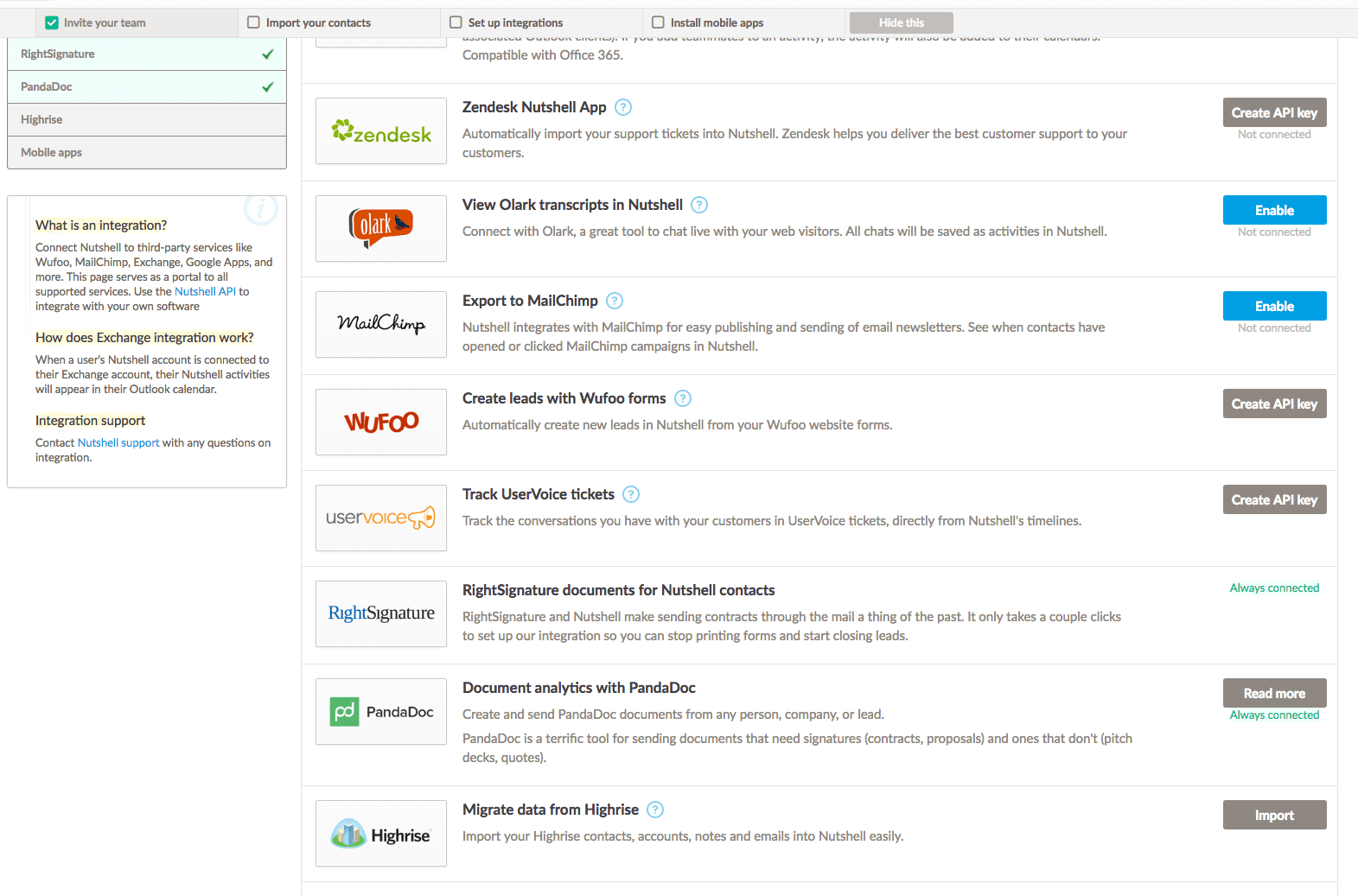
Mobile apps
Nutshell does have both an iOS and Android mobile app.

You can add your SMTP information into Nutshell to send emails directly from your own email address, and they offer view tracking.

Phone call logging
Nutshell has built-in calling and recording on paid plans, or you can integrate it with another service like Skype, RingCentral and other VOIP services. Unfortunately, no Aircall integration :(
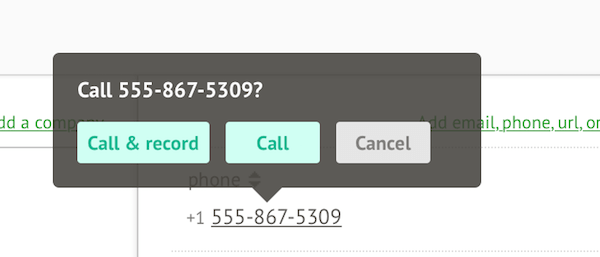
SMS/Text
No texting functionality.
Price/value
It’s not the cheapest nor the most expensive. Like the product overall, it’s right in between super simple, and feature rich.
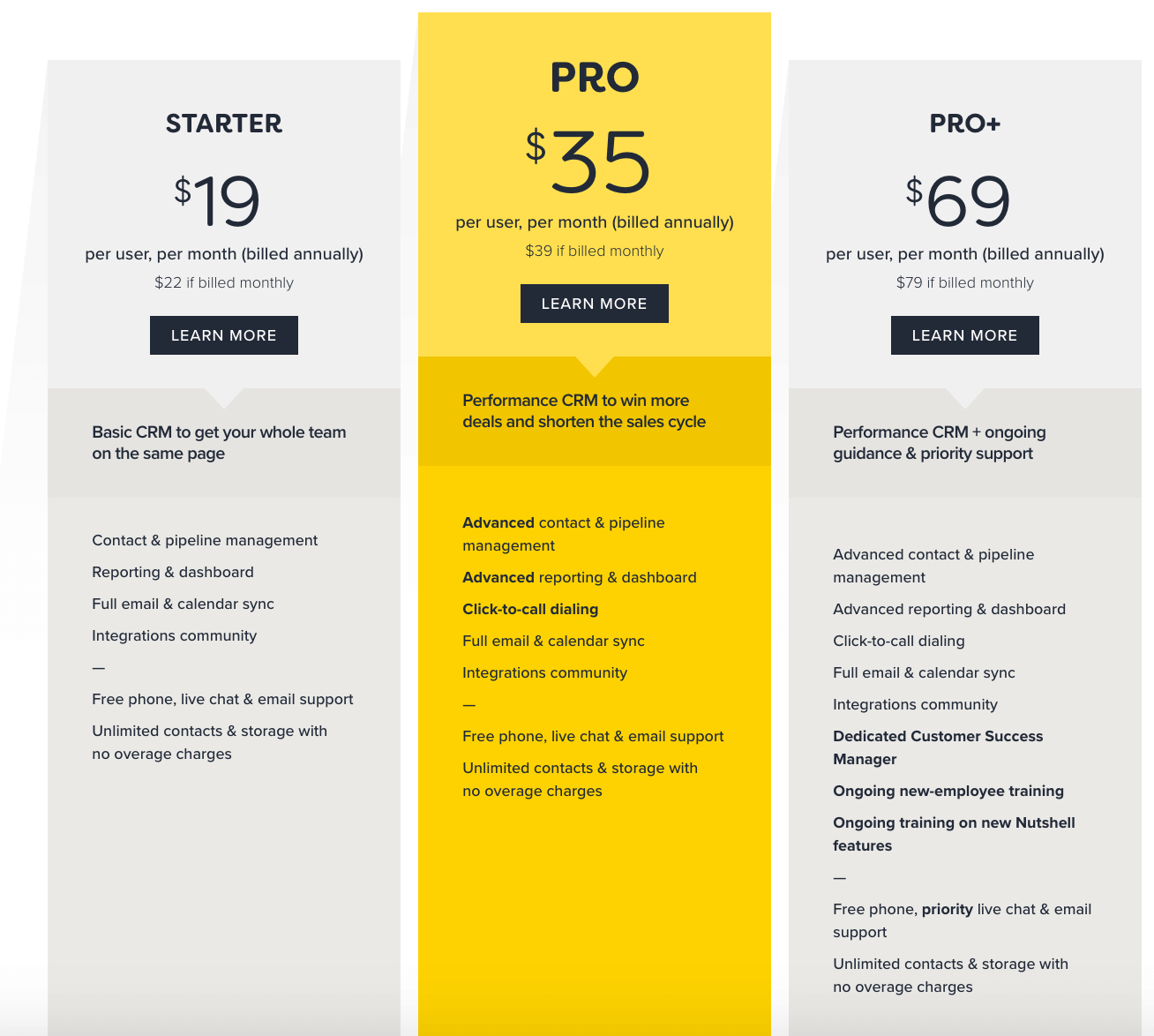
| Criteria | Score (1-5) |
|---|---|
| User experience | 5 |
| Adding/importing contacts | 5 |
| Deals/pipeline | 5 |
| Tasks, follow-ups, calendar | 5 |
| Tagging/search | 3 |
| Reporting | 5 |
| Integrations | 1 |
| Mobile apps | 5 |
| 5 | |
| Phone call logging | 5 |
| SMS/Text | 0 |
| Price/value | 5 |
Final score: 48/60
Bottom line:
Nutshell is a well-designed, feature-rich product that offers great value for the cost. Their search functionality could be improved, as could their integrations. I wish their reporting were better suited to SaaS/subscription companies, but overall, they are a top contender.
Pipedrive
Founded in 2010 by two seasoned sales managers, Pipedrive claims to be “The sales CRM built by salespeople for salespeople”.
Pipedrive’s front-end website is clean and simple, showing off a few product shots, key benefits, and testimonials. It is interesting to note that they redirect returning users a different version of their homepage, with calls-to-action for support, product updates, and 'getting started' videos. This is a nice touch and shows that Pipedrive really puts effort into their sales and marketing funnel.
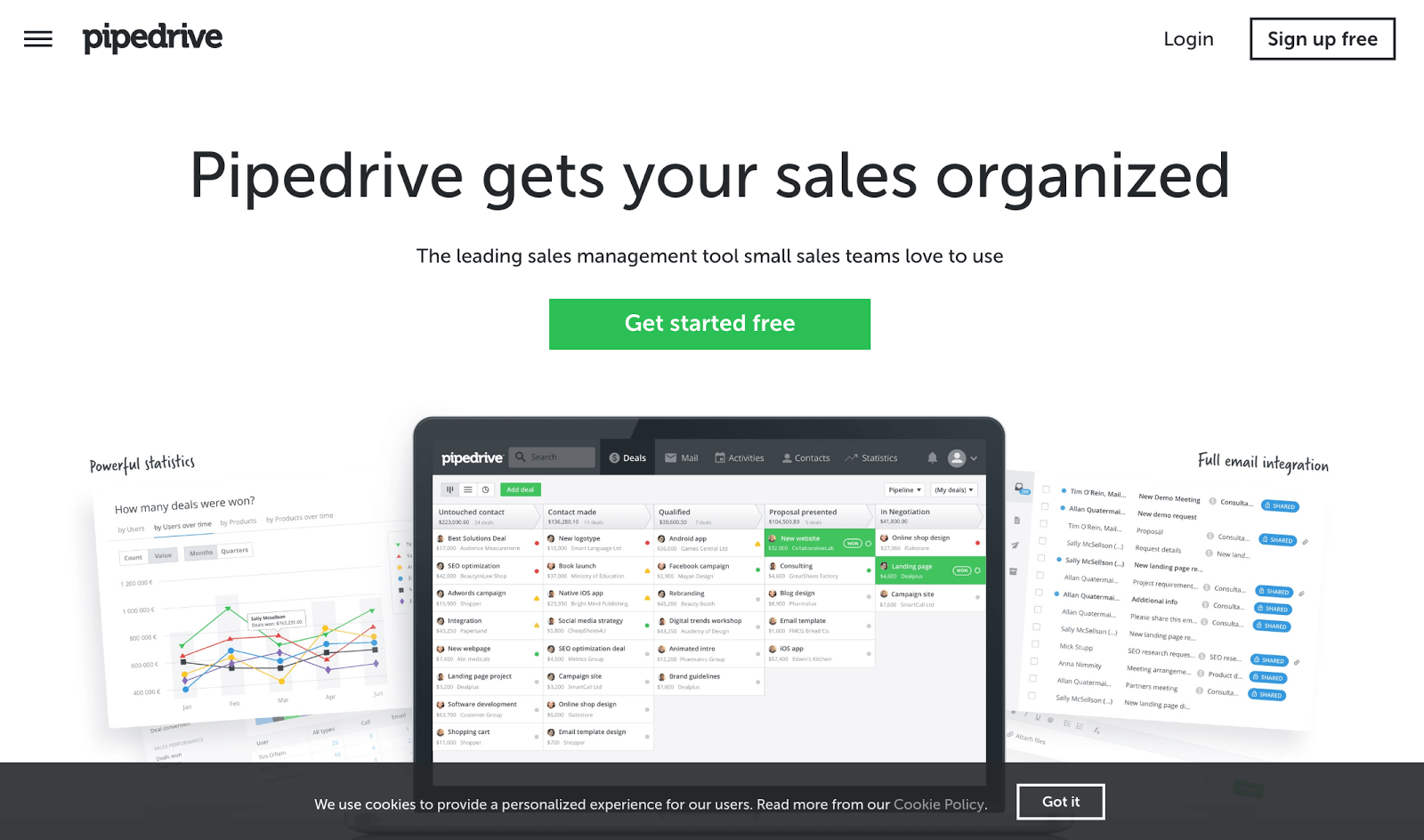
User experience
Pipedrive’s UI is fast and clean. The black and white interface with bright red and green seemed a bit stark at first, but I think the colour choices are intentional to draw your eye to activities that are late or overdue, so things don’t slip through the cracks.
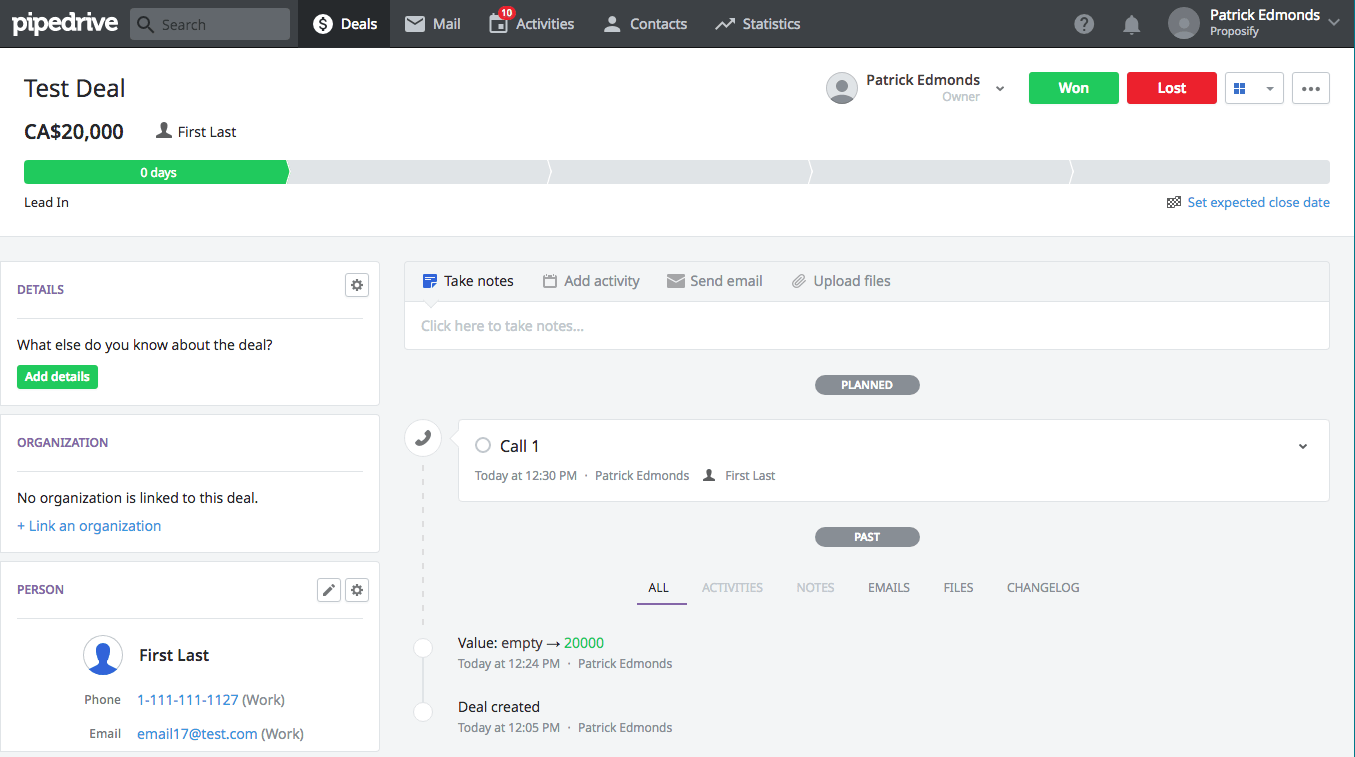
Adding/importing contacts
Importing contacts from a CSV was fast and painless. Pipedrive does allow custom fields for contacts, so it would be important to have those set up first, before importing your contacts.
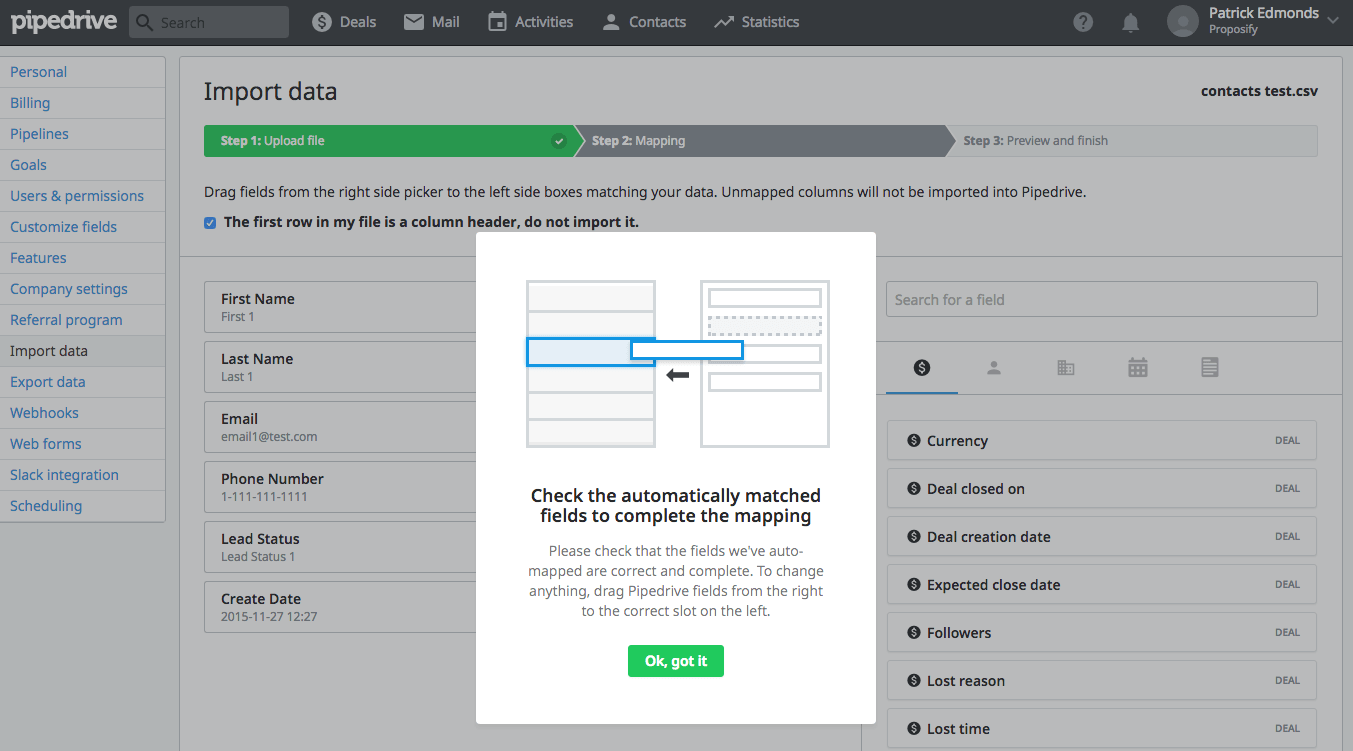
Deals/pipeline
With the name “Pipedrive” you would hope that they would have a good pipeline, and they do. The agile kanban-esque layout of their pipeline is great. The process of dragging and dropping deals between different stages of your pipeline is extremely satisfying. The configuration of the pipeline, combined with the sorting and filtering options, makes Pipedrive one of the best CRM pipelines.
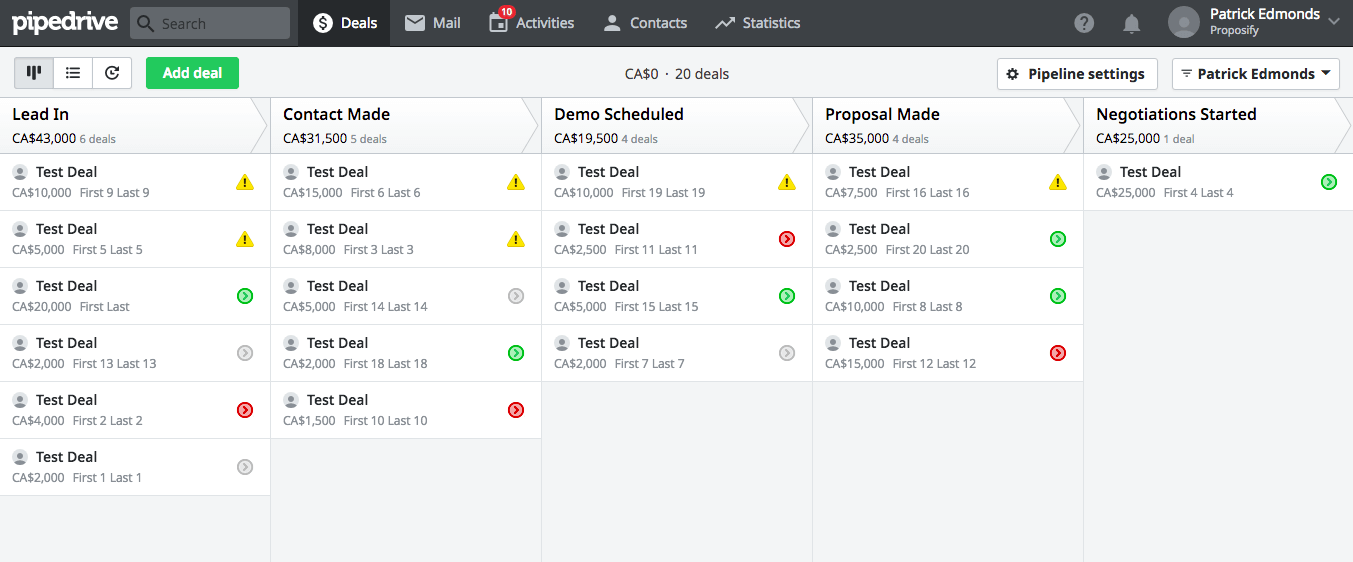
Tasks, follow-ups
Pipedrive’s activities default to “call”, “meeting”, “task”, “deadline”, “email”, and “lunch”, but admins have the option to create custom activities. Each activity is assigned to a user, and can be linked to a deal, contact, and organization. Pipedrive uses activities to prioritize deals for salespeople, sorting the most timely to the top of each stage.
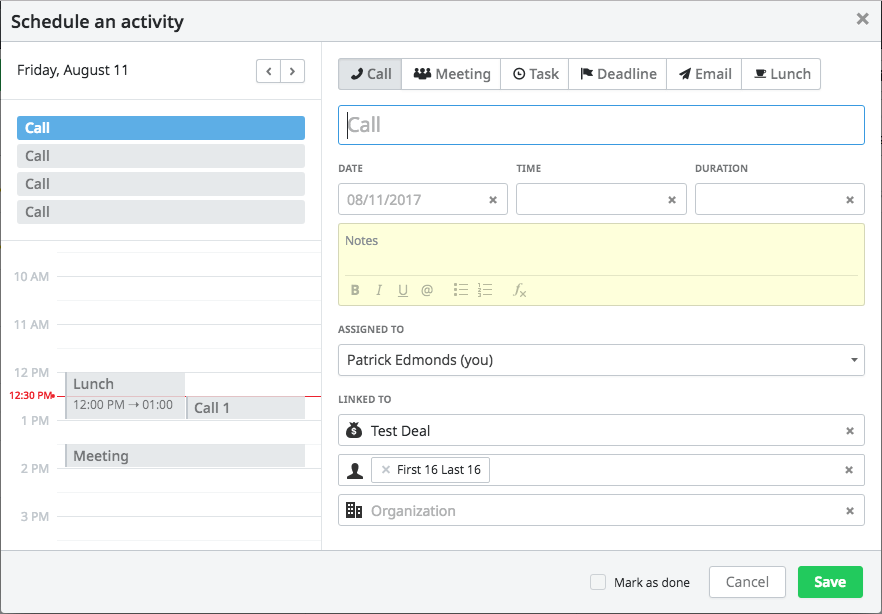
Tagging/search
Pipedrive does not allow tagging the way many other platforms do. However, they do have custom fields which they recommend you use to filter in a similar way to tags. Logically I think this makes sense for larger teams, as multiple user-generated tags can get out of hand pretty quickly.
Searching requires a custom filter to be in place for whatever you’re looking for. The filters can be customized for almost anything, but this adds an extra step if you were only looking to search for a deal or contact name.
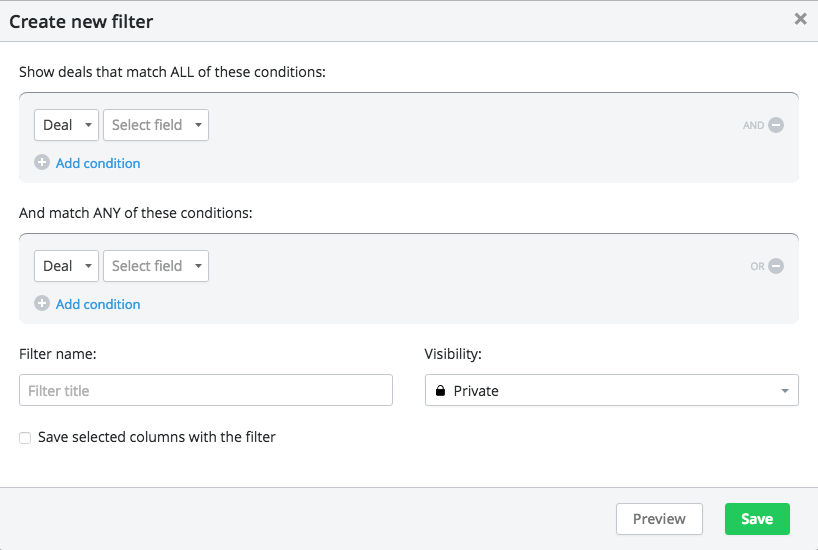
Reporting
Pipedrive offers a top-level metrics dashboard as well as a reporting interface to produce detailed reports with graphs and charts. The default reports combined with filters by salesperson, product, stage, etc., would be valuable for sales managers to dig into their team’s performance and areas of improvement. There doesn’t seem to be any SaaS-specific features for tracking and reporting on monthly/annual fees though, which is unfortunate for us.
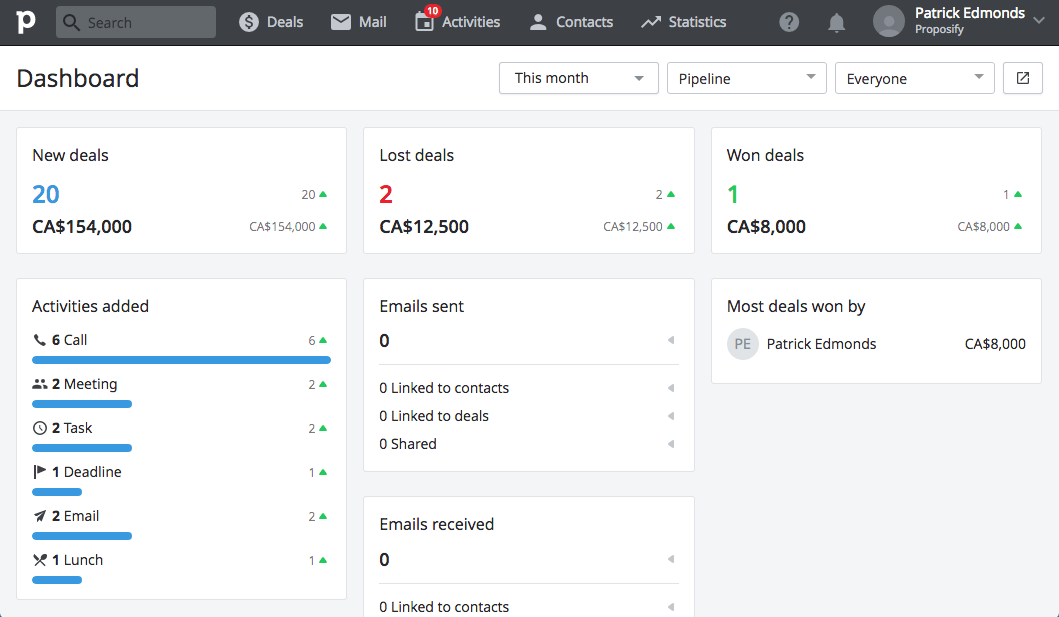
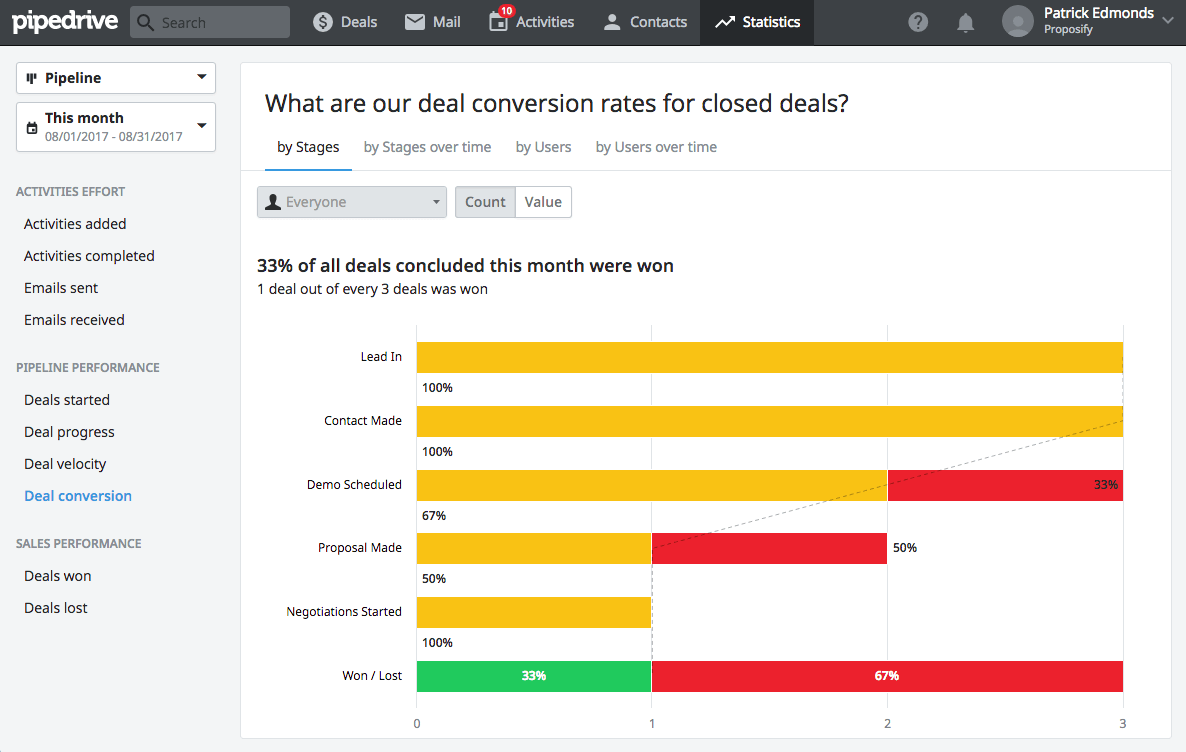
Integrations
Pipedrive lists over 90 integrations on their site including AirCall, Zapier, and Proposify.
Mobile apps
Pipedrive offers an iOS and Android app that allows you view your deals, contacts, add meeting and call notes, and has call tracking abilities.
Email delivery
Pipedrive does offer integrated email, but only on their “Gold” plan and higher. On their “Silver” plan they offer what they call “smart email BCC”. If you include the provided email address (i.e. customnamehere@pipedrivemail.com) in the BCC section of any email you send out, that email will be added to Pipedrive and linked to the associated contact. Any replies from your customers will need to be forwarded to the same universal BCC address. This seems like a major hassle, making the “Gold” plan necessary.
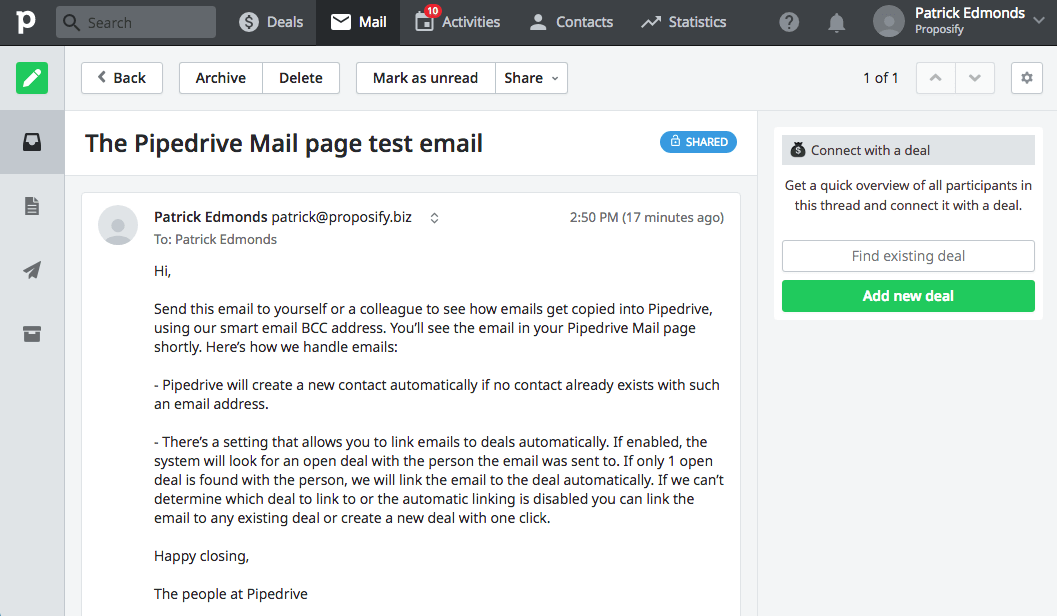
Phone call logging
The Pipedrive mobile app allows you to start your calls from inside Pipedrive, so you can log conversations, add notes to the relevant deal, and schedule a follow-up activity. The Aircall integration also lets you call prospects from your Aircall numbers and logs calls you make in Pipedrive.
SMS/Text
There are no native SMS or text features built into Pipedrive, but there are several integrations available to allow texting to your Pipedrive contacts.
Price/value
To get full value out of Pipedrive, the email sync would be necessary, making the “Gold” plan the lowest option. Even at that level, Pipedrive offers great value for a small sales team.
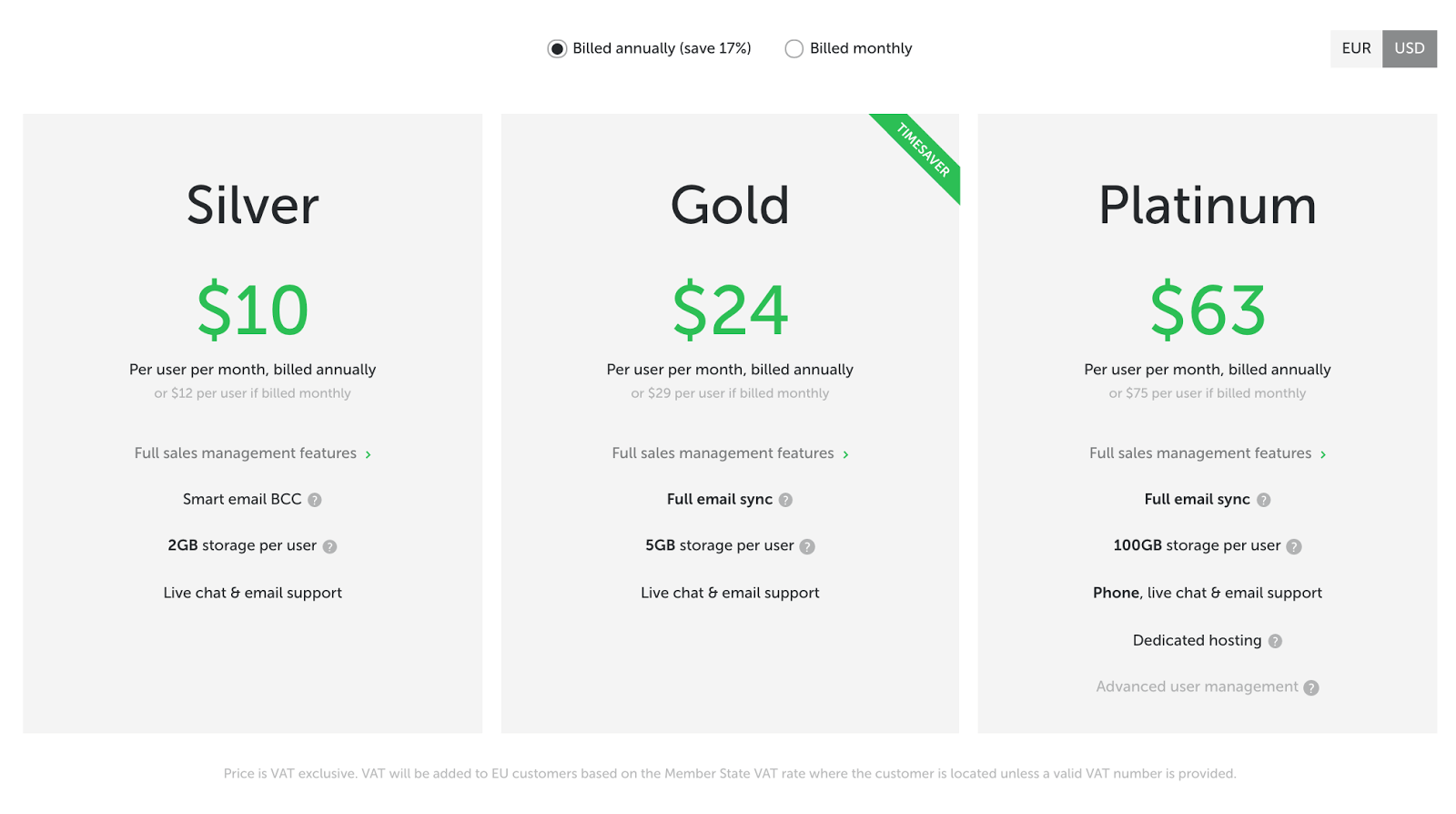
| Criteria | Score (1-5) |
|---|---|
| User experience | 5 |
| Adding/importing contacts | 5 |
| Deals/pipeline | 5 |
| Tasks, follow-ups, calendar | 4 |
| Tagging/search | 2 |
| Reporting | 3 |
| Integrations | 4 |
| Mobile apps | 4 |
| 4 | |
| Phone/VoIP | 4 |
| Text/Chat | 0 |
| Price/value | 4 |
Final score: 44/60
Bottom line:
Pipedrive has a great user interface, pipeline, and activity features. The biggest barrier for us would be the lack of SaaS/subscription deal pricing and reporting.
Salesforce
I am constantly amazed by how successful Salesforce is considering their lack of a single design bone in their collective body. The marketing website is atrocious - black text awkwardly laid on top of dark colours, overlaying windows on top of windows, lack of hierarchy, and complex navigation.
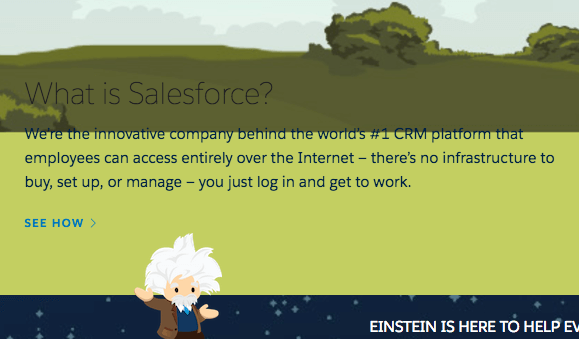
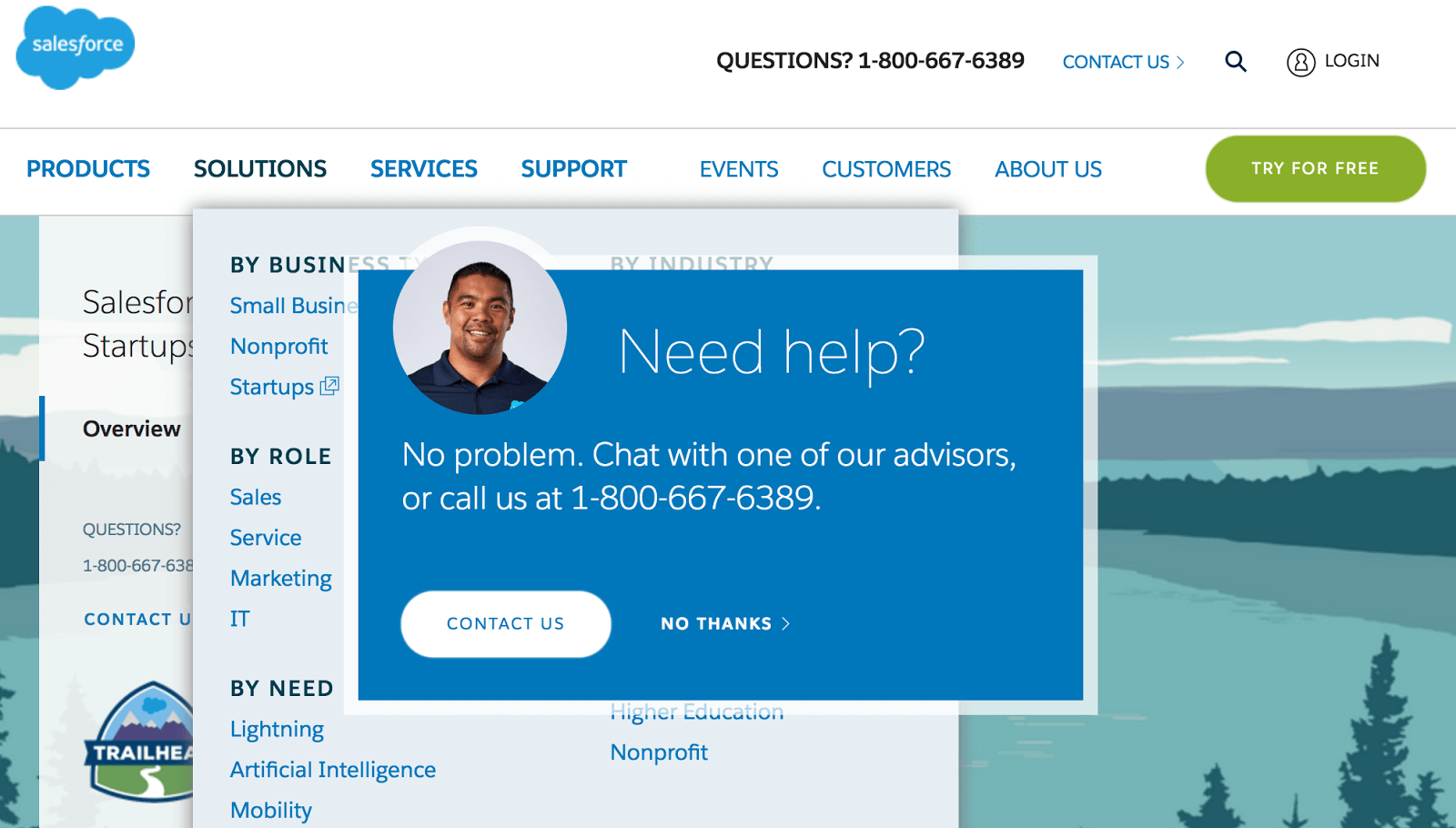
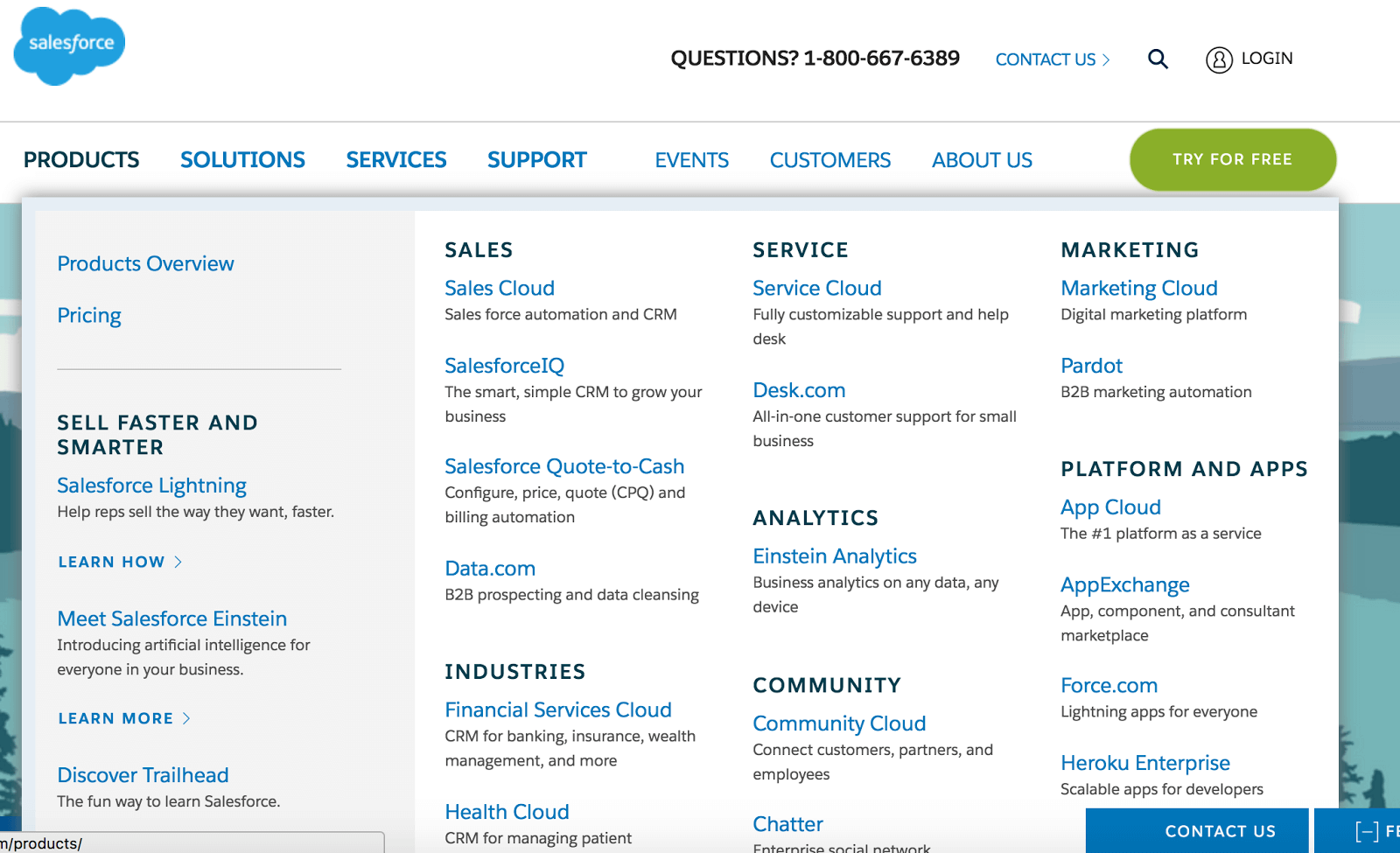
User experience
Unfortunately, Salesforce’s UI doesn’t get much better once you’re inside the product. You can customize a lot of what you see, but making the user do the work to create a palatable interface is not the best UX strategy, in my opinion.
Adding/importing contacts
Importing contacts was painful in Salesforce; the UI is confusing (it took me at least 10 seconds just to figure out where the import button was — hint: you need to click three times to get to it), and the obscure button labels (clicking “map” to tell Salesforce what field to use) was like pulling teeth. Finally, I couldn’t import the file because my sample data included just company names and no last name field.
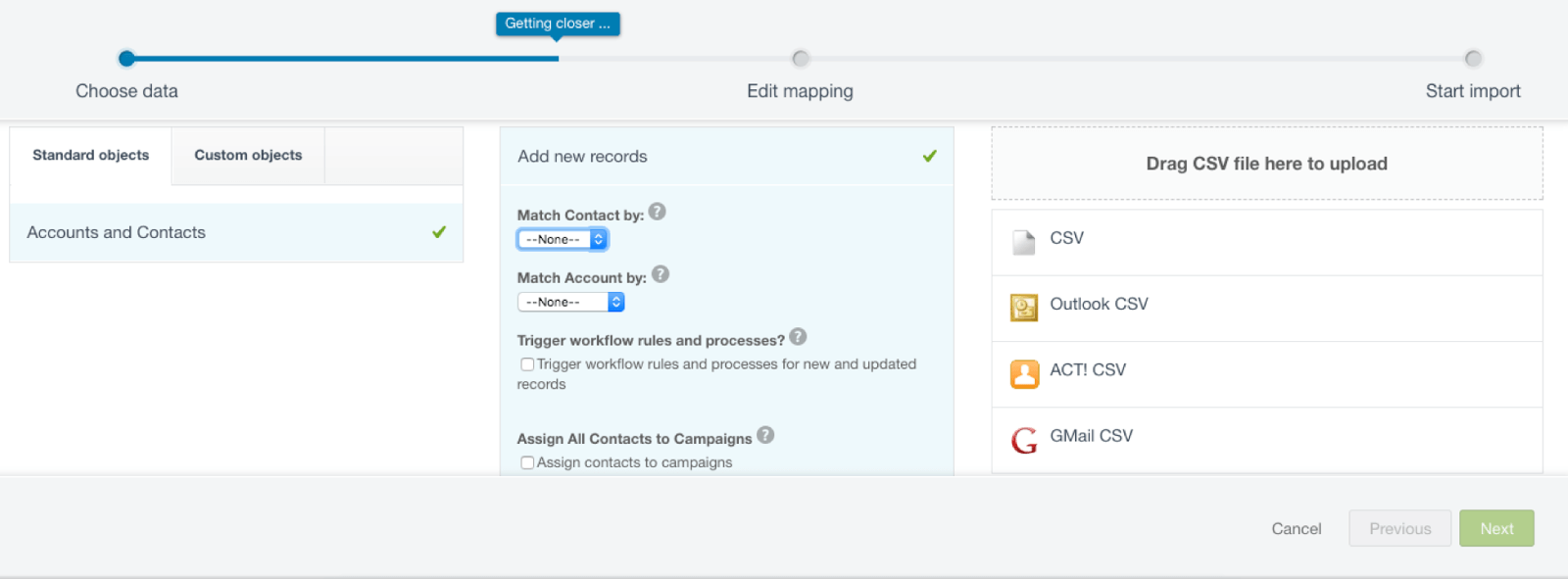
Deals/pipeline
The pipeline and opportunity tracking features in SalesForce are comprehensive; you can create multiple stages and filter by your own opportunities. You also have the ability to create your own views, allowing you to filter by industry or campaign, for example.
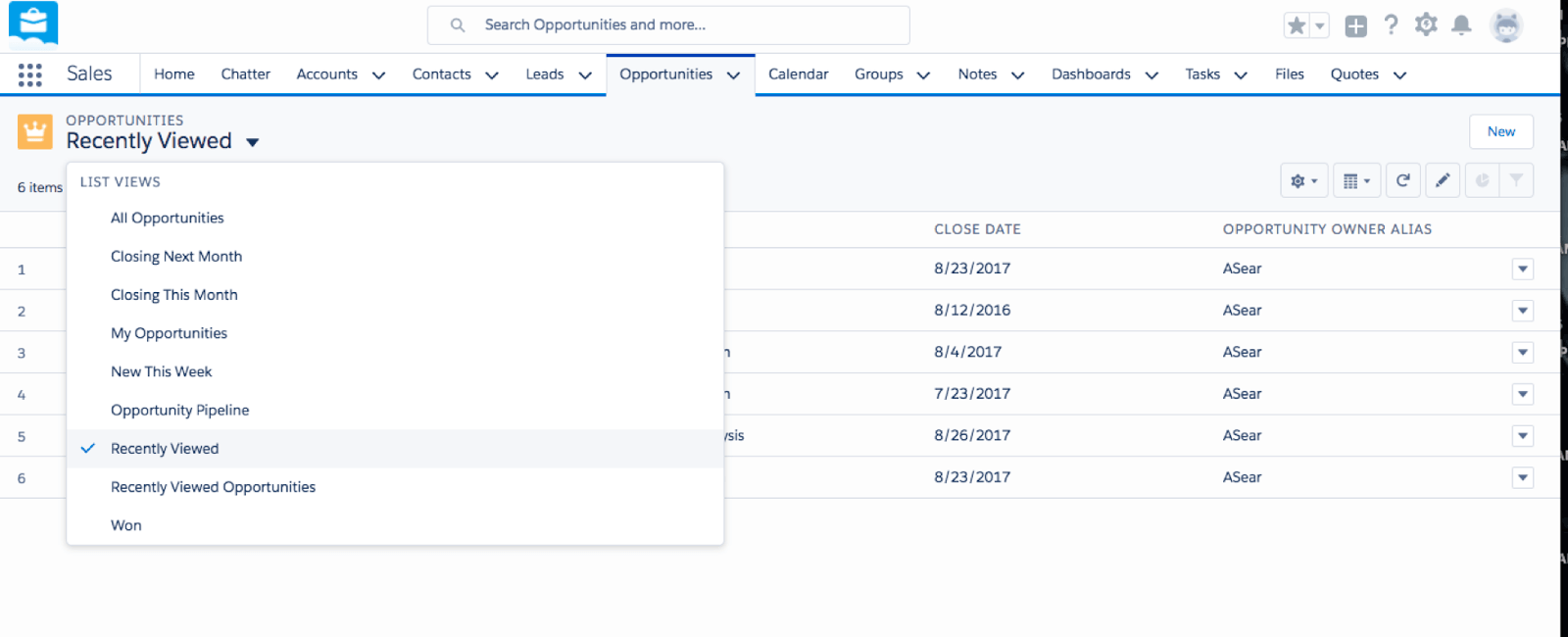
Salesforce also has a dashboard feature that gives you a quick look at either your team’s sales numbers or your own. The customization is endless, and the reports are useful. But, I couldn’t seem to use the kanban-style columns in my account, perhaps because I was on a trial?
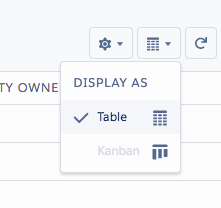
Tasks, follow-ups, calendar
Salesforce offers easy to use tasks, follow up, and calendar and you can add as much detail as you need. It’s nice to create a task and add it to the account vs. having to be in an account to create a task or add notes.
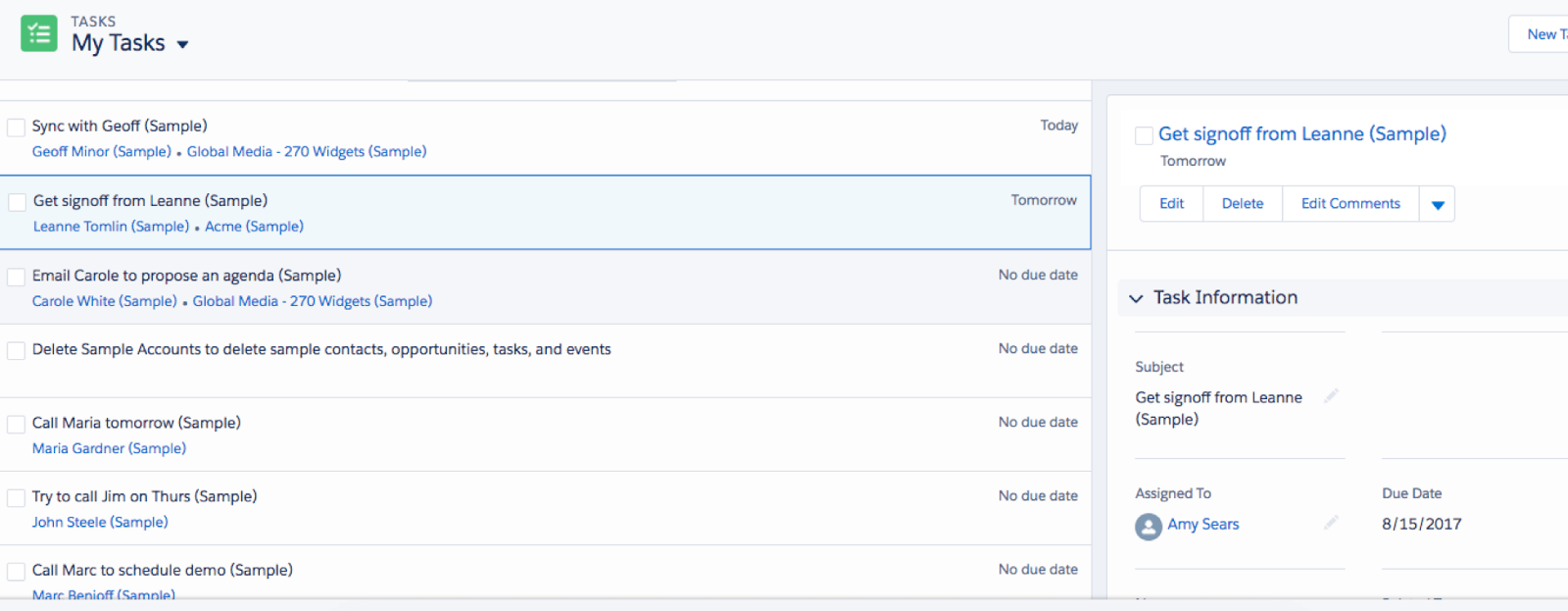
Tagging/search
You can add multiple tags in Salesforce, as well as tags that allow you to easily run any reports required.
Reporting
Reporting, unless integrated directly with your billing system, can only be as good as the salesperson that enters the value. Salesforce makes it easy to build your own custom reports and attach campaigns to it which is a nice feature. It will also calculate annual revenue when a monthly value is entered for accurate reporting
Integrations
Salesforce offers many integrations. It does integrate with Intercom (no API access required), Aircall, ChartMogul, and Proposify. There are many resources to help you through the integration setup process.
Mobile apps
Salesforce1 is the main app for the sales CRM. It’s simple to use and gives you access to accounts, reports, contacts, etc., and is available on both Android and Apple mobile devices.
Salesforce email integrates with your email, lets you send mass emails, and tracks who opened it and when.
Phone/VoIP
Salesforce offers a Phone/VoIP option as an extra fee ranging from $5 to $25USD. The premium package offers pretty cool features like click-to-dial functionality, direct dial from native dialpad, note-taking during calls, automatic call logs to related records, call history view, pre-recorded voicemail messages, call-list creation from leads, and contact list views.
SMS/Text
It doesn’t appear that you can send SMS through Salesforce, but there are likely online services that integrate with Saleforce to allow this.
Price/value
Salesforce CRM is $75 USD per user, which ranks it in the higher pricing tier, but Salesforce is also the leader in the market. With Salesforce, you get the extra confidence knowing that as your company grows, Salesforce can grow with you, giving you good long-term ROI.
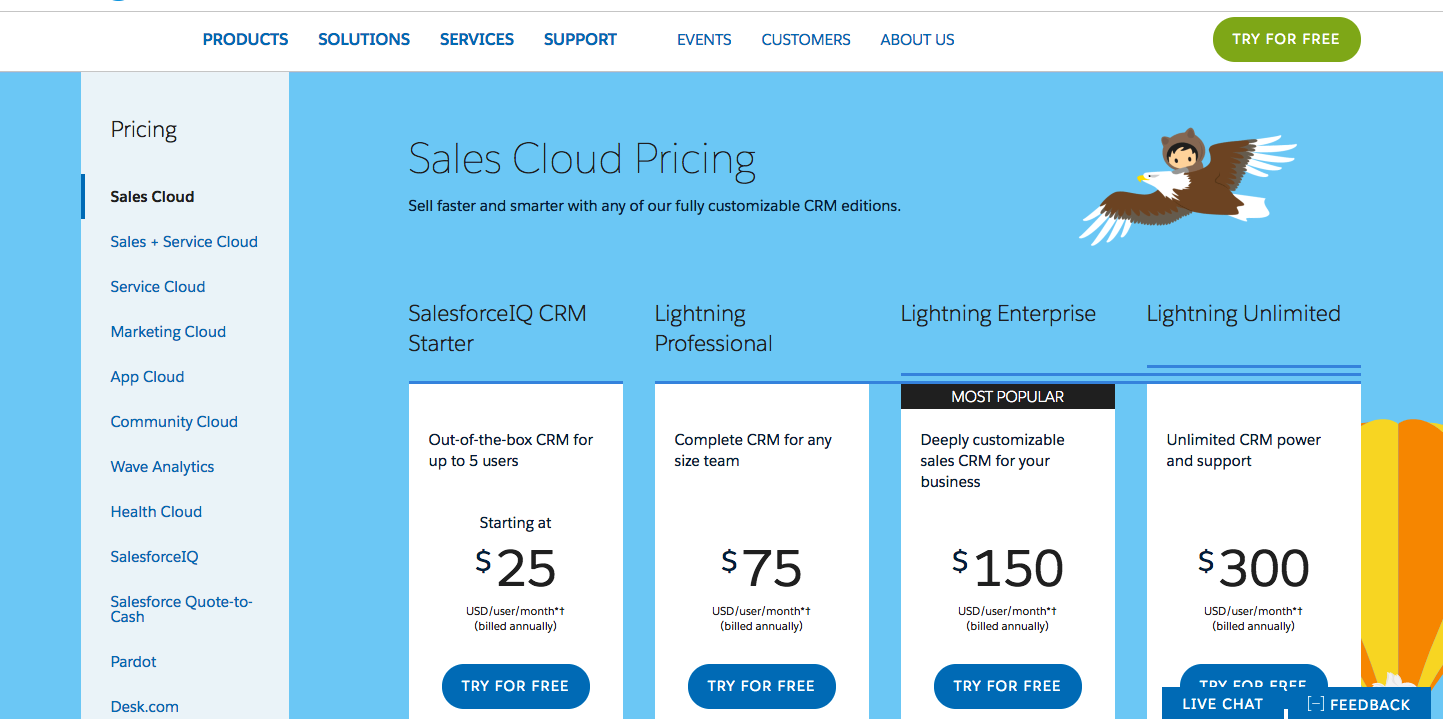
| Criteria | Score (1-5) |
|---|---|
| User experience | 0 |
| Adding/importing contacts | 2 |
| Deals/pipeline | 4 |
| Tasks, follow-ups, calendar | 5 |
| Tagging/search | 5 |
| Reporting | 5 |
| Integrations | 5 |
| Mobile apps | 5 |
| 5 | |
| Phone/VoIP | 5 |
| Text/SMS | 0 |
| Price/value | 3 |
Final score: 44/60
Bottom line:
There’s no question Salesforce is the undisputed champ of the CRM world in terms of size, power and ubiquity. We even had a whole podcast episode on how Salesforce can be used to create a system for startups. But is it the best tool for a small SaaS company like us? It’s expensive, complicated, clunky, and just plain ugly. I’m going to pass on Salesforce.
Zoho CRM
Marketing website
Zoho is more than just a CRM, calling themselves “the operating system for your business”. And their homepage is full of the 35+ apps that are included under that umbrella. With all of these apps, it doesn’t give them much opportunity to communicate exactly what they can do for your business.
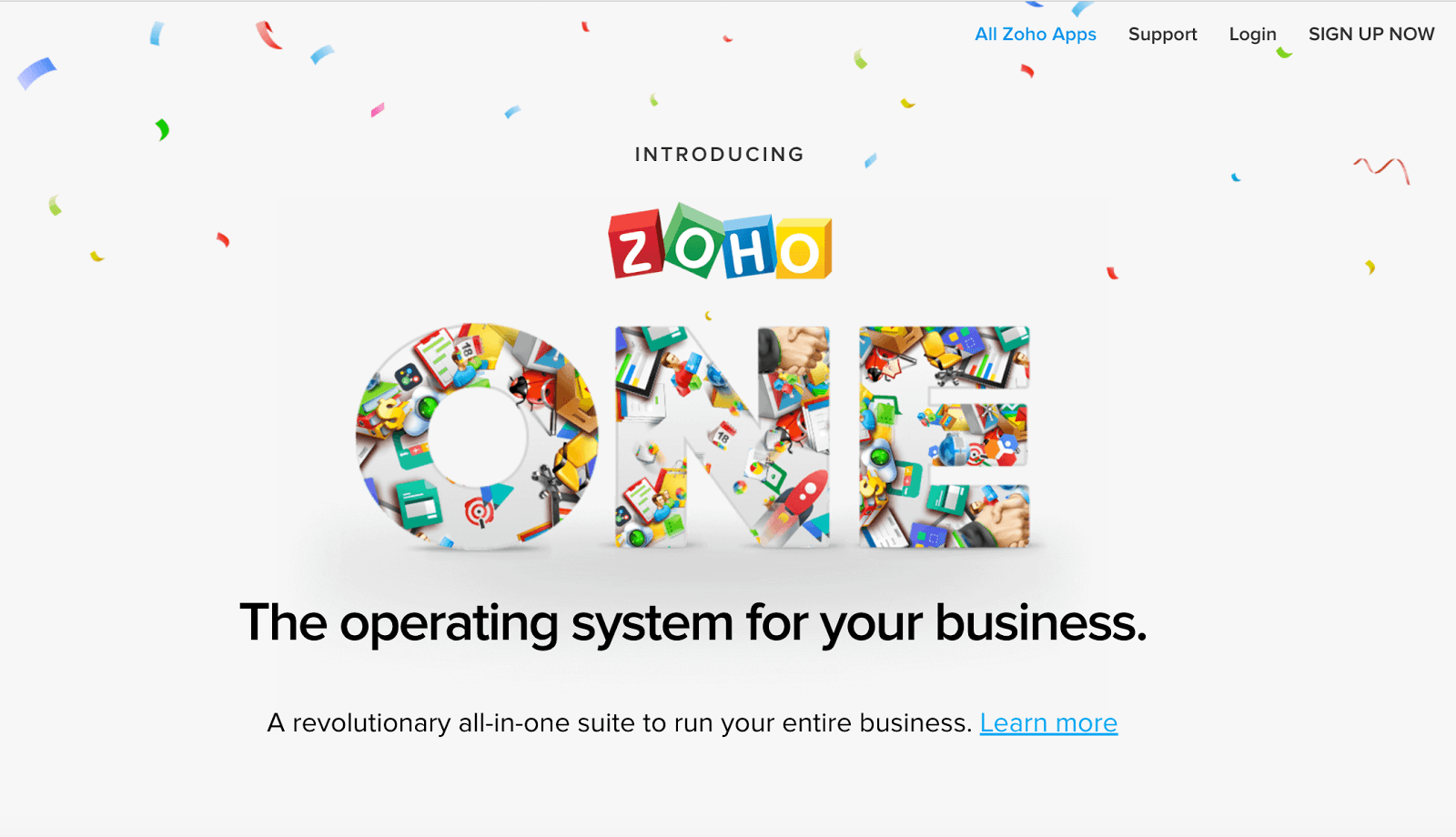
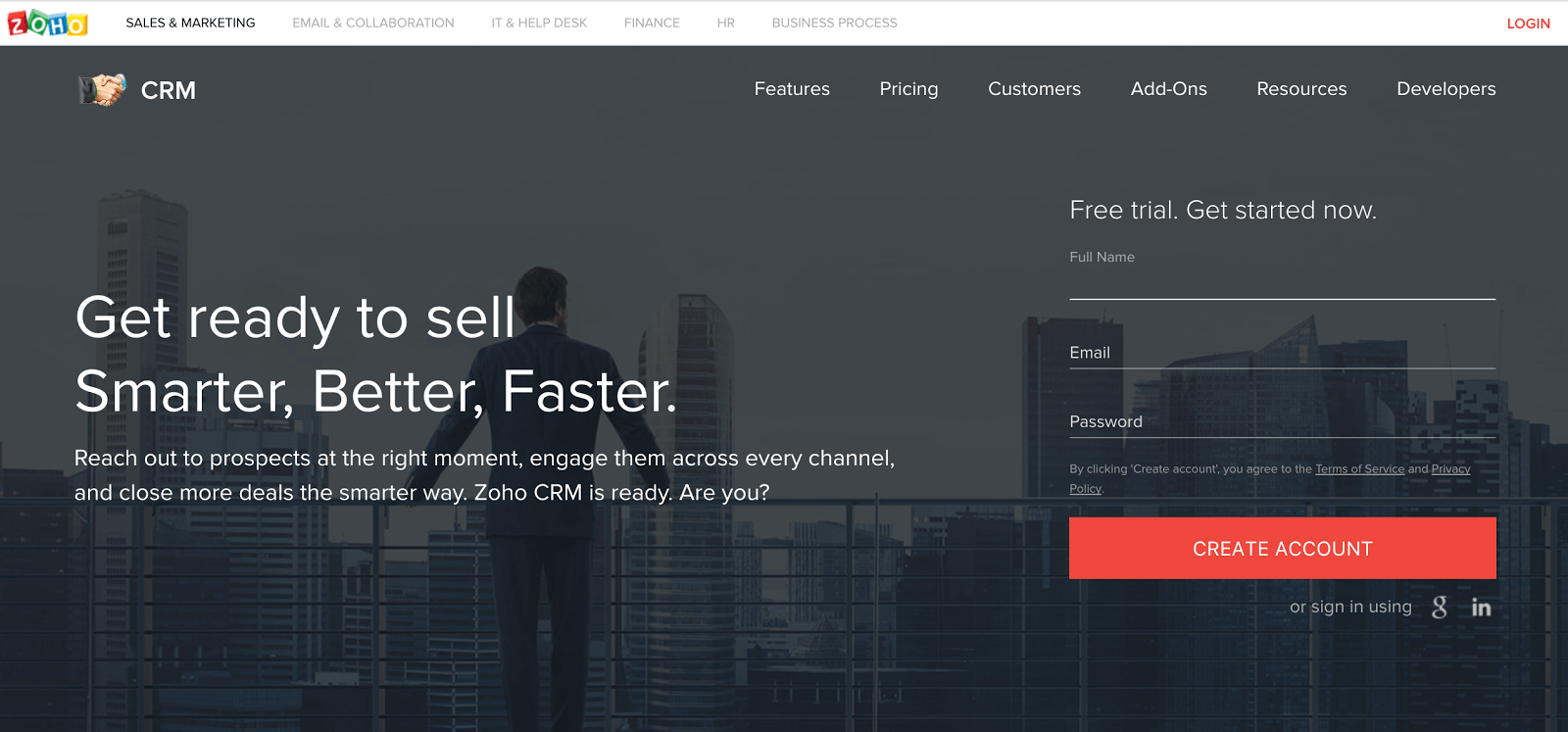
User interface
At first glance, Zoho’s interface is overwhelming. The top menu bar features nine different features with another sixteen hidden in the “...” selector. These tabs can be managed, with the most important features available within one click.
Zoho has a lot of features packed into their CRM, giving them the hard task of developing a streamlined interface. Over time I’m sure an experienced user would navigate through all of the screens no problem, but there certainly is a lot going on.
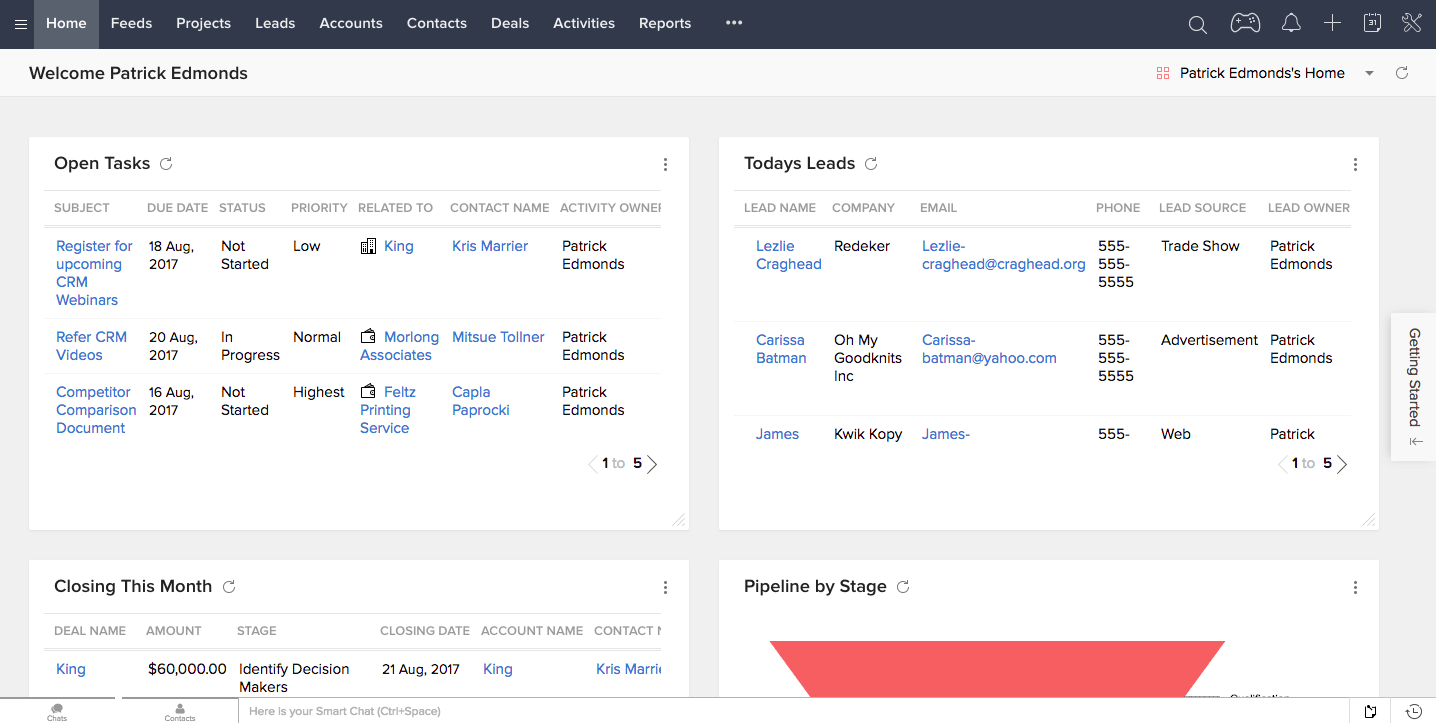
Adding/importing contacts
Zoho has a fairly standard bulk import contacts feature via CSV, allowing you to select which column matches which variable in their system. Duplicate records can either be updated or cloned. Once the import is complete, you are notified by email.
Deals/pipeline
The Zoho deals pipeline gives you a view of all of your deals by their stage, previewing the deal/contact name, the value of the deal, close date, and an icon for a task that may be associated with the deal.
You can drag and drop deals between the stages of your pipeline. One thing I didn’t like was how you had to horizontally scroll to see more than three or four stages of your pipeline at one time. I feel as though the UI could be improved to see more of your deals at once and get a better idea of your pipeline.
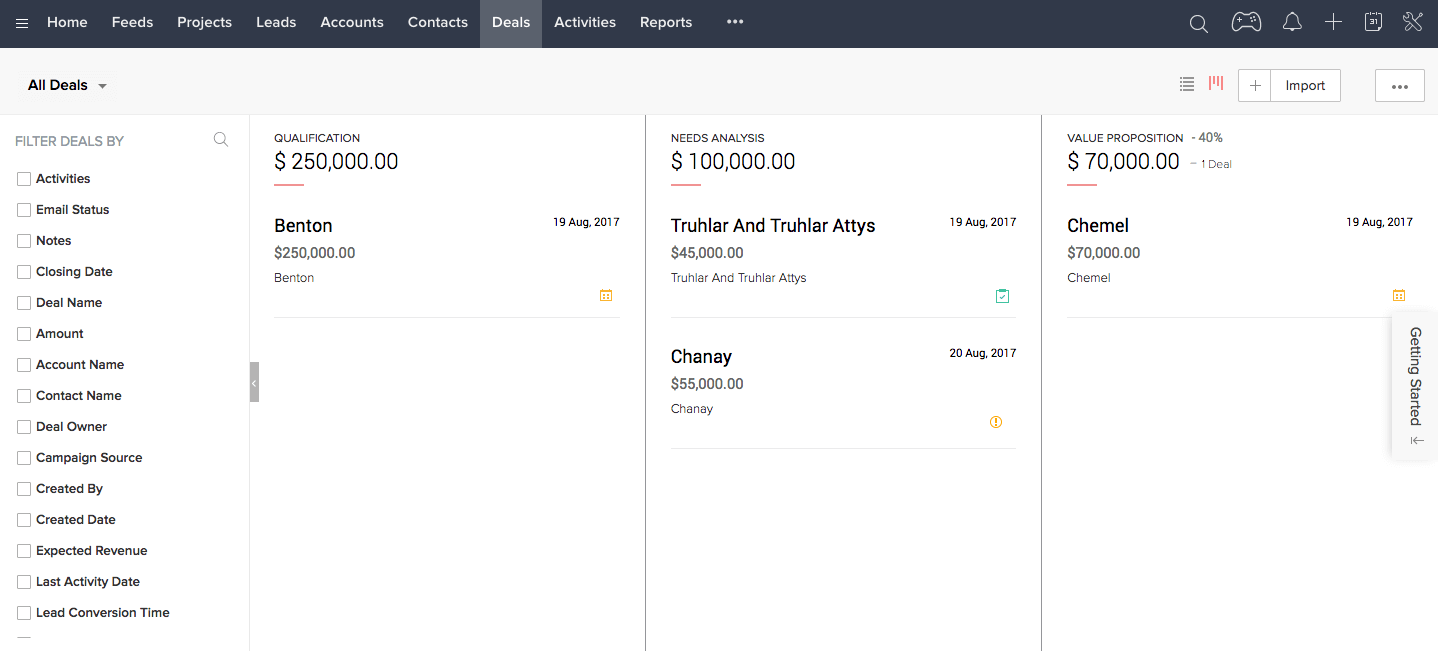
Tasks, follow-ups
The layout of tasks and activities in Zoho was one of my favourite parts of the CRM. Organizing tasks by contact types and providing a quick look of what the task is, and when it’s due makes it easy to organize daily priorities. Overdue tasks pop up on your screen, making sure you don’t miss an important call.
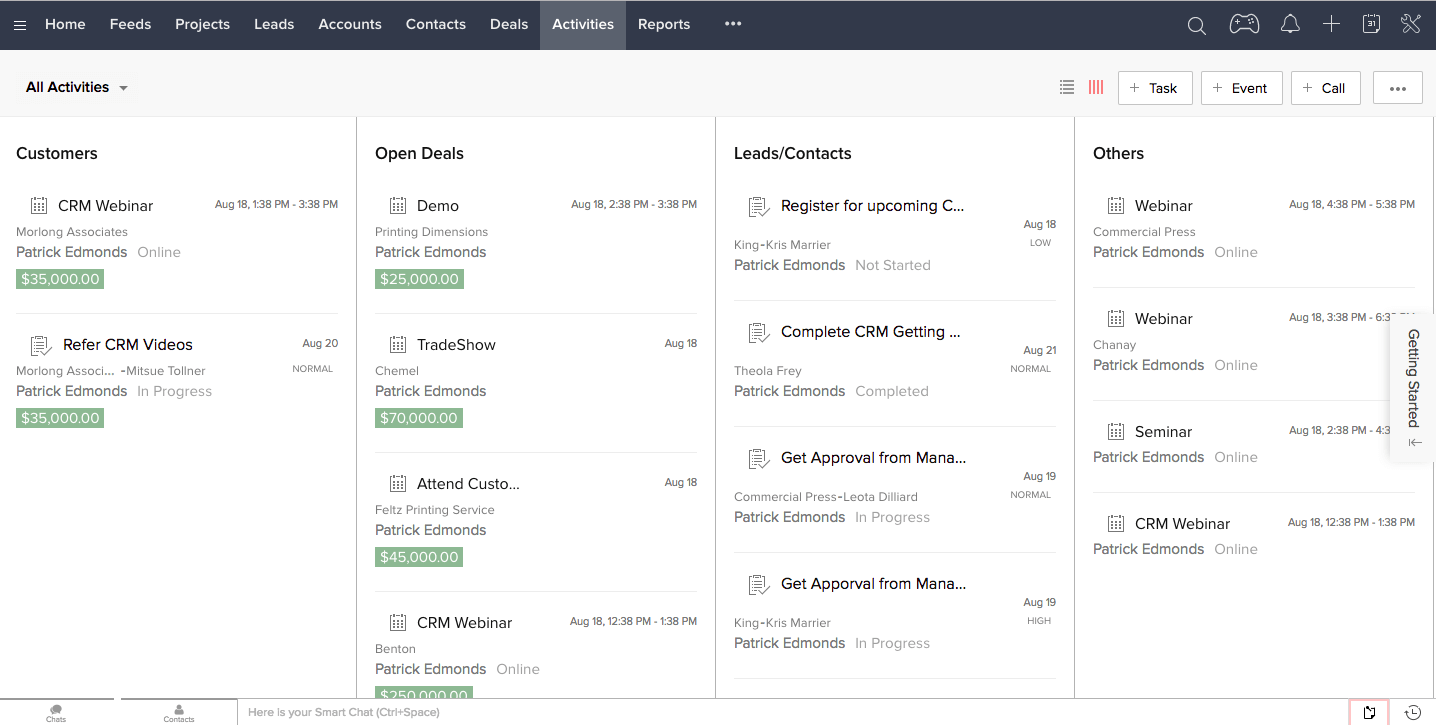
Tagging/search
Zoho doesn’t have a tagging feature for contacts. Similar to Pipedrive, they recommend that you set up custom fields in a similar way to traditional tagging. These custom fields have to be set up by an administrator ahead of time, likely to keep things organized and consistent.
Reporting
Like many of the other CRMs, Zoho doesn’t have an easy way to track and report recurring revenue for SaaS. The rest of their reporting platform appears to include most standard sales reports that you would want to pull.
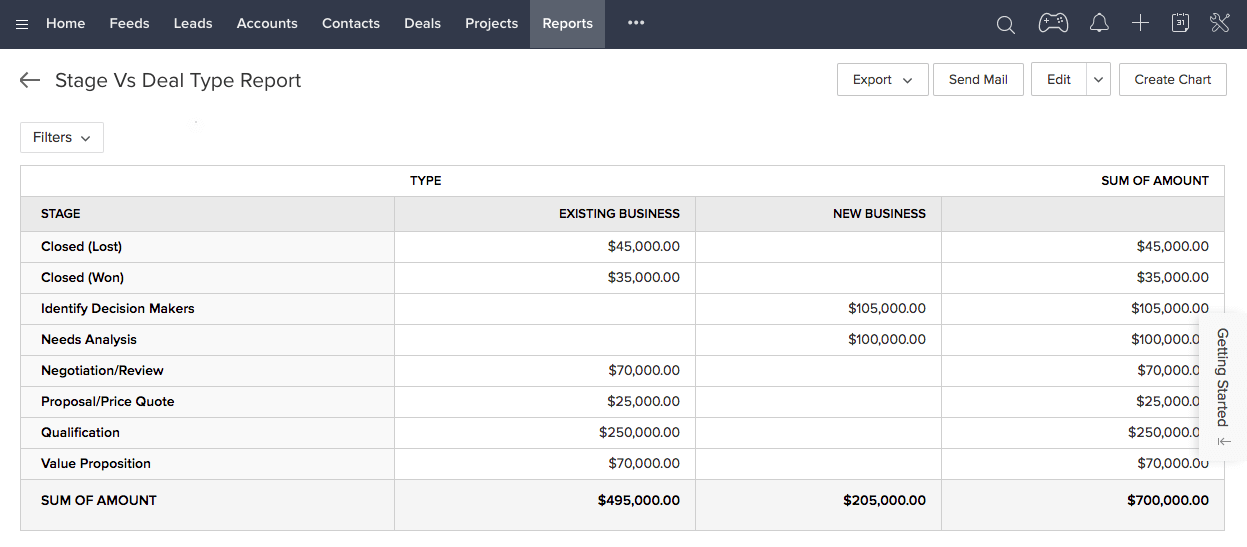
Integrations
Zoho list 68 integrations on their webpage, plus additional third party integrations. Both Aircall and Zapier list Zoho integrations on their respective sites, although there is no native integration between Zoho and Intercom.
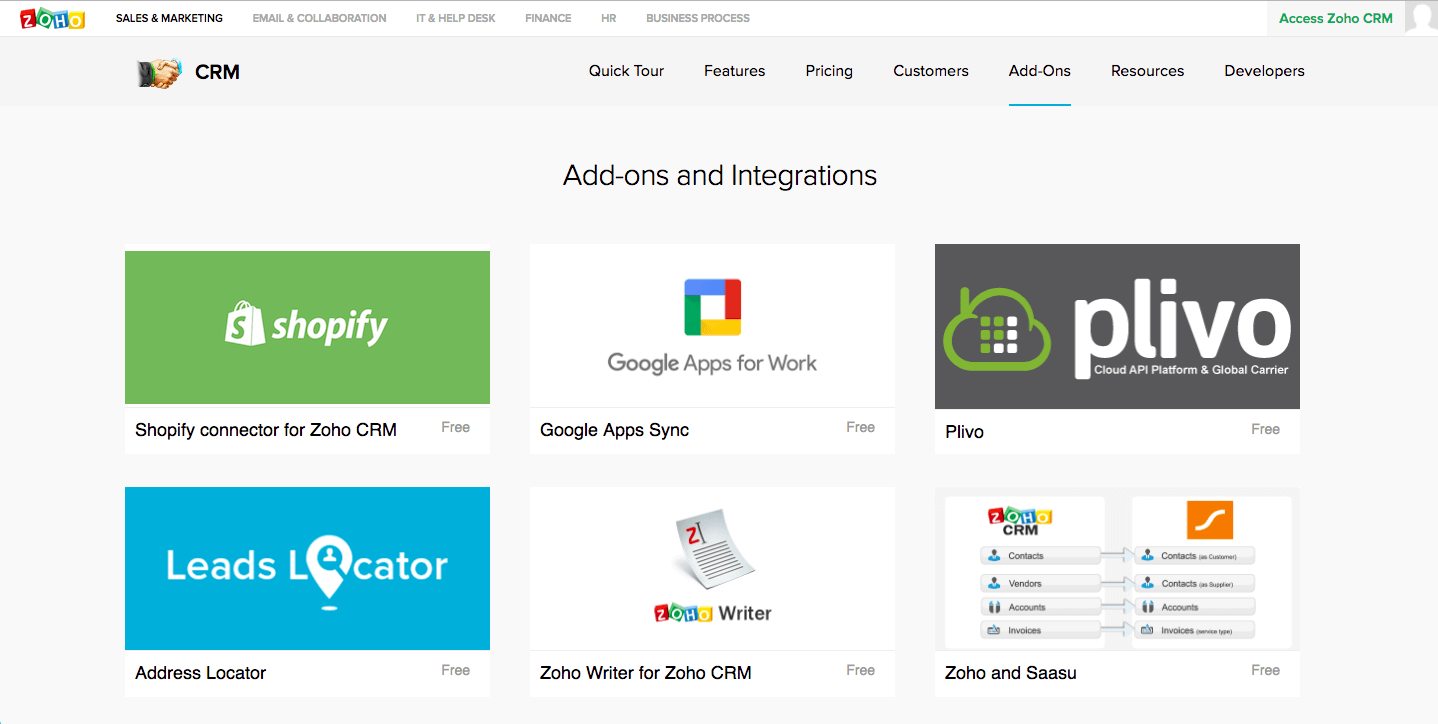
Mobile apps
Zoho CRM features both an iOS and Android app. The web app is not mobile responsive.

Email delivery
Zoho has a separate email inbox tool called SalesInbox that’s free to use with Zoho CRM on a “standard” subscription, or separately for $15/month to use with Salesforce. Since it is a Zoho product, all contact and deal information is synced between the two systems.
This is one of the more robust email offerings from a CRM, as it is a complete email client built with sales in mind. Native reminders, tasks, and deal stage sorting are great features that you don’t find with all email clients.
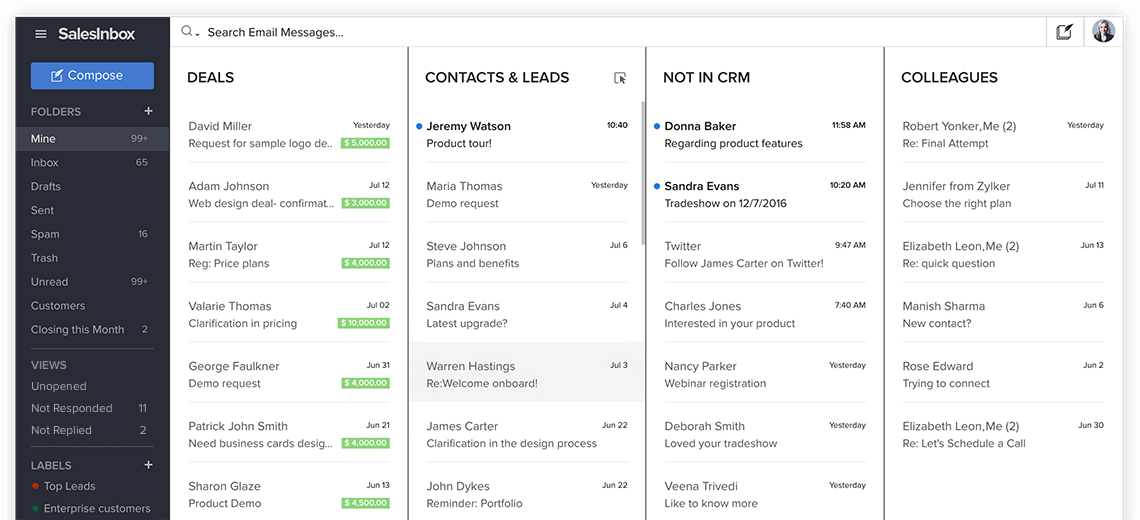
Phone call logging
Zoho’s PhoneBridge supports integrations with a number of different calling systems including AirCall. PhoneBridge allows you to manage calls from within Zoho, view contact information of the caller, track missed calls, and add a call description during calls.
SMS/Text
SMS features are available via third party extensions and add-ons.
Price/value
There are many additional features that differentiate Zoho CRMs various pricing plans. For us, the $20 Professional plan would be necessary, as it includes the email integration. Zoho’s larger plans also include some interesting features, such as their AI, and Blueprint automation, which could certainly be of value for a growing organization.
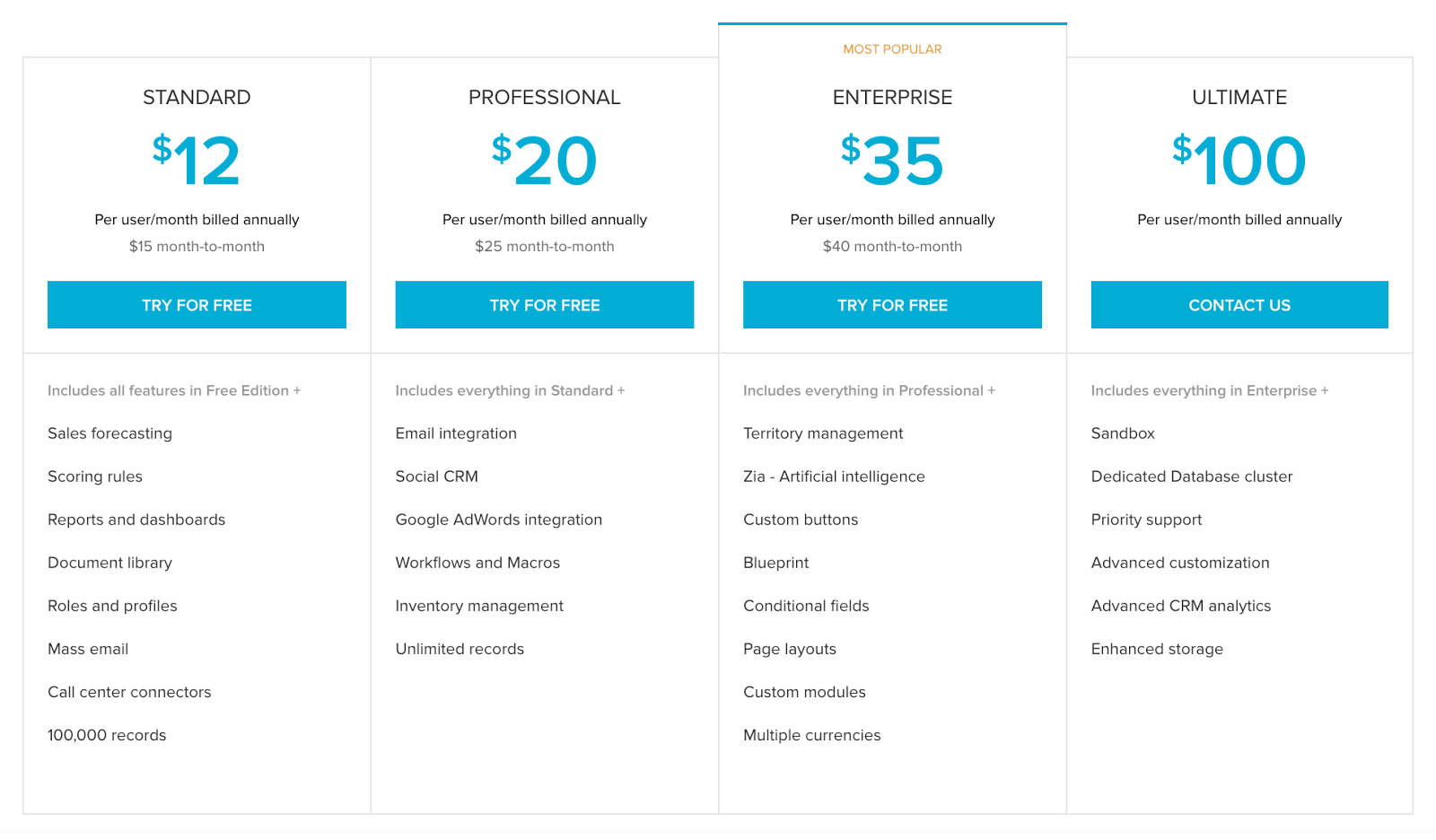
| Criteria | Score (1-5) |
|---|---|
| User experience | 3 |
| Adding/importing contacts | 4 |
| Deals/pipeline | 3 |
| Tasks, follow-ups, calendar | 5 |
| Tagging/search | 2 |
| Reporting | 2 |
| Integrations | 4 |
| Mobile apps | 4 |
| 5 | |
| Phone/VoIP | 4 |
| Text/SMS | 4 |
| Price/value | 4 |
Final score: 44/60
Bottom line:
Zoho has a lot of great features, but most aren’t necessary for us at this time. Like many of the other CRMs mentioned above, the lack of clear measurement for recurring revenue/SaaS is a big issue that makes it hard to choose a CRM like Zoho.
And the winner is…Close.io
Close.io feels like it was just made for us — an inside sales team at a scaling SaaS company. It offers virtually everything we want or need. Yes, it would be great to have a mobile app for on-the-go selling, but I respect that they decided to focus on their primary use case, and you can still track emails sent on your mobile device.
The pricing is also on the higher end, but this should be proof that the cheapest tool doesn’t win out in the end. If the value is there, a product targeted at a specific audience can be the most expensive and still win.
Second place: Nutshell
Nutshell really impressed me with its interface, ease-of-use, and robust features. It scored equally with Close.io.
Honourable mentions:
Salesforce, despite falling off the ugly tree and hitting every branch on the way down, is a powerful CRM. Pipedrive and Zoho also have a lot to like.

Co-founder and CEO of Proposify, and co-host of the Levership podcast. Outside of Proposify, he plays in the band Club Sunday, who put out their first LP in 2023 and enjoy playing live shows every chance they get. Follow him on LinkedIn.

